The Valamo Monastery is an Orthodox monastery in what used to be Finnish Karelia but is now part of Russia, located on Valamo, the largest island and part of an island archipelago of the same name in Lake Laatoka (Ladoga), itself the largest lake in Europe. The archipelago consists of some 50 islands with a land area of 36 square kms, the largest island is also called Valamo (the name is Finno-Ugric and means the high, mountain, ground) – and is best known as the site of the 14th century Valamo Monastery as well as for its natural beauty. The wonderful nature of Valaam, according to the words of hidrographer A.P. Andreev, “is unique in Europe: sheer rocks rasing high from the depths, little islands, capes, bays… Straits, lakes surrounded by thick plants and sullen granite rocks reflect everything in their azure, and tall coniferous trees complete the marvelous, magnificent picture.
One of Valaam’s legends says that long time ago, before the Finno-Ugric and later the Slavic peoples inhabiting the shores of Ladoga lake adopted Christianity, the islands used to be a huge site of pagan sacrifices. Having adopted Christianity in the 10th century, Russia maintained the monastic traditions both Egyptian and Byzantine. It is not clear when the monastery was founded. As the cloister is not mentioned in documents before the 16th century, different dates – from the 10th to the 15th centuries – have been expounded. According to one tradition, the monastery was founded by a 10th century Greek monk, Sergius, and his Karelian companion, Herman. Heikki Kirkinen inclines to date the foundation of the monastery to the 12th century. Contemporary historians consider even this date too early. As Valaam legend has it, at that time lived the Saints Sergius and German who founded the monastery. They came to the wild rocky island from the ‘eastern lands’, supposedly from Greece, after fleeing from Kiev where the Christian community was persecuted.
According to other sources, St. German was a local dweller, a Karelian. After St. Sergius’s death he led the monastic community. According to the Life of St. Avraamy, who preached in Rostov the Great and took the vows in Valaam, the Valaam monastery headed by a Abbot was established soon after the adoption of Christianity in Russia. According to the scholarly consensus, the monastery was founded at some point towards the end of the 14th century. John H. Lind and Michael C. Paul date the founding to between 1389 and 1393 based on various sources, including the “Tale of the Valamo Monastery,” a sixteenth century manuscript, which has the monastery founded during the archiepiscopate of Ioann II of Novgorod. Whatever the truth may be, the Valamo monastery was a northern outpost of Eastern Orthodoxy against the heathens and, later, an Eastern Orthodox outpost against Catholic Christianity from Tavastia, Savonia and (Swedish) Karelia. In the 12th century, the islands were a part of the Novgorod Republic. Located on the border of Novgorod-the-Great lands and Sweden, it was ravaged by the Swedes several times. The power struggles between the Russians and the Swedes pushed the border eastwards in the 16th century.
In 1578 the monastery was attacked and numerous Orthodox monks and novices were killed by the Lutheran Swedes. The monastery was desolate between 1611 and 1715 after another attack by the Swedes, the buildings being burnt to the ground and the Karelian border between Russia and Sweden being drawn through Lake Ladoga. In the 17th century, they were captured by Sweden during the Time of Troubles, but Russia reconquered them less than a century later. In the 18th century the monastery was magnificently restored, and in 1812 when the Grand Duchy of Finland was set up in the early 19th century as an autonomous part of the Russian Empire, Alexander I of Russia made Valamo a part of Finland. The cloister became famous for its hermits, spiritual successors of St. Sergius and St. German, who may be justly called the Synod of Valaam Saints, among them: St. Avraamy, monk Genady, one of the founders of the monastery on the Sheksna, and St. Kornily Paleostrovsky, the founder of a cloister at Lake Onega.
According to the Nishtadsky peace agreement of 1721, Western Karelia was returned to Russia. In 1715, the Tsar Peter I ordered the reconstruction of the Valaam Monastery. Despite ups and downs, the Monastery slowly grew and thanks to the efforts of one of the Hierarchs, the metropolitan of Novgorod and St. Petersburg Gavriil (Petrov), the Valaam cloister was headed by hieromonk Nazary (Kondratiev, 1735-1809), an elder from the Sarov Hermitage which was famous for the good organization of monastic life. He introduced the Sarov Rule in Valaam and rearranged the life of the cloister. The Rule controls all aspects of the monks’ life and the conduct of services. The strictness of the Rule may be attributed to the fact that it is very difficult to keep the monastic vows without certain restrictions. Keep spiritual and corporeal silence, ‘consider yourselves and condemn yourselves’, taught Father Nazary to his disciples. It was forbidden to take any donations or any monastery property, drink alcohol, leave the cloister, receive secular visitors, or correspond with them without prior consent. Long services started at 4 p.m., then again at midnight. Vespers were traditionally served all night long. In the time of Father Nazary, traditional forms of communal and anchoretic monastic life were established in Valaam. There were usually up to ten or fifteen monks living in a skete, the skete rule being stricter. The present-day monks in their life and especially their services follow the main points of the Sarov-Valaam rule.
The climate and natural history of the island are unique because of its position on Lake Ladoga. Spring begins at the end of March and a typical summer on Valamo consists of 30-35 sunny days, which is rather more than on the mainland. The average temperature in July is 17 °C. The winter and snow arrive in early December. In the middle of February the ice road to the nearest city of Sortavala (42 km) is traversable. The average temperature in February is minus 8 °C. More than 480 species of the plants grow on the island, many of which have been cultivated by monks. The island is covered by coniferous woods, about 65% of which are pine. The island was formerly visited repeatedly by Emperors Alexander I, Alexander II, and other members of the Tsarist imperial family. Other famous visitors include Tchaikovsky and Mendeleyev.
The island is permanently inhabited by monks and families. In 1999, there were about 600 residents on the main island; including restoration workers, guides and monks. In 1917, Valamo became a part of newly independent Finland. The year 1918 was one of the hardest for the monastery because of hunger and the confiscation of monastery property by Finnish troops. Thirty monks died, more than five hundred left the island. In November 1918, the monastery was taken over by the Finnish Orthodox Church, which had become independent and an autonomous Church under the Orthodox Church of Constantinople (it had been a part of the Russian Orthodox Church). Under the complex political circumstances, in order not to seem “pro-Russian”, the Finnish Church urged reforms.
In September 1925 the liturgical language was changed from Church Slavonic to Finnish as a result of demands from Bishop German (Aav), a former Estonian priest, who headed the Finnish Orthodox Church. The liturgical calendar was changed from the Julian to the Gregorian calendar. These changes led to bitter decade-long disputes within the monastic community of Valamo and were not recognized by the Orthodox. A large part of the brethren, observant of the Russian Orthodox canons, refused to serve under Bishop German or the Greek Orthodox Church Metropolitan Hermanos. Persecutions followed. Some monks returned to the USSR to meet almost certain death, some left for Serbia. Other banished monks brought the traditions of Valamo to various countries of the world: France, the USA, Morocco, Germany. Father losif, Dather Mikhail, and Father Ieronim were retired from their posts and left for outer sketes.
Monks who followed the old calendar style gathered and held services in a pottery workshop, which became their Church. The sorrowful separation of the brethren lasted until 1946. By 1925 there were about four hundred people in the cloister, among them seventy hieromonks and forty hierodeacons. There were about a hundred hired workers to do the forestry work (Finnish Orthodox Karelians used to have a tradition of going to Valamo before marriage in order to pray and to work for the benefit of the monastery). Twenty-five women-pilgrims settled on the island and formed their own monastic community, worked in the garden and looked after the laundry.
In the 1880’s, the Abbot, Father Ionafan had built a model mechanized farm with seventy head of cattle, six kilometres to the West of the monastery. The cow-shed provided a separate room for each cow, built with regard for facilitating access to the hay-loft. Cattle-feed was delivered by rail-road. Water was piped in. There was also a fish-breeding facility with clay breeding boxes, which were also made at the monastery. Archimandrite Afanasy (Nechajev) wrote about labour in Valaam: ‘The main principle of penance on Valaam is doing everything by one’s own hands. It accounts for the large number of crafts and work-shops: tannery, metal-working, harness-making, sewing, pottery, brick-making, cooperage, carpentry, etc. Some monks work in their cells making boxes decorated with poker-work showing the views of Valaam, paint icons, pictures, cut spoons. During the work, the Hagiography is read in the workshop to prevent idle talking. The gardens and orchards (more than six hundred trees) yielded large quantities of crops. There were at least fifty different varieties of apples, with the total crop of fifty tons per harvest. The brethren had as much as eighty kilograms of fresh berries for dinner: currants, gooseberries, raspberries. Eight-kilo water-melons were to be seen, three-kilo melons, thirty-three-kilo pumpkins grew in the monastery green-houses.
In Sergievsky and Germanovsky sketes high-quality granite was cut and shipped to St. Petersburg. “The highest goal is spiritual growth, and labour is but a means”, wrote father Afanasy. “Then the religious aspirations and prayers are happily combined with work”. In Lutheran Finland, Valamo was the light of Orthodoxy. Every year it held meetings of clergy from the thirty-five Finnish Orthodox parishes, in 1926 the delegates of Baltic choir communities stayed in the monastery for three days, the monastery published its magazine ‘Daybreak’, as well as books. In 1926, Hieromonk Isaaky started holding regular services in Finnish in the Cathedral of Peter and Paul. There was a boarding school for thirty poor boys, and a school for Karelian boys. In the 1930s, under the supervision of Hieromonk Dosifey, the boys participated in some restoration work as well as in icon-painting. In two churches the Psalter was read continuously with prayers for the dead and the living.
In the 1920s and 1930s Valamo was visited by such writers as B.K. Zaitsev (March, 1935), M.A. Janson, A.V Amfiteatrov, E.N. Chirikov, A.N. Tolstoi. Prince Aleksey Meschersky took vows here and was later buried at the Old Brethren cemetery. Valamo remained a centre of the Russian diaspora until the Russo-Finnish Winter War of 1939-1940. Valamo Monastery was the scene of fierce fighting during the Winter War. The territory was fought over heavily in the early stages of the Winter War. The most destructive attacks were the bombings of the 2nd and 4th of February 1940, when Valamo was attacked by three raids of seventy planes. The monastery could have been razed to the ground. However, the damage was not as serious as it could have been. Finnish officers talked about that with amazement, concluding that either Soviet pilots had felt pity for such a beauty, or St. Sergius and St. German had protected their cloister (more likely, they were just poor pilots and bomb aimers). The monastery was evacuated in early 1940, when 150 monks were temporarily settled in Heinävesi (as were Monks from the Konevitsa and Petsamo monasteries together with a small number of monks from Eastern Karelia who had survived the Soviet regime and who were moved to Heinävesi during the war as a safety measure). The community at the New Valamo Monastery in Heinävesi still exists – many of the evacuated monks choosing to remain there after the war.
Subsequently through WW2, the Valamo area remained heavily fortified by the Finns, with also a large Finnish Air Force air base nearby at Sortavala. From 1941 to 1944, during the Continuation War, an attempt was made to restore the monastery buildings at Old Valaam, but this ended when the area was handed over to Soviet control. The Old Valaam was then destined for many years of oblivion and gradual decay. In 1949 it became a state farm, from 1952 till 1984 – a boarding house for disabled soldiers and elderly people, and the Resurrection skete housed a tourist base. Over a couple of decades the Soviet Union destroyed what had been created over centuries. The monastery buildings did not have even formal state protection. “The stone sketes were torn down for the sake of bricks, and the wooden ones were used as easily accessible fire-wood”, writes a contemporary writer. Konevsky, Ilyinsky, Tikh-vinsky sketes, as well as Nazarievsky Hermitage and all the wooden chapels on the islands (about twenty) perished. The last chapel, Pokrovskaja, burnt down in 1982, but later, like Vladimirskaja, was erected anew.
The profanation of the sacred place ruined the souls of those living on the island after 1949, probably the first non-monastery people to live here in several centuries of Valaam history, except for the time of the Swedish occupation. As Abbot Andronik (Trubatchev), the Prior of the Valamo Monastery since 1990 noted, for the first time the source of destruction was not “wars between countries, but the devastation of one’s own nest, self-ruining and self-extermination”. Of no help either was the establishing of museums on the island: a natural reserve in 1965 and historical and architectural reserve in 1979. Tourist attraction sites were being designed at that time with an aerial rope-way, an airport, and a new settlement for 1,000 people. It would have killed Valaam, but luckily, those plans were never realized. However, with the collapse of the Soviet Union, the original Valaam Monastery was bequeathed back to the Orthodox Church in 1989, since when it has been enjoying the personal patronage of Patriarch Alexey II, who frequented the cloister when a child.
On September 18,1989, the Council of Ministers of Karelia decided to grant Leningrad eparchy the right of using the cathedral with the inner square of buildings and the nearest sketes, except for Resurrection and Geth-semane sketes. The date when the revival of the Valaam Monastery began is well – known. On December 14, 1989, four hieromonks and two novices were the first of the present Monastery brethren to set their feet upon the snow-covered shores of the Great Nikon Harbour, almost 50 years after the last monks had left the Cloister. This day has been established as a festival at the Monastery ever since. Soon, the services were resumed in the lower church of Sts. Sergius and German which had been used as a food warehouse. In April, 1990 and in 1991, the Supreme Soviet of Karelia decided to return all clerical and administrative buildings to the monastery. On June 11-12, 1992, the day of memory of Sts. Sergius and German, Russian president B. Yeltsin visited the cloister as a guest of the Patriarch, and here he signed a decree granting Valaam special status. The cathedrals and churches were now the property of the monastery.
Over the last 25 years, the monastery, whose buildings have been meticulously restored, has gained significant legal power over the island, in a push to return to a state of spiritual seclusion. After years of fruitless legal proceedings with the monastery, many residents of the island chose to leave, though a few still remain. The present Father Superior of the community is Bishop Pankraty (Zherdev) of Troitsk. There are now about 160 men of the brethren in the Cloister today, living in the Central Part of the Valaam Monastery and in the sketes on the surrounding islands of the archipelago. On Valaam and on the nearest islands the brethren live and carry out various duties at the farm of the Monastery and in the sketes: in the St. Nicholas skete, the All Saints skete, the Alexander Svirsky skete, the Prophet Elijah skete, the Sergy of Valamo skete, the Gethsemane skete, the Konevitsa skete, the Smolensky skete and in the Avraam of Rostov skete. In the 21st century a new skete has already been built –Vladimersky skete. Nowdays there is a monastic life there.
The fact that the Monastery is located on islands results in the brethren running a rather large economy: their own inland water transport, a small vehicle fleet – cars and agricultural machinery, the farm, the stable, the smithy, the workshops, their own gardens, where about 60 sorts of apple trees grow. There is also a bakery and the dairy processing plant, where the brethren of the Valamo Monastery do what they can do to help the local population. The brethren of the Cloister together with monastery workers, pilgrims and volunteers carry out various duties in different departments: in the department of the Protopope, in the department of the hotel service, in the department of the Provisor, in the sacristy, in the missionary department, in the library and in the warehouse.
Life in Valamo Monastery today
The date when the revival of the Valaam Monastery began is well – known. On December 14, 1989, four hieromonks and two novices were the first of the present Monastery brethren to set their feet upon the snow-covered shores of the Great Nikon Harbour, almost 50 years after the last monks had left the Cloister. This day has been established as a festival here ever since. Annually on December 14 a thanksgiving service is held in front of the Shrine of Saint Sergius and Herman of Valaam, and the Father Superior addresses a pastoral message to the brethren. There is no need to describe, what the once famous Monastery, then devastated, looked like, when the newcomers came there. It was hard to arrange the monastic life. The neighbours of the monks were not just unchurched persons, but people who had been forced to turn away from belief in God for many decades. During divine services music was quite often thundering and cries were resounding outside the Cathedral.
But the warmth of the brethren’s prayer gradually overcame all obstacles, by the grace of God the Valaam churches were being restored and the monastic life was being resumed. So in the anniversary year, 2009, in a new period for the Cloister, on December 14, in front of the Shrine of Saint Sergius and Herman, the Valaam Miracle-Workers the Father Superior Pancraty announced the end of the restoration works in his speech dedicated to the 20th anniversary of the revival of monkhood and 200th anniversary of the death of the Father Superior Nazary. Approximately from that time much more attention was paid to spiritual values, for the sake of which monasteries exist. The routine life of the Monastery founded on the base of Typikon and Valaam monastic rules, using the life experience of the best Svyatogorsky cloisters, which cherish patristic monastic commandments.
On weekdays at five o’clock in the morning rhythmical knocks of a wooden beater call for the Midnight Office, which begins at 5.00 a.m. in the morning in the church of Saint Sergius and Herman (in summer it served in the upper church of the Saviour-Transfiguration Cathedral). Then Matins, the Canonical Hours and the Divine Liturgy are celebrated. After a prayer in common the brethren go to work and gather together again in the church at 5.00 p.m., when Vespers and Compline with three Canons and Acathistus are served. Supper follows by the end of a divine service in the brothers’ refectory. And then the brethren go to their monastic cells to read, to pray and to rest. On the eve of an All-night vigil (on Sundays and feast days) all work at the Monastery ends by dinner time (at 1.00 p.m.), and after short rest and keeping silence in monastic cells coenobites and guests go to the All-night vigil at 7 o’clock in the evening. At 9.00 a.m. the Third Hour and the Sixth Hour are served. After The Divine Liturgy are celebrated, and at the end of it – a festal meal.
Since 1990 the Monastery has been a stauropegic Orthodox monastery. His Holiness of Moscow and All Russia Patriarch is the Superior Father of it. His Holiness Patriarch annually celebrates the Memorial Day of Saint Sergius and Herman, the Valaam Miracle-Workers, serving a solemn Divine Service in the Saviour-Transfiguration Cathedral. During his visit to the Valaam Monastery His Holiness acquaints himself with a monastic and skete life in detail. There are about 160 men of the brethren in the Cloister today, 60 of them live at the Central Part of the Valaam Monastery and in the sketes, and about one hundred work at Metochions in Moscow, S.–Petersburg, Sortavalo, Priozersk and in other places. On Valaam and on the nearest islands the brethren also live and carry out various duties at the farm of the Monastery and in the sketes: in the St. Nicholas skete, the All Saints skete, the Alexander Svirsky skete, the Prophet Elijah, the Sergy of Valaam skete, the Gethsemane skete, the Konevitsa skete, the Smolensky skete and in the Avraam of Rostov skete.
In the 21st century a new skete has already been built –Vladimersky skete. Nowdays there is a monastic life there. The fact, that the Monastery is located on islands impells the brethren to run rather large economy: own inland water transport, the vehicle fleet – cars and agricultural machinery, the farm, the stable, the smithy, the workshops, own gardens, where about 60 sorts of apple trees grow. There are the bakery, the mini dairy processing plant, thanks to that the brethren of the Valaam Monastery do what they can do to help the local population. The brethren of the Cloister together with monastery workers, pilgrims and volunteers carry out various duties in different departments: in the department of the Protopope, in the department of the hotel service, in the department of the Provisor, in the sacristy, in the missionary department, in the library and in the warehouse.
The Pilgrimage service of the Monastery carries out reception of pilgrims, monastery workers and volunteers mainly in a period of navigation from May to October. The beginning of the navigation is preceded with “the Crucession on water” from the Central Part of the Monastery to the Skete of St. Nicholas on the day of the translation of the relics of St. Nicholas, the Miracle –Worker on May 9/22. The Cloister receives almost 2,000 pilgrims during a year. Many of them, who have visited the Valaam Cloister once, return there in order to see again the Monastery, which are well – known for its intense spiritual life. And this is a reason, why the Cloister has invariably revived after every devastation. Visitors come back to fill and strengthen their hearts with hope.
The Valaam Chant
The monastery of Valaam has a unique tradition of singing, called the Valaam chant, that combines some features of Byzantine and Znamenny chants. Thus, as in Byzantine chant, the singing is always 2-parts, comprising a melody and an ison, but, as in the Znamenny chant, the scale structure is always diatonic, the ornamentation is simplified in comparison with the Byzantine chant, and the melodies are more similar to that of the ancient Znamenny Chant, at the edge of being considered a local variety of this tradition. This relative simplicity became one of the reasons for the experimental introduction of Valaam chanting in various parishes across Russia by the end of 20th century. The monastery has a professional five-strong male-voice choir which tours the world to raise money for the on-going restoration of the buildings. Some of its music can be heard at the monastery’s website.
Visiting Valamo Monastery from Finland
If you’re in Finland and wish to visit and stay at Valamo Monastery, trips can be arranged through Monastery Tours (Kulttuuri ja Luostarimatkat), a Finnish travel company based in Joensuu in Eastern Karelia, 500kms from Helsinki. They run a 2 day / 1 night trip with overnight accommodation in the Valamo Monastery Hotel at a cost if 250e per person. They also offer tours to villages in Russian Karelia. Definitely worth taking a look if this is something that interests you. Considerable restoration work on Valamo Monastery has been completed over the last 25 years and the Monastery itself has also grown considerably. Increased tourism, both from Finland and from St Petersburg, is now the Monastery’s main source of income. It’s quite a commercialised place, with crowds of visitors over the summer. The two main churches of the Monastery contain a number of priceless icons. Their’s a museum inside the Cultural Centre (open 10am-5pm from mid-June to mid-August and with a guided tour the rest of the year). Guided tours of the Monastery are conducted regularly although you may have to ask to get the times for a tour in English. As well as the Valamo Hotel there is also a Valamo Guesthouse (2-5 bed rooms and cheaper than the Hotel).
Valamo Monastery in Photos
What follows is a collection of photos of Valamo Monastery, both historic and recent. These are taken from the Valaam website, where you can find more information on the Monastery and a far larger collection of photos.
Valamo Monastery in Photos – Old Valaam
Valamo Monastery in Photos – The Light of Valaam
Valamo Monastery in Photos – The Monks of Old Valaam
Valamo Monastery in Photos – Modern Valaam
 Copyright secured by Digiprove © 2014 Alternative Finland
Copyright secured by Digiprove © 2014 Alternative Finland


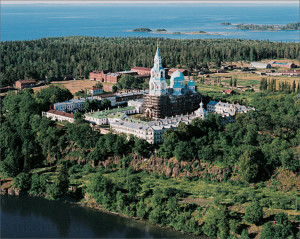
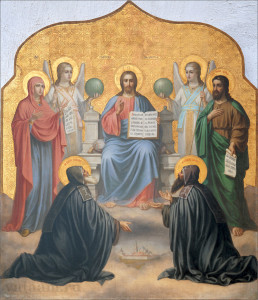
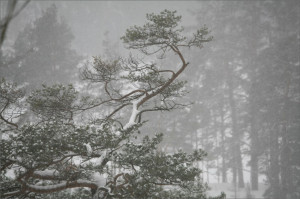
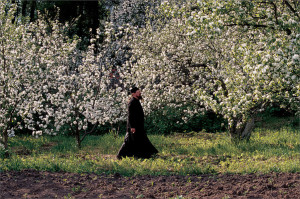
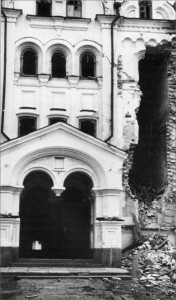
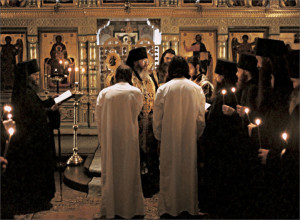
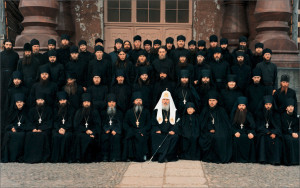
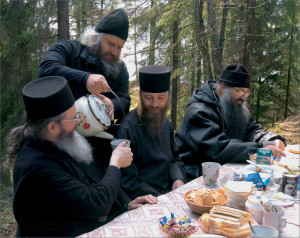
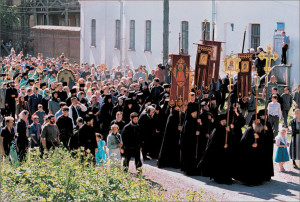
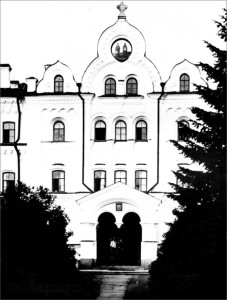
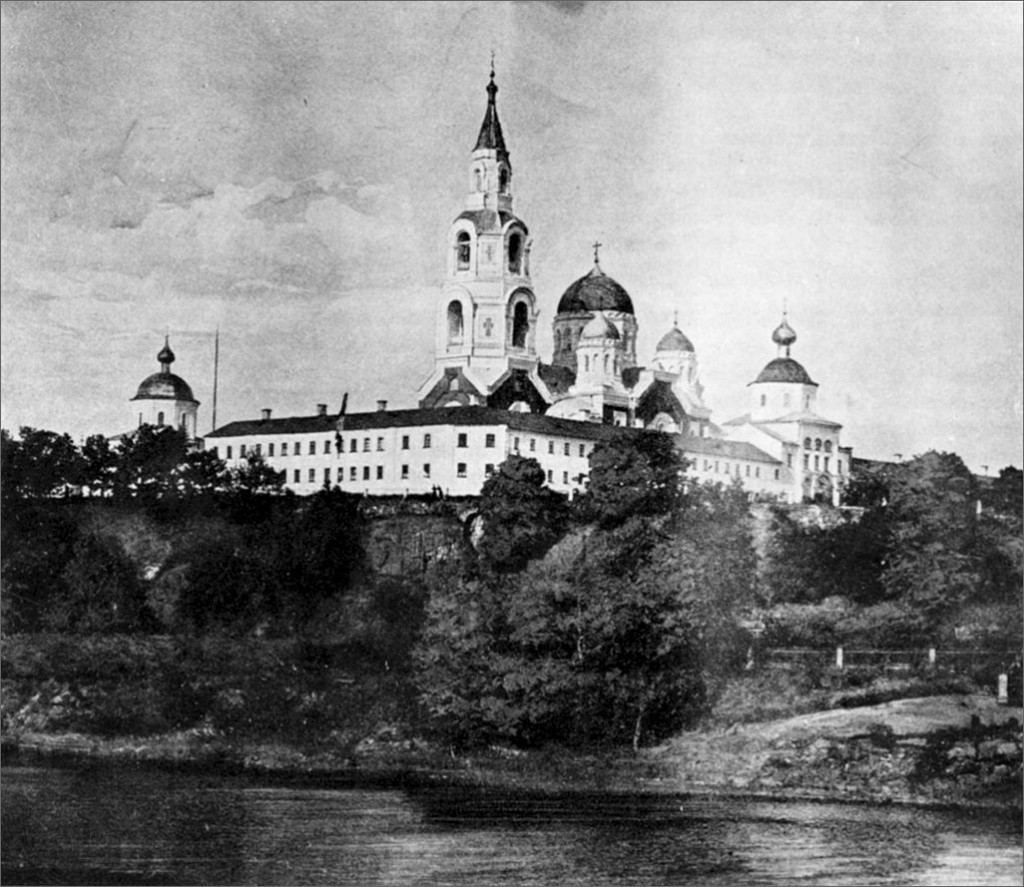
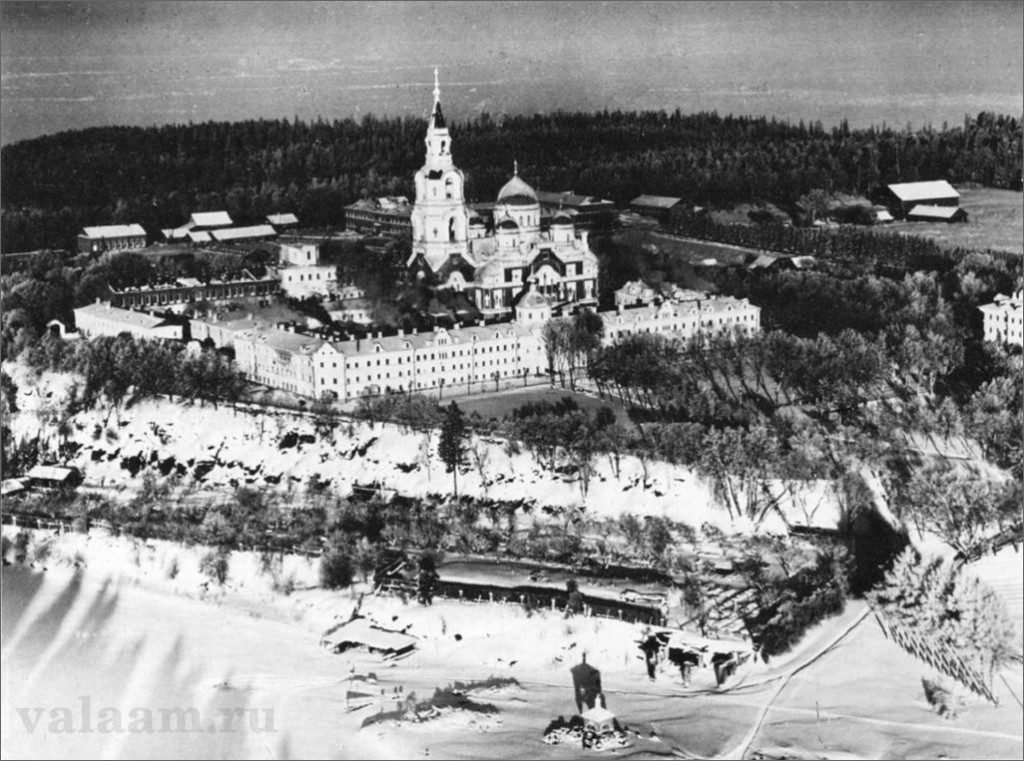
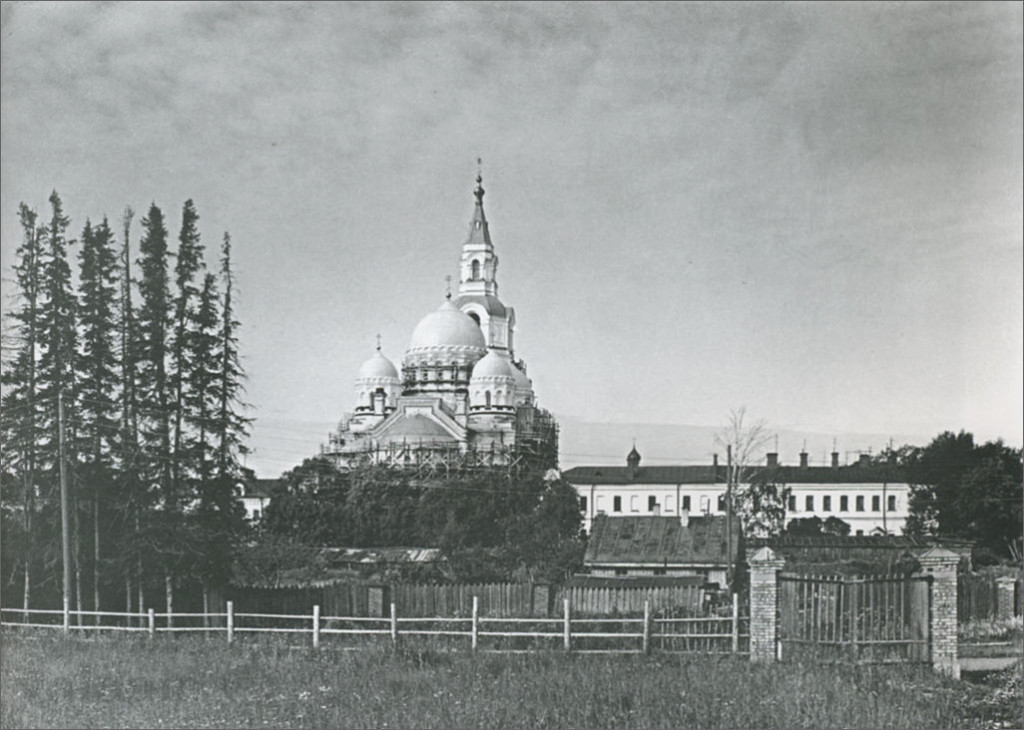
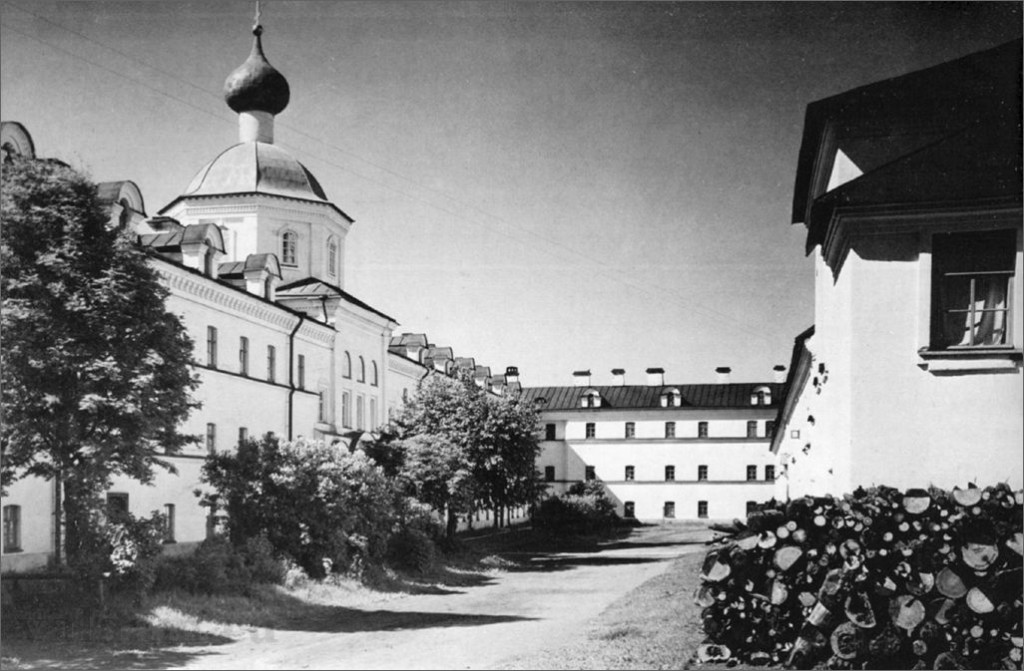
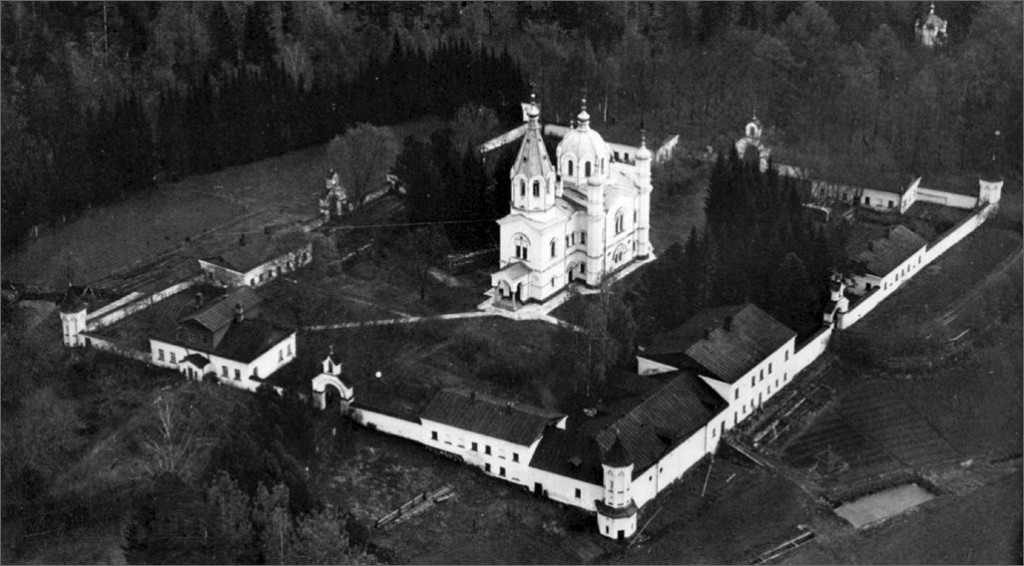
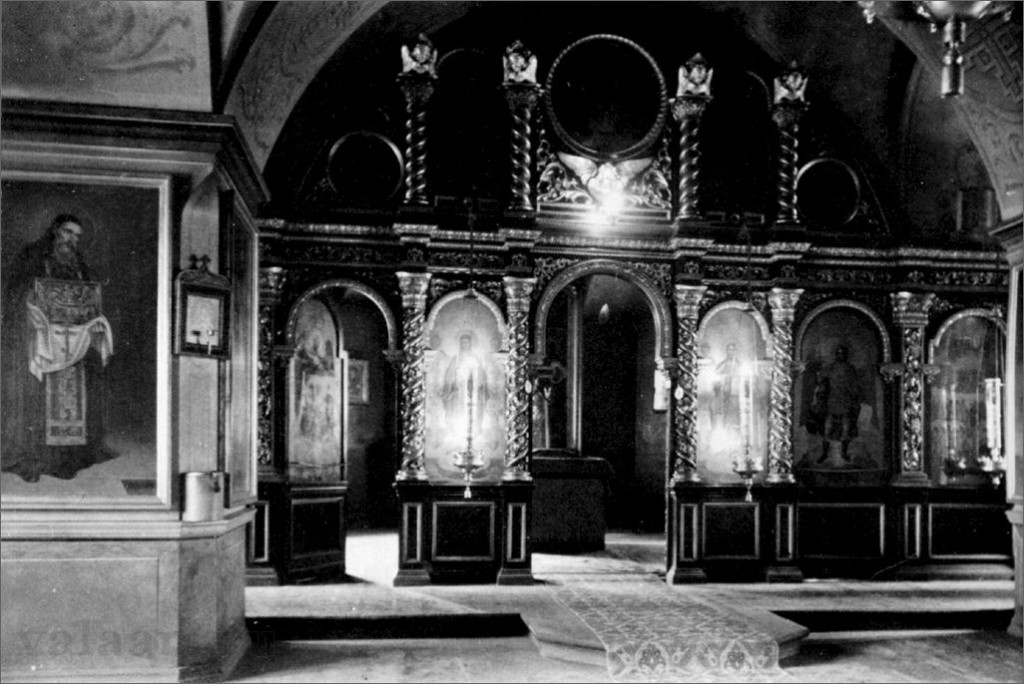
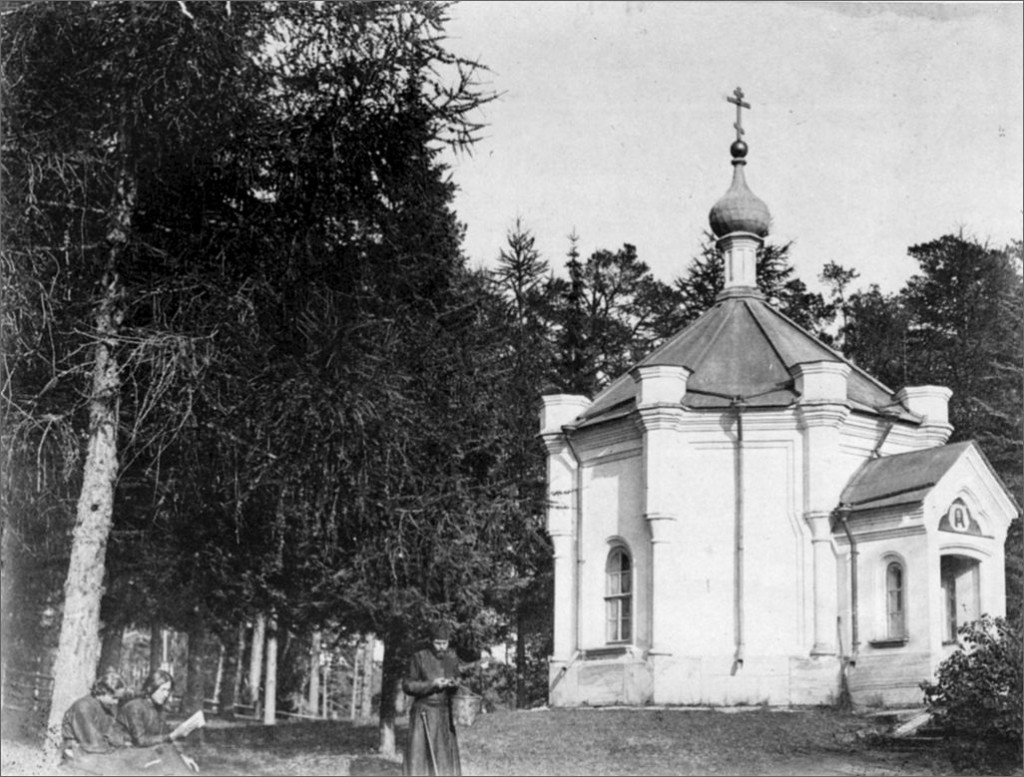
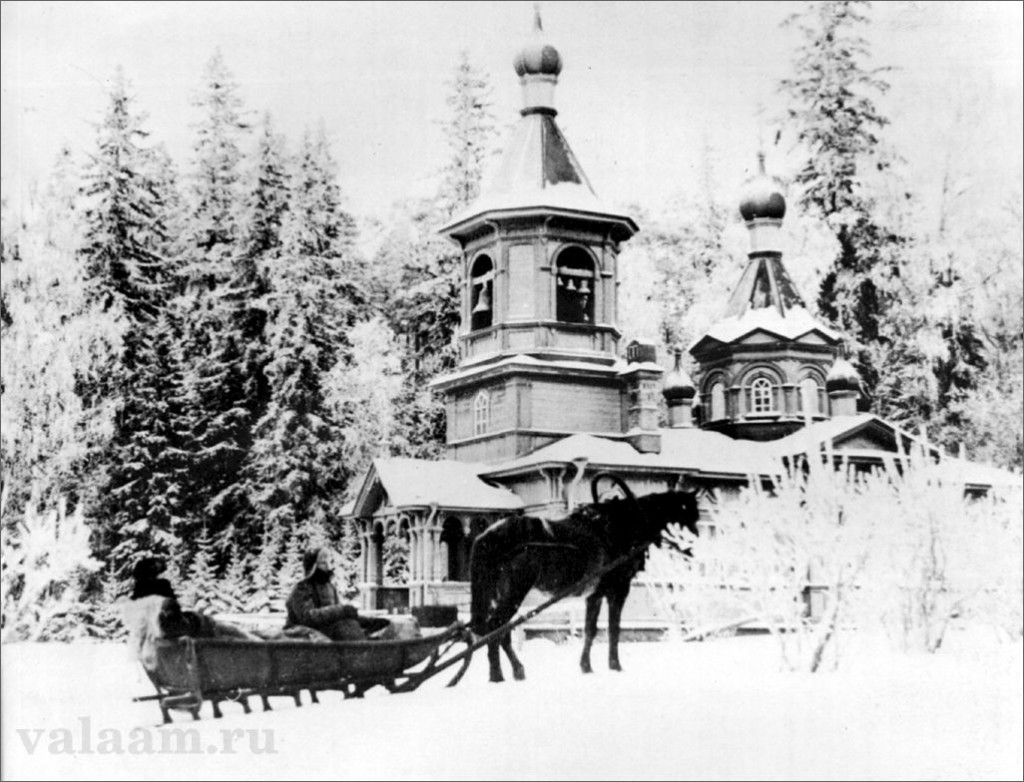
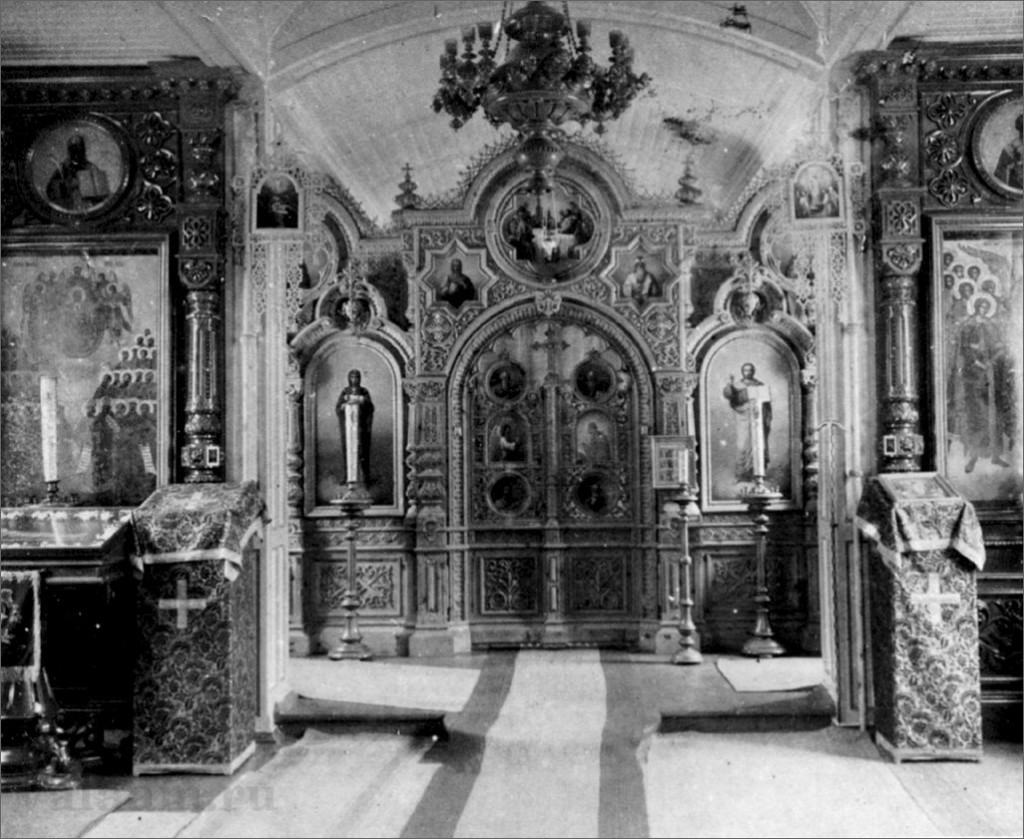
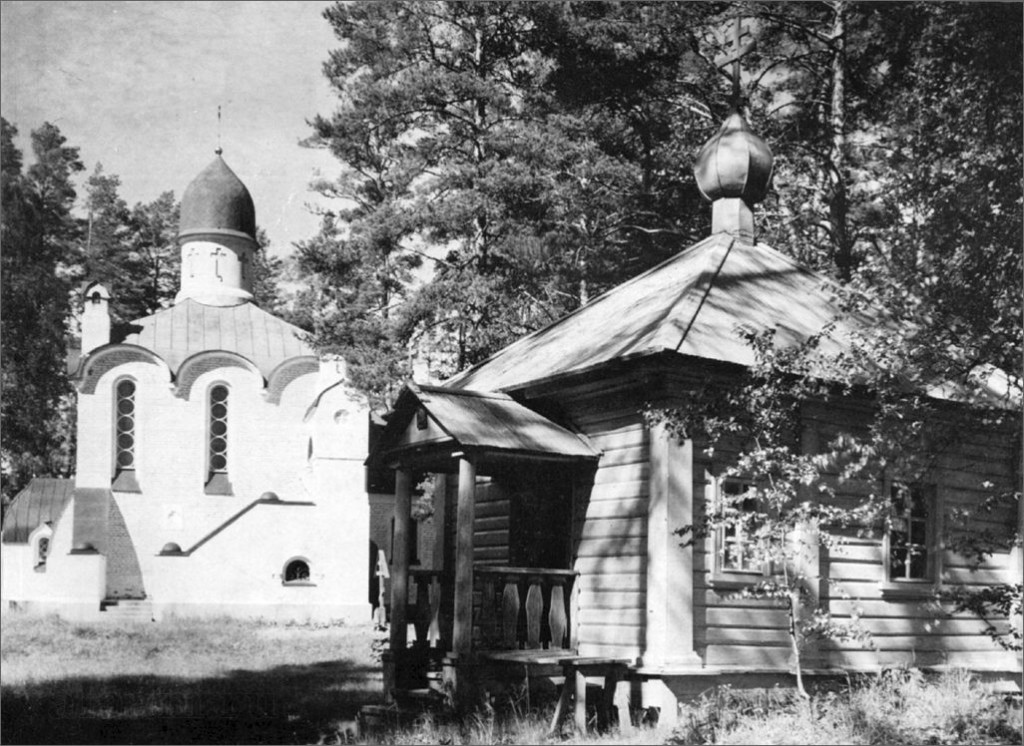
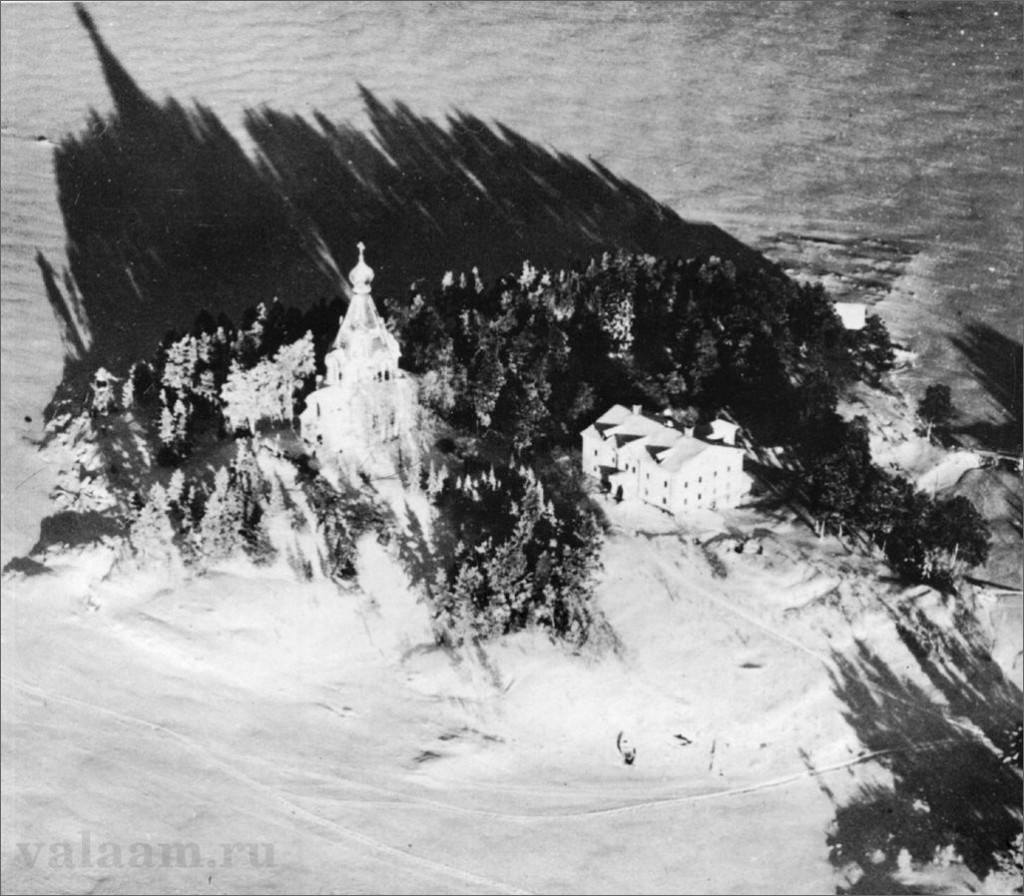
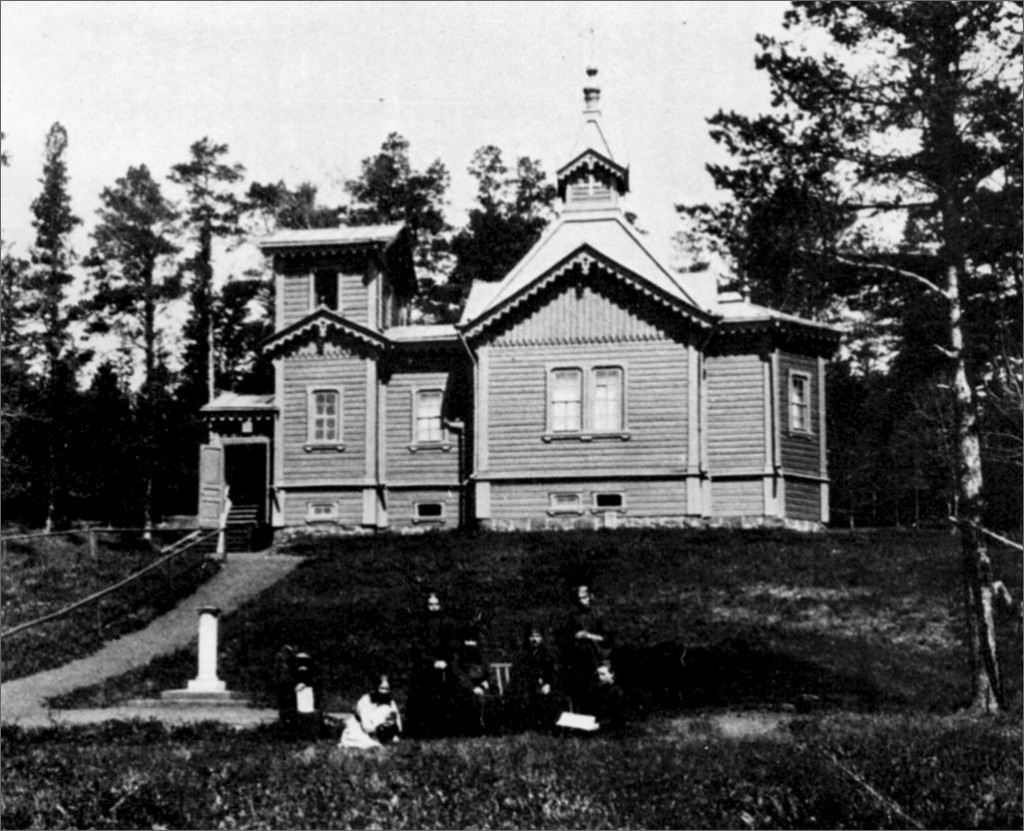
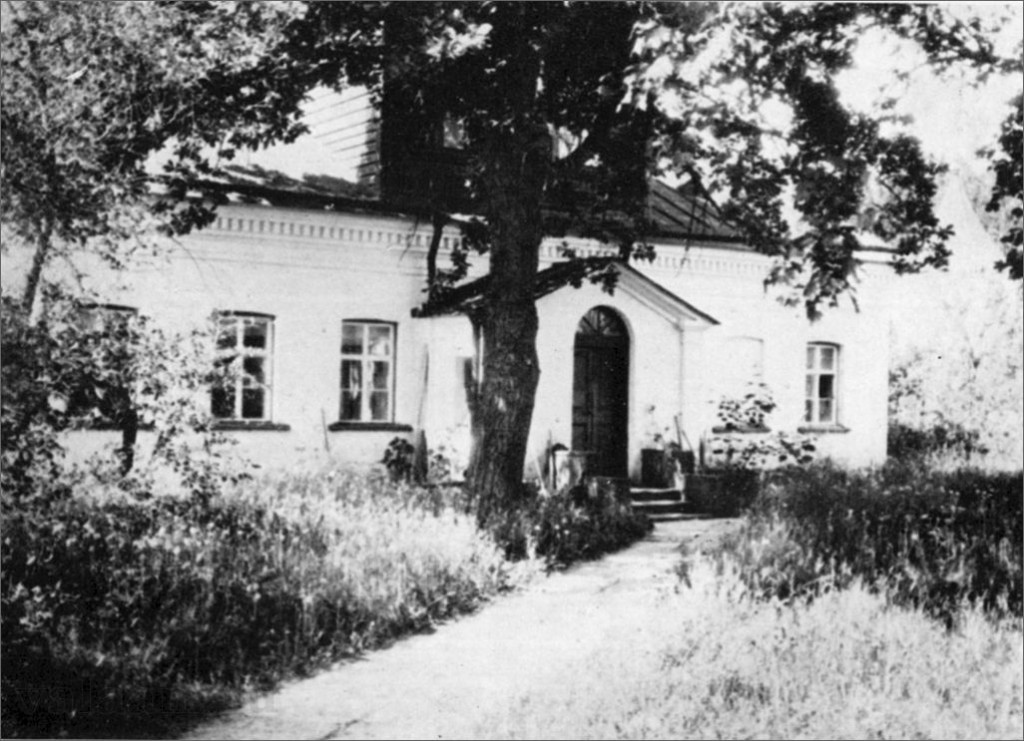
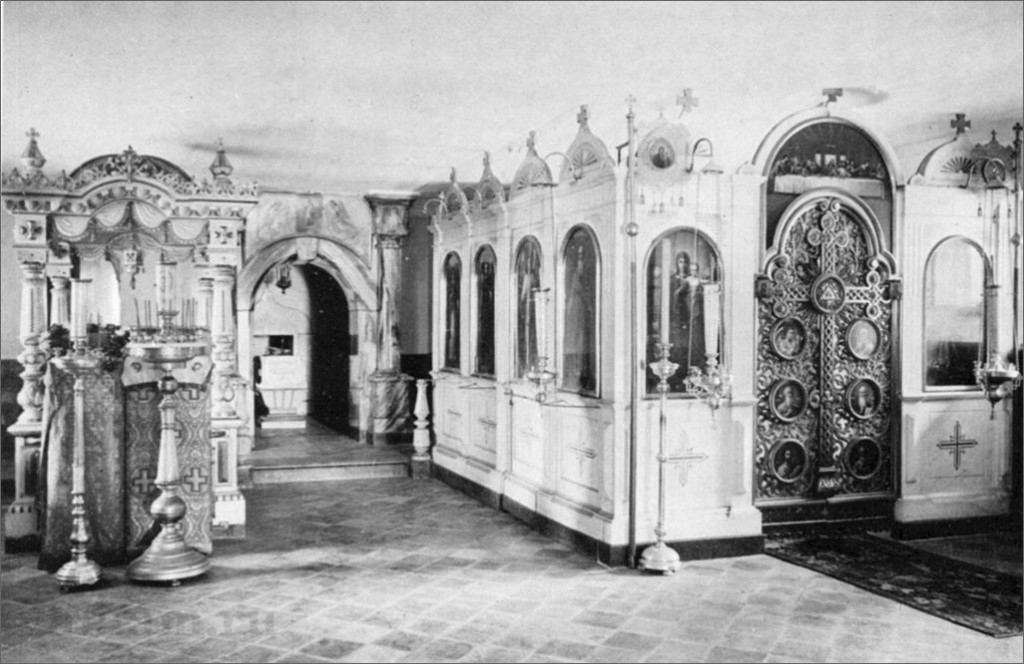
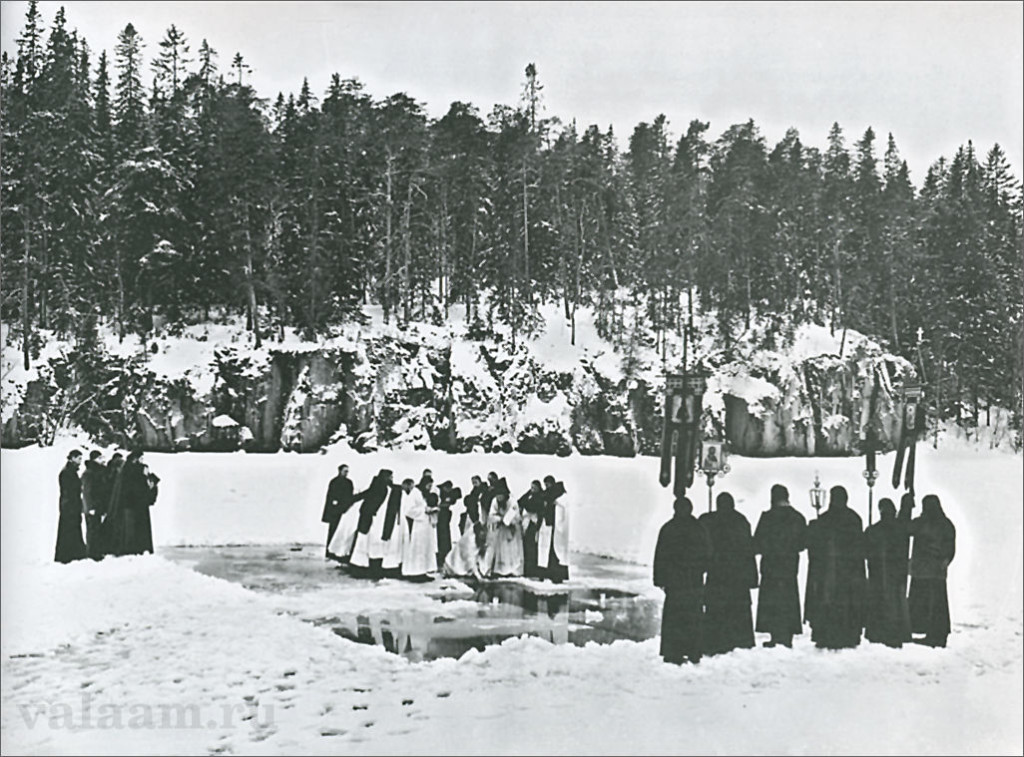
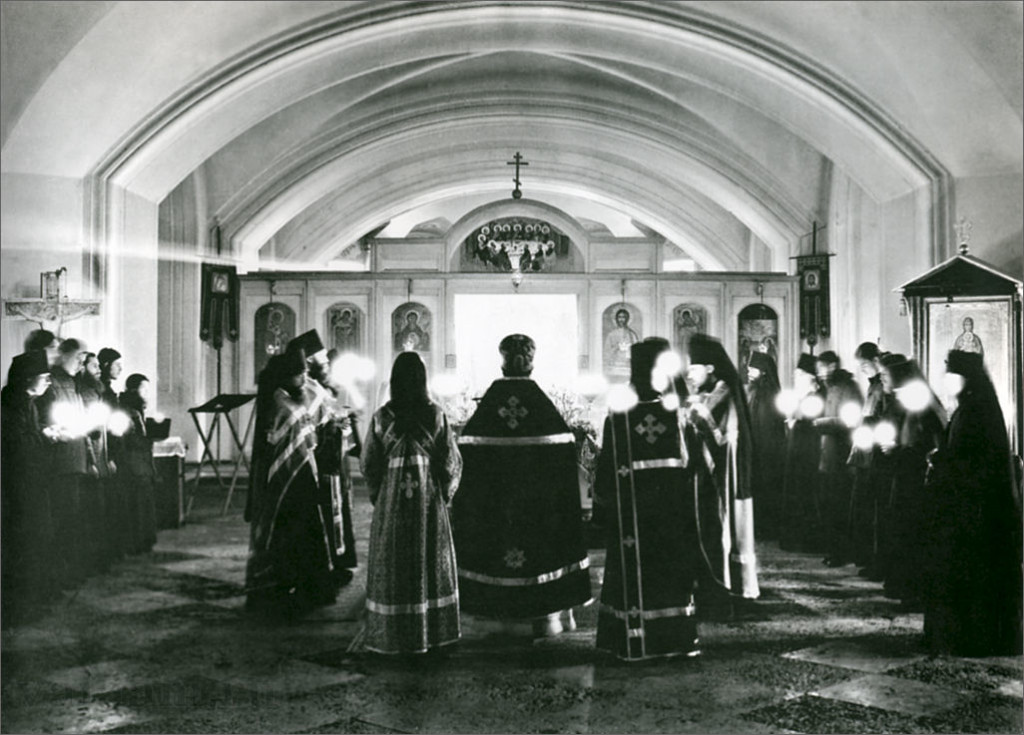
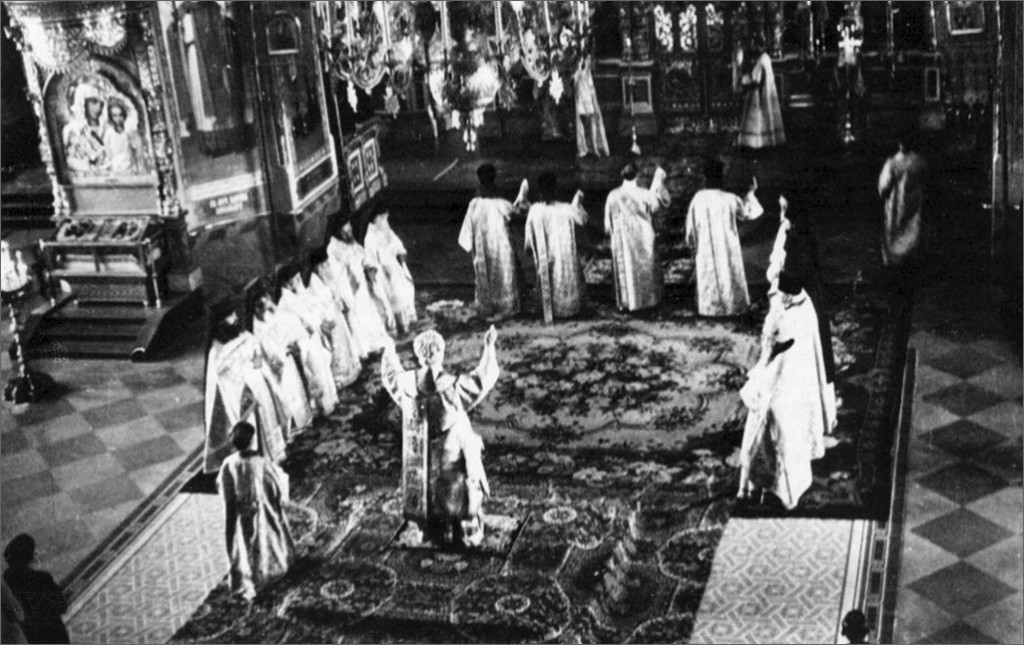
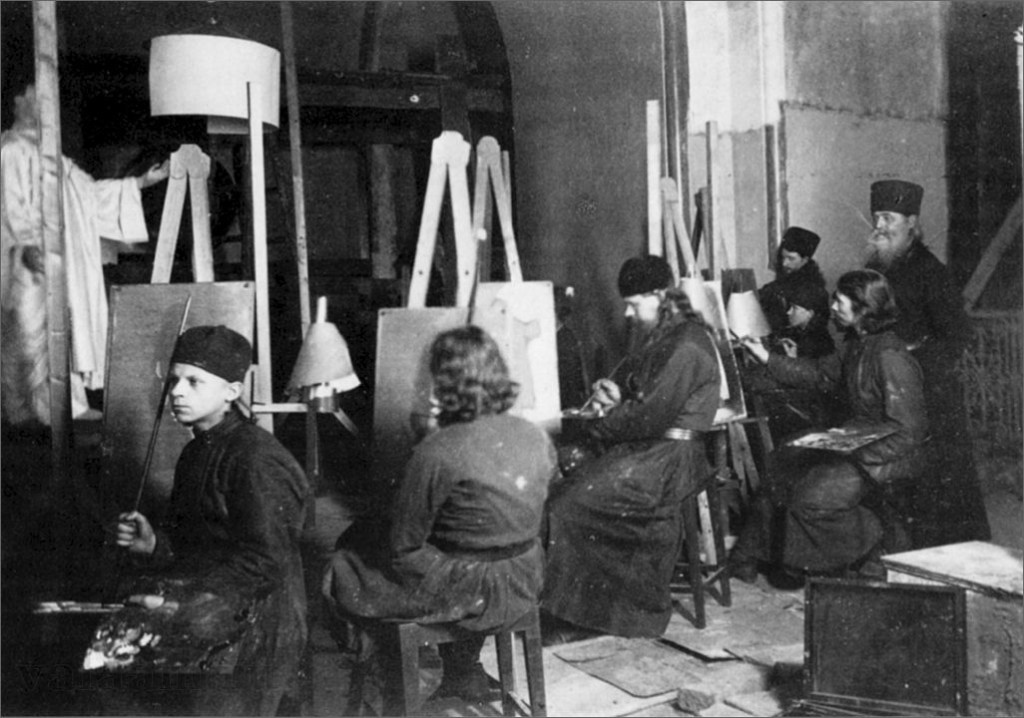
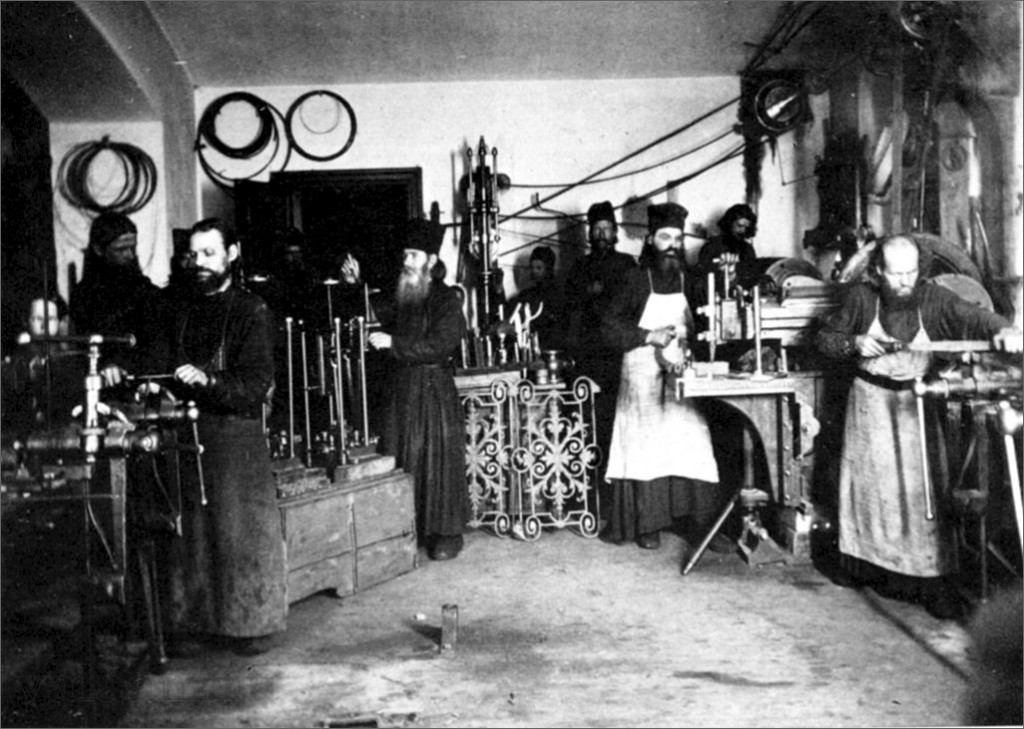
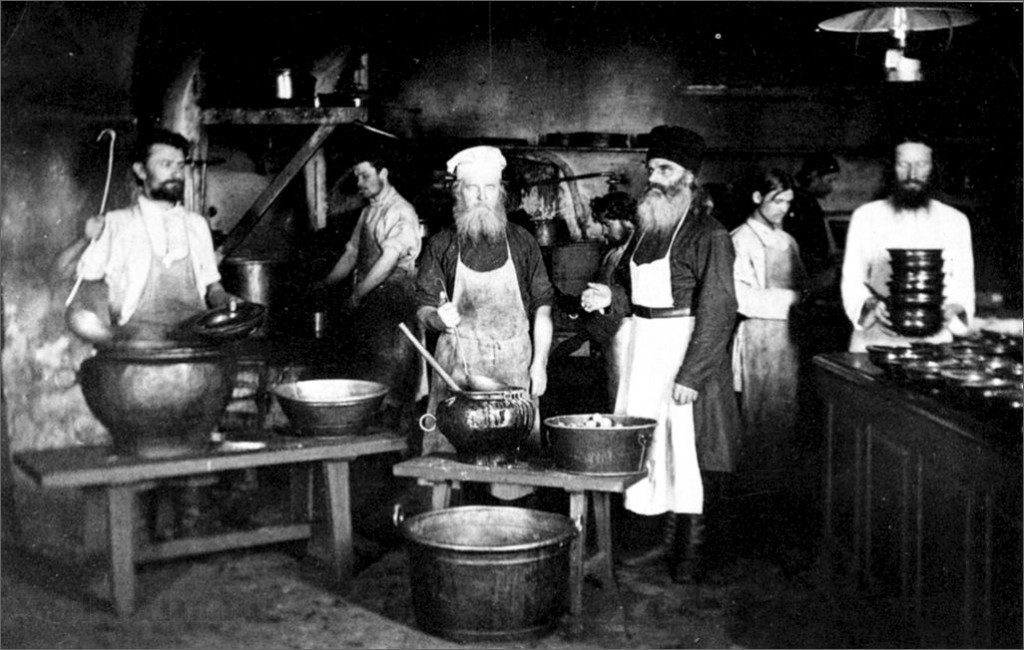
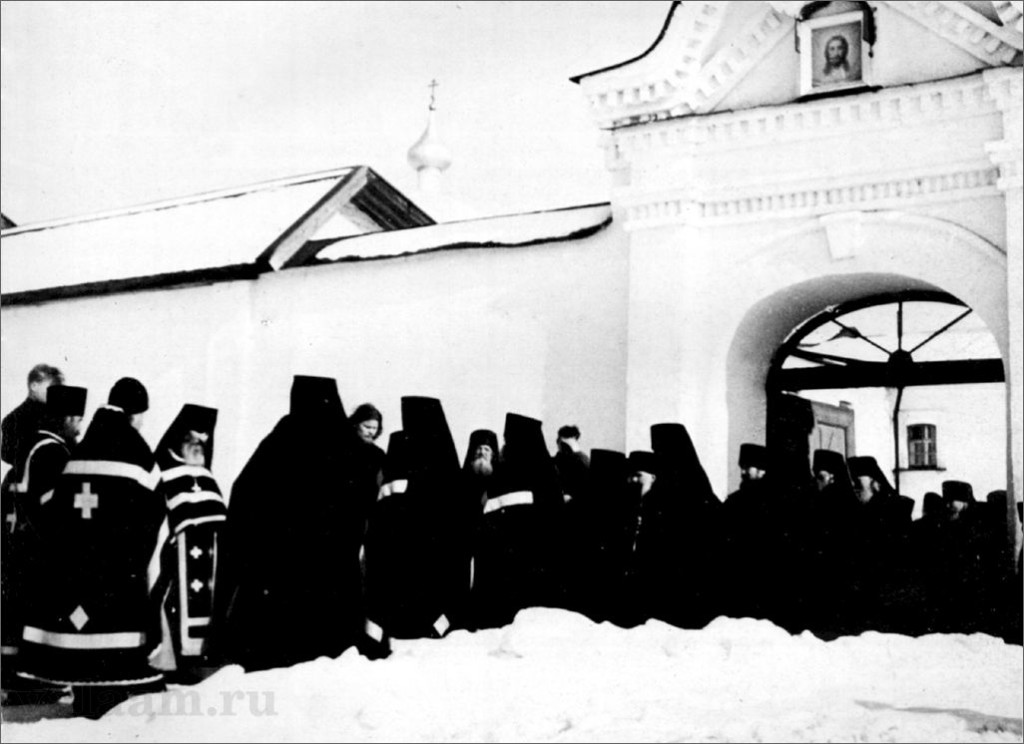
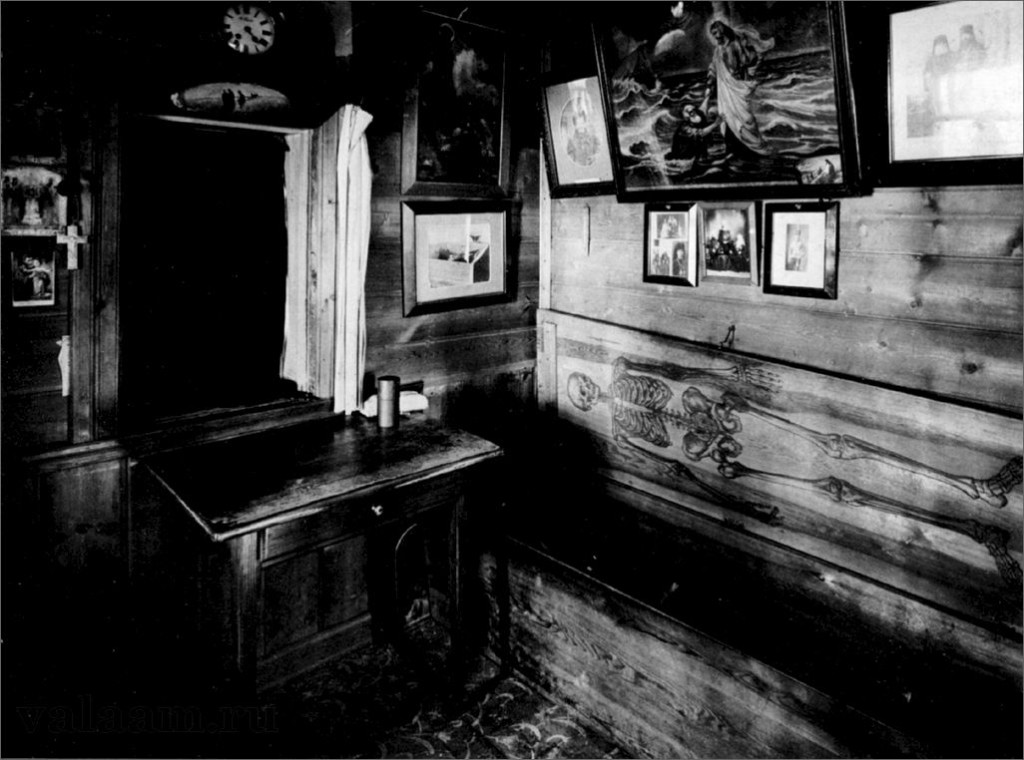
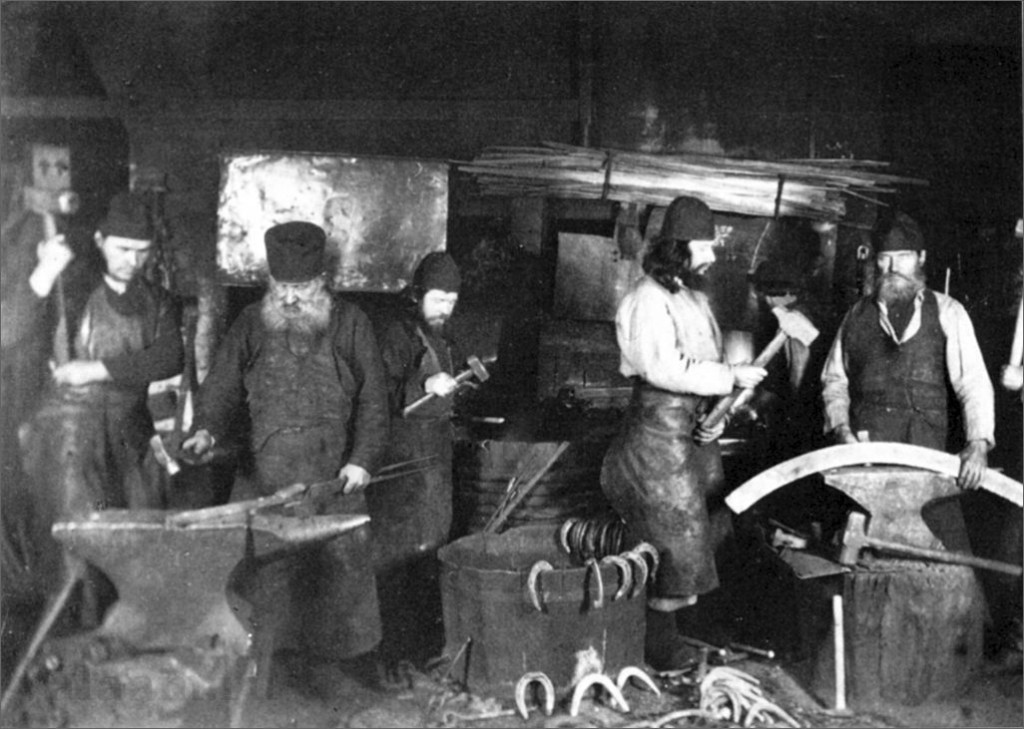
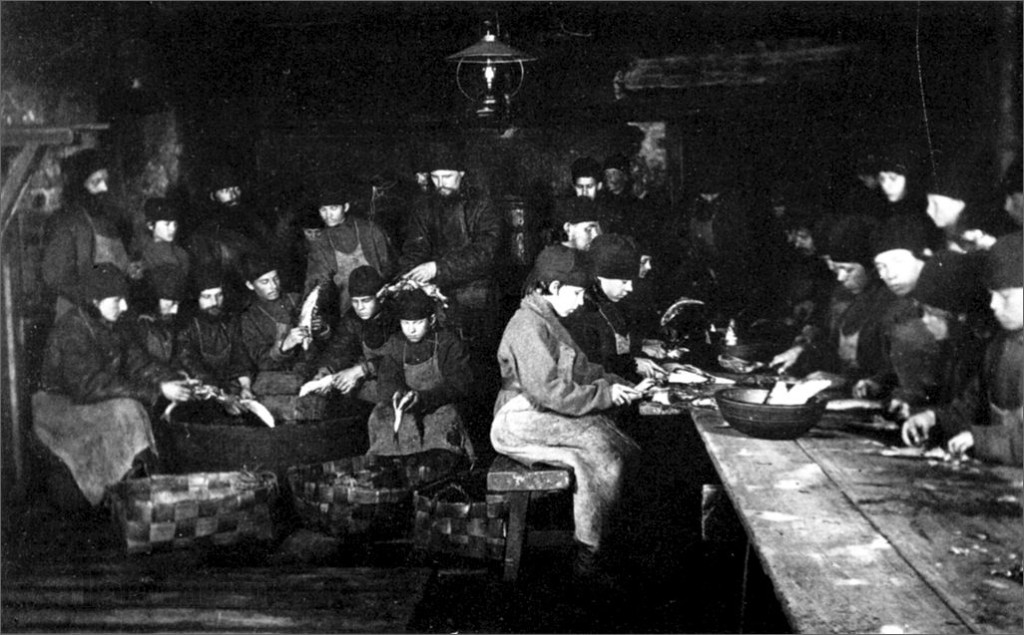
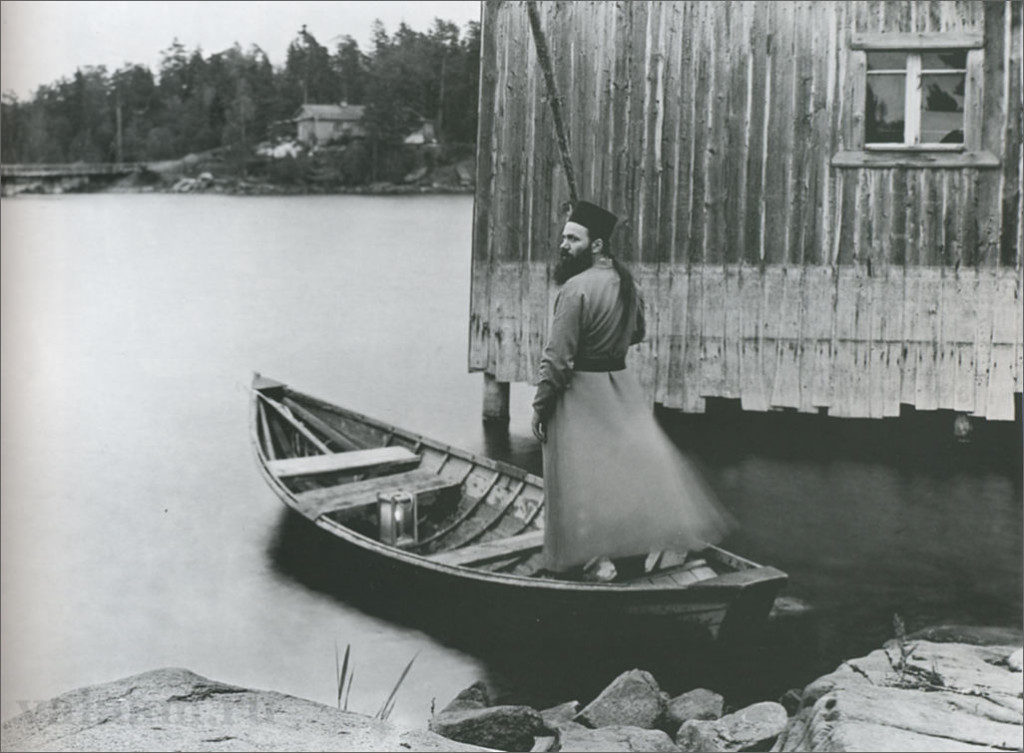
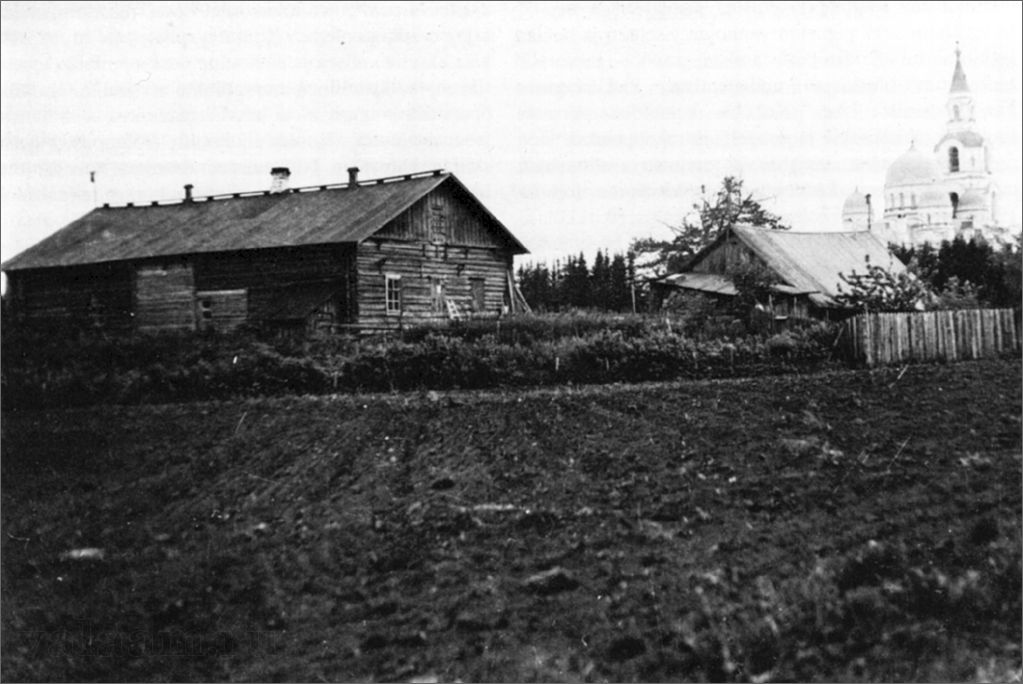
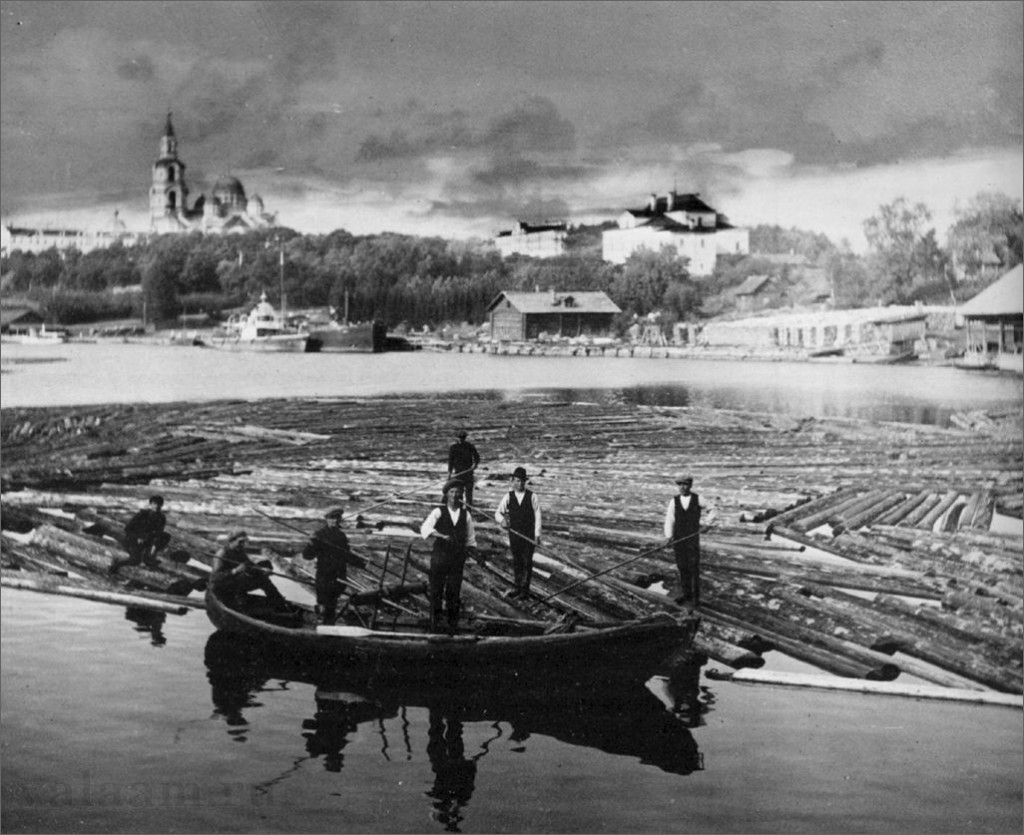
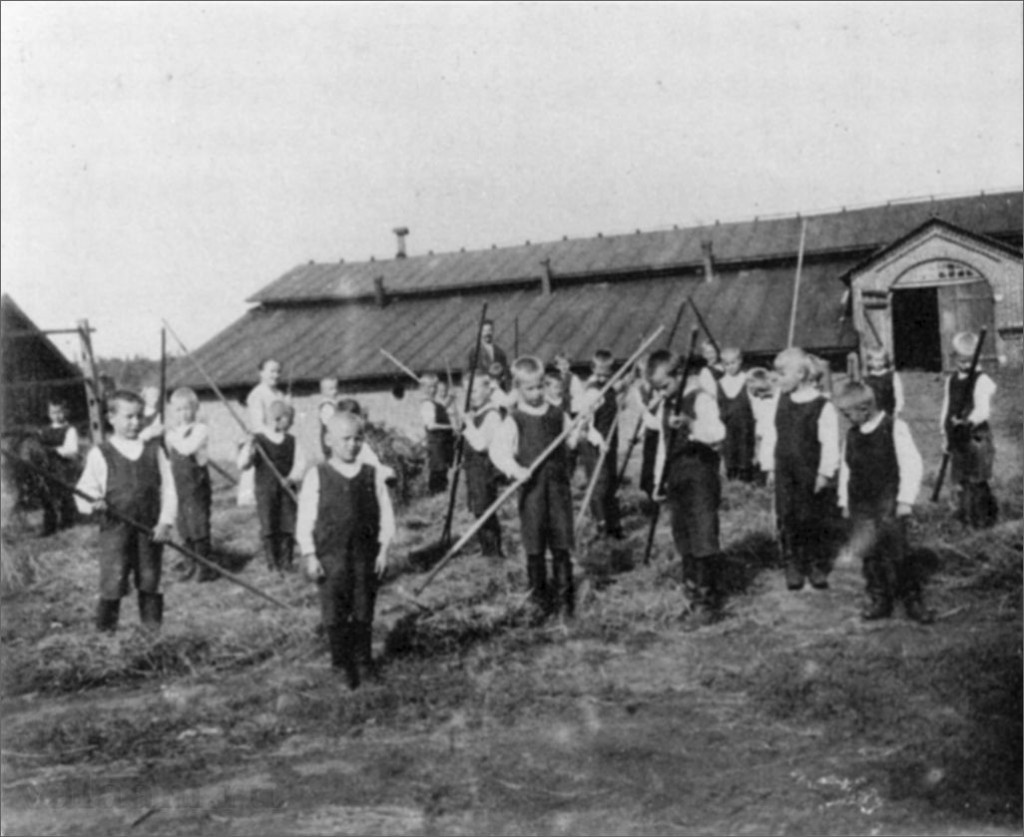
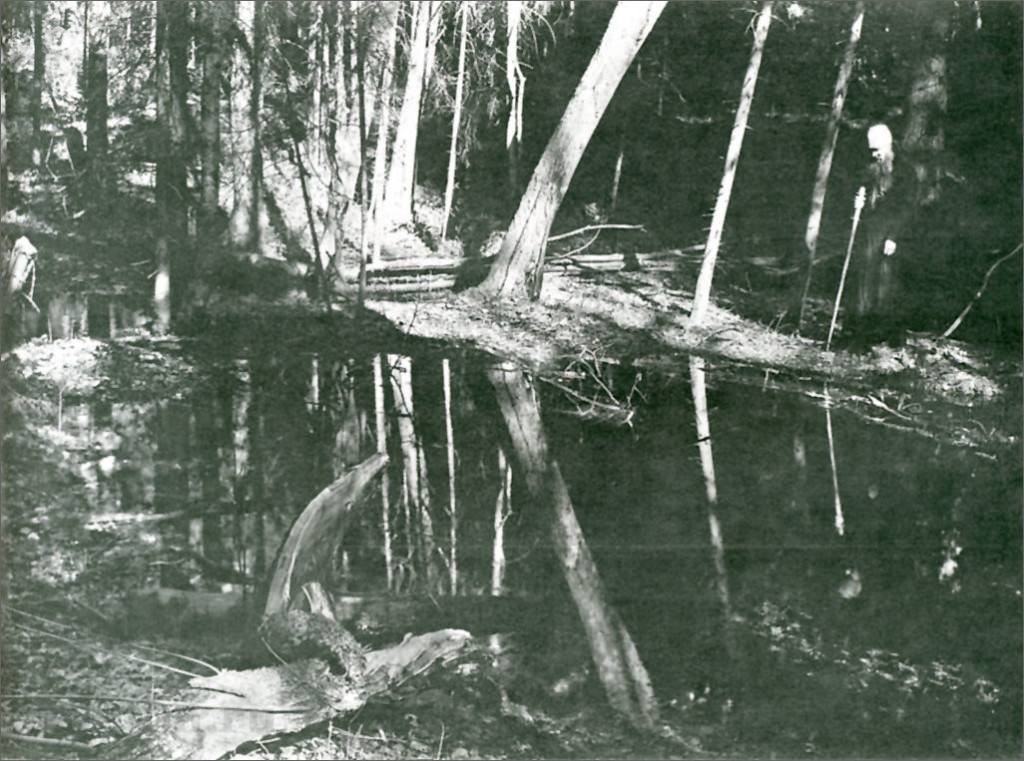
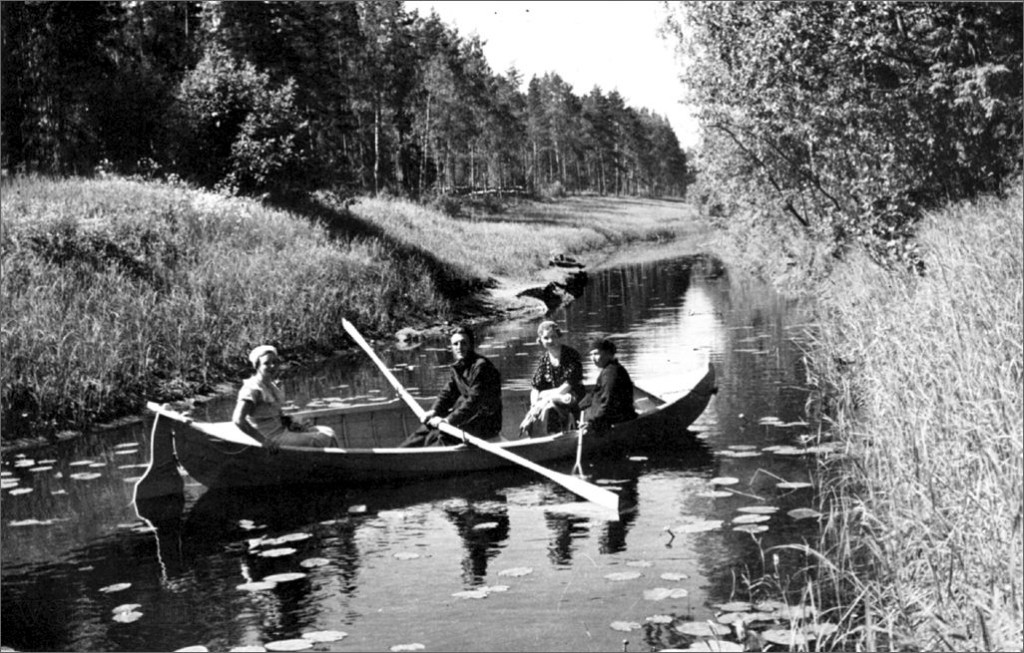
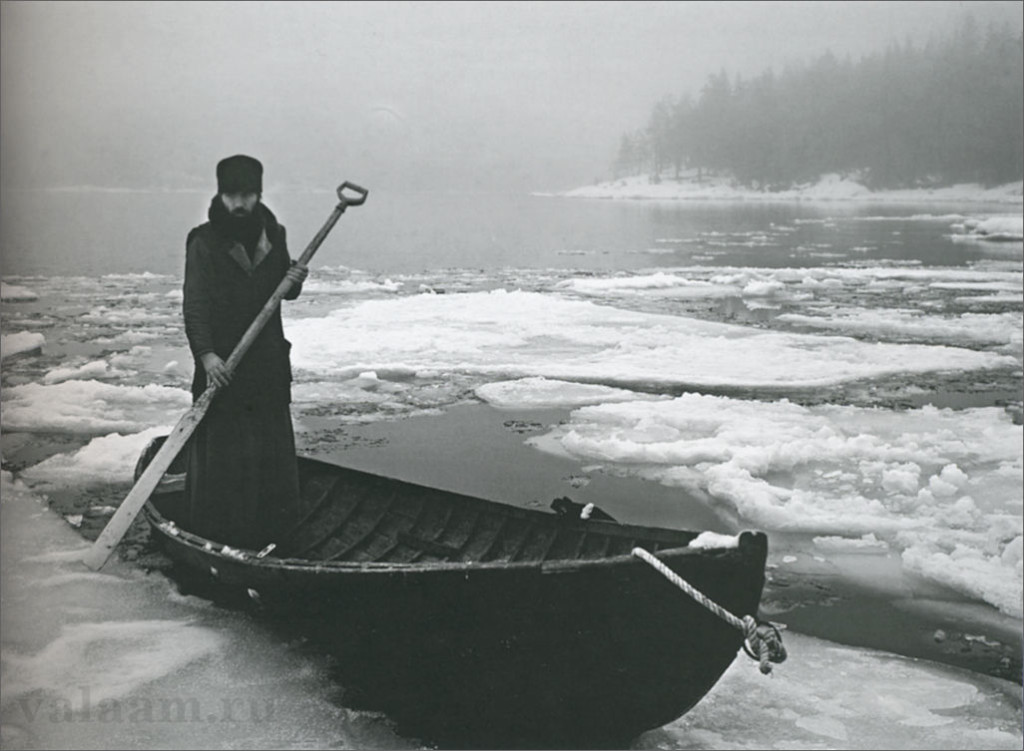
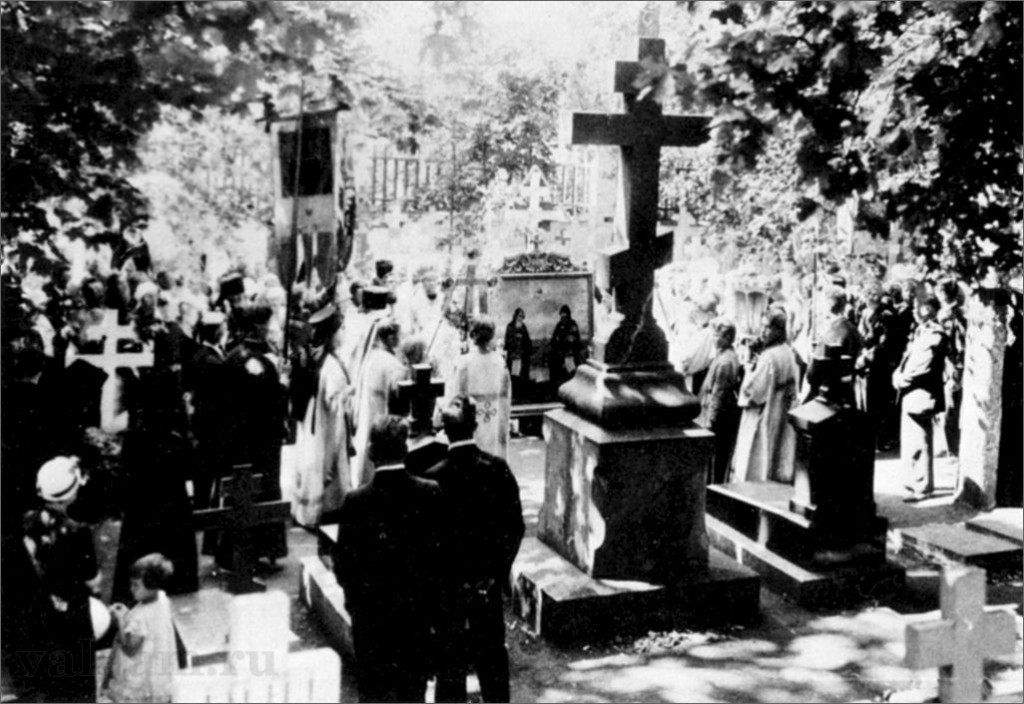
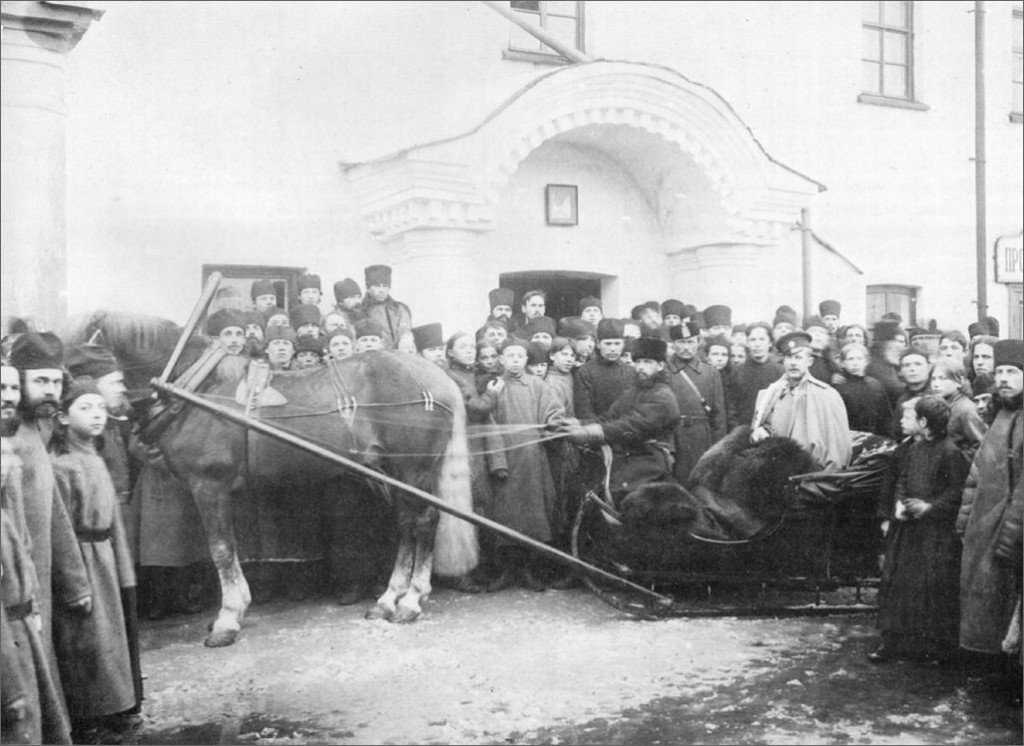
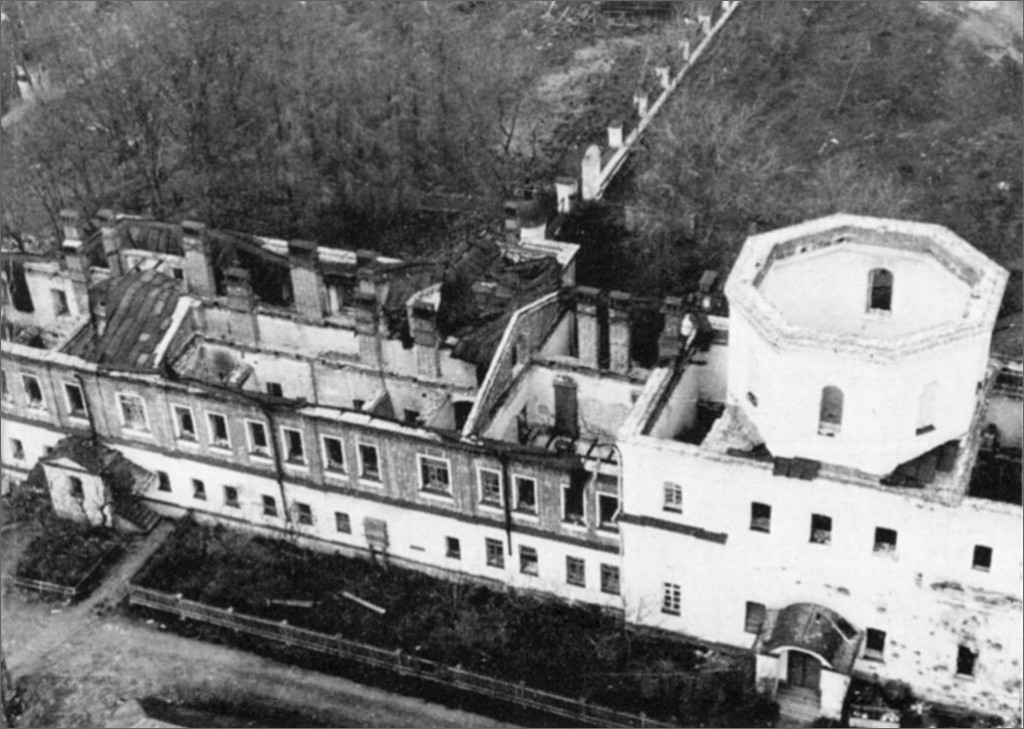
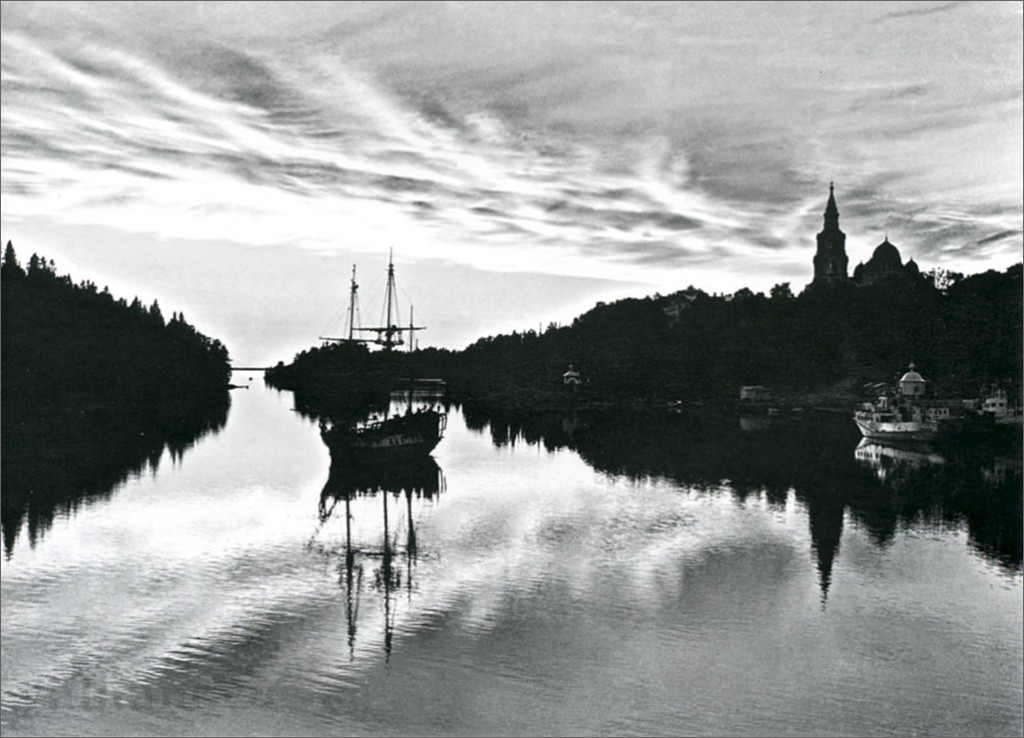
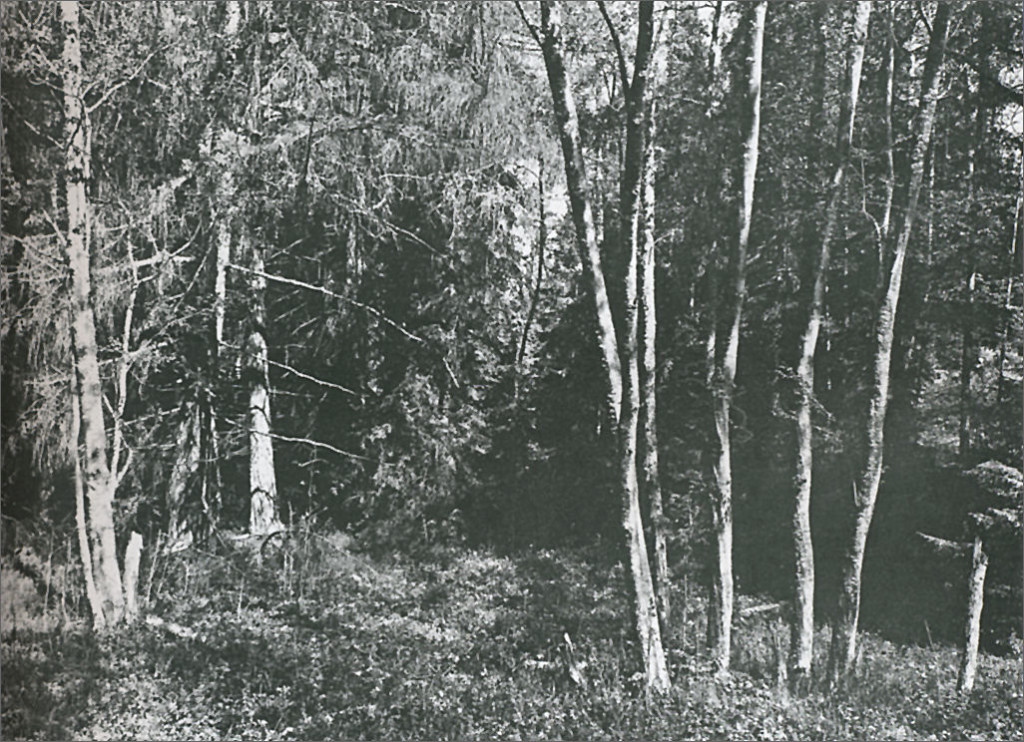
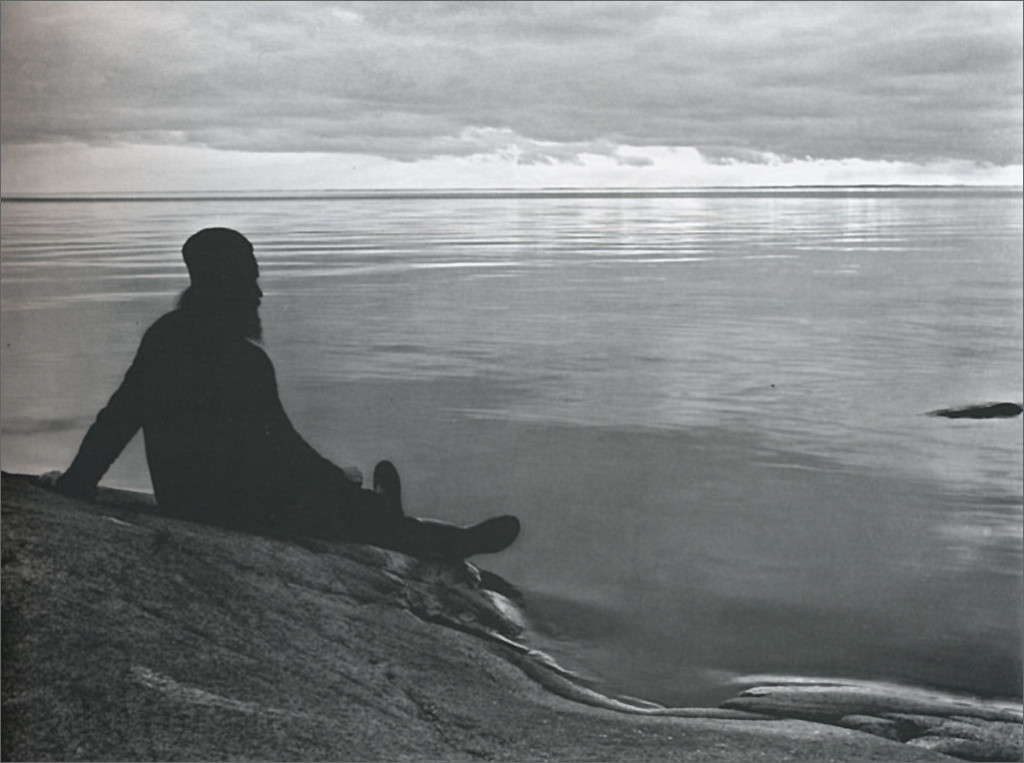
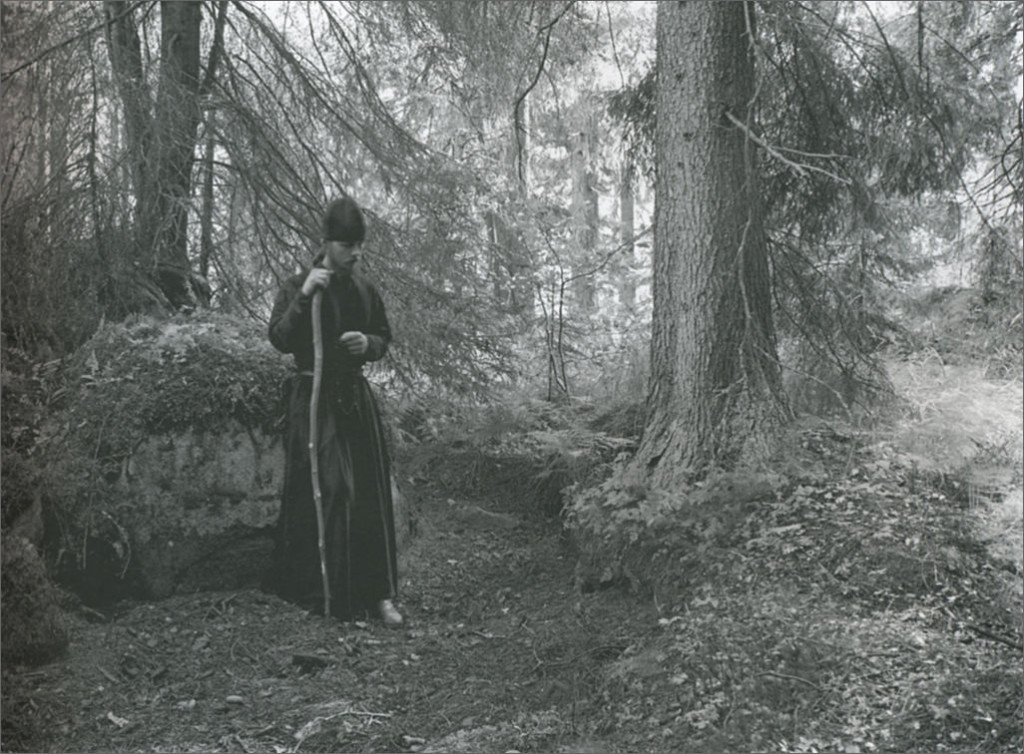
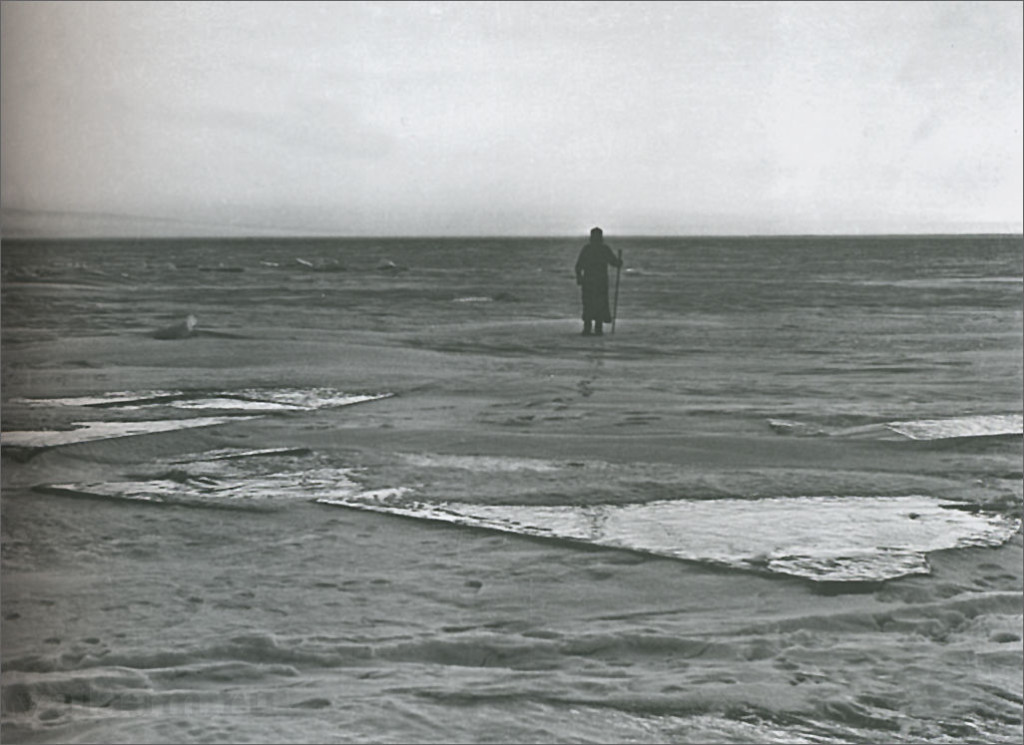
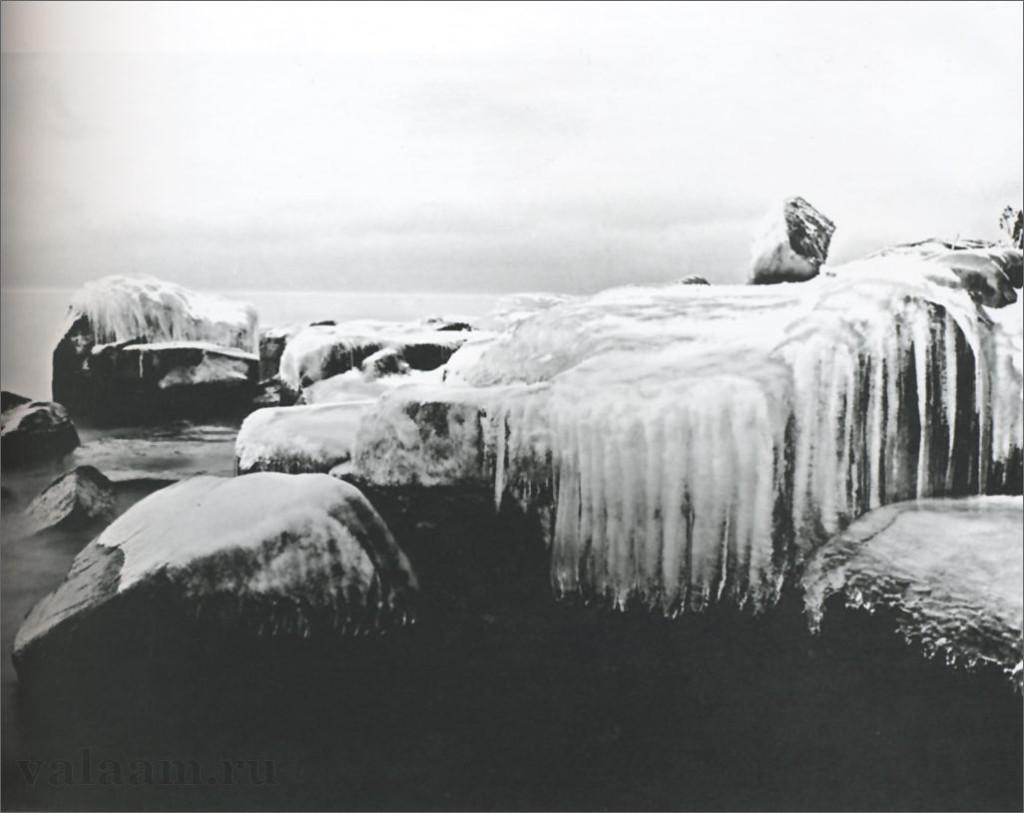
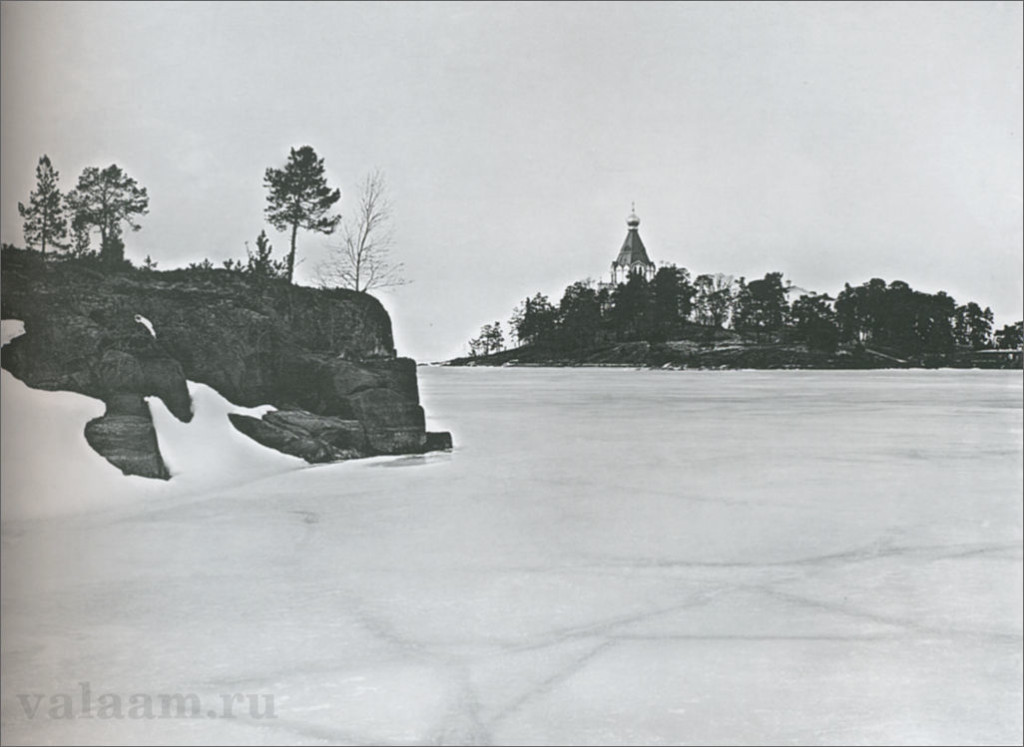
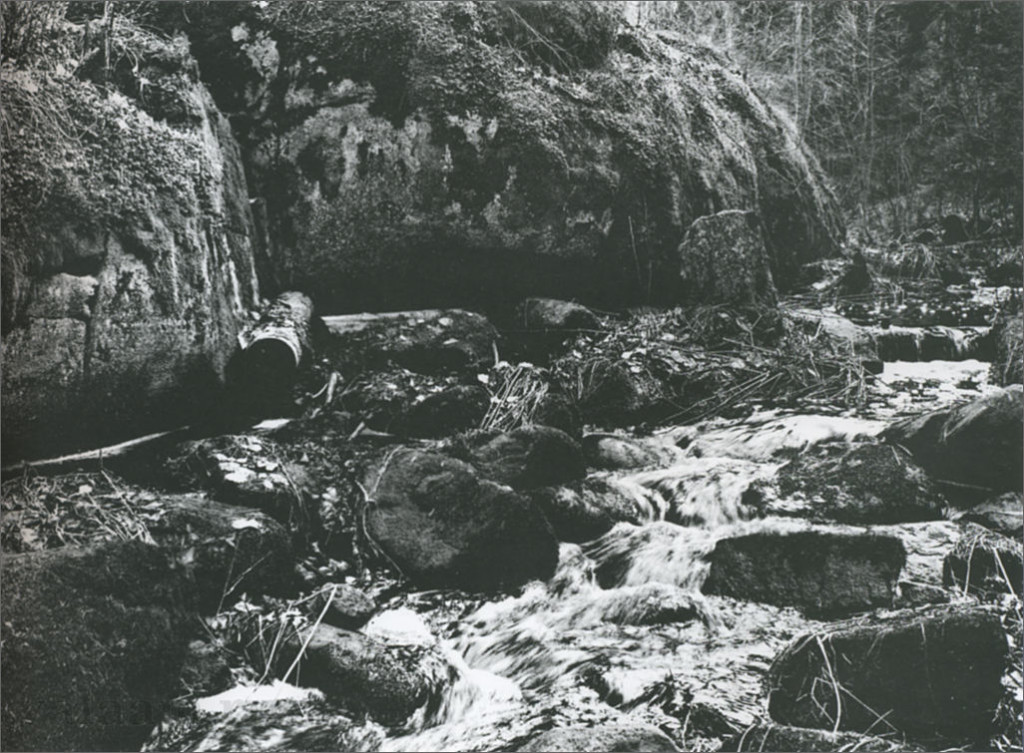
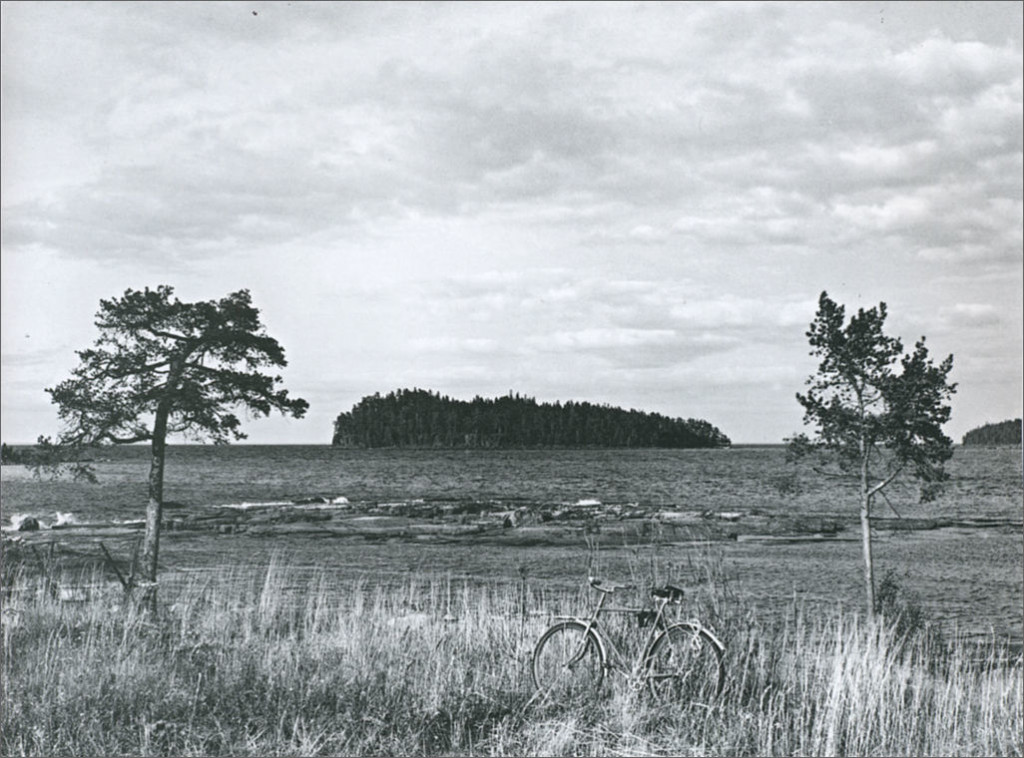
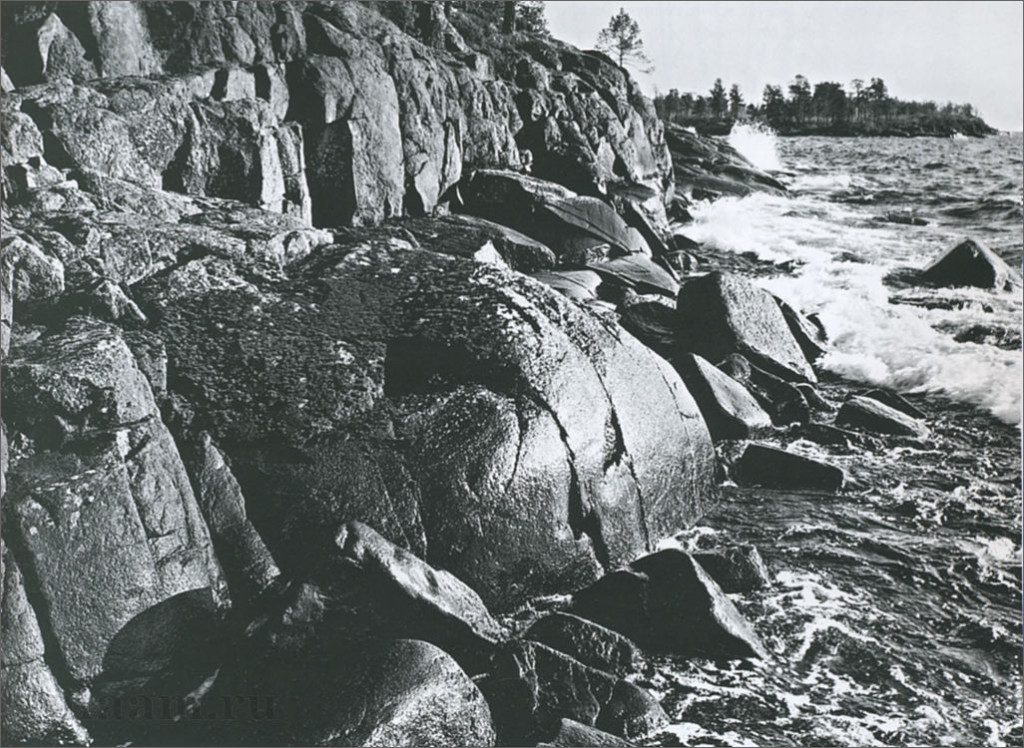
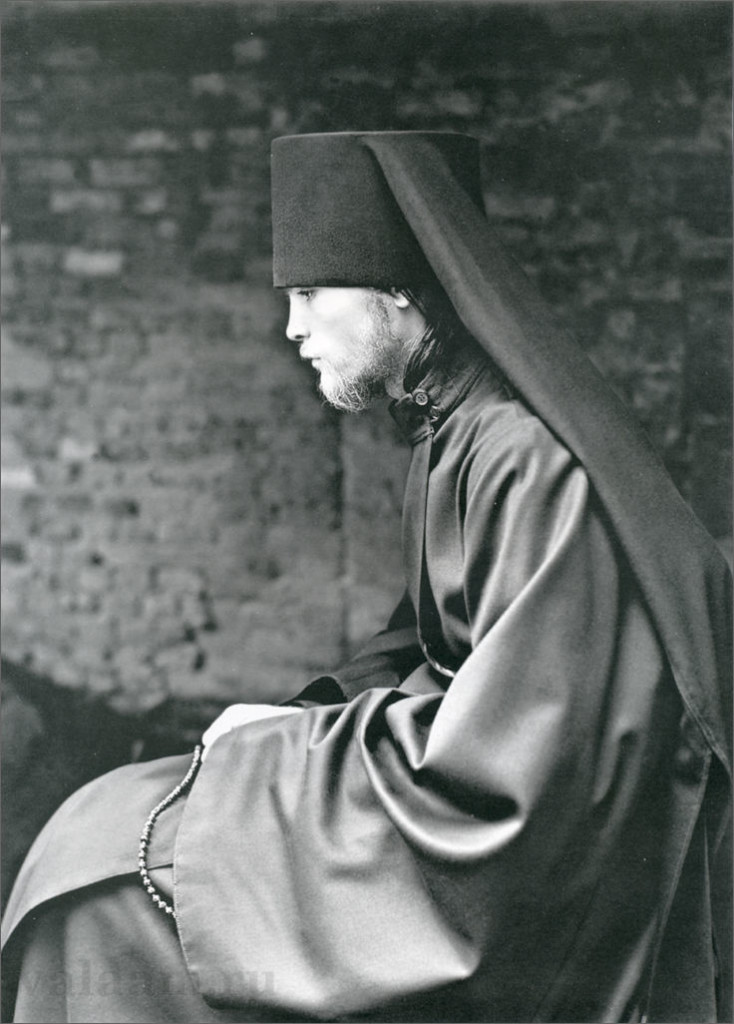
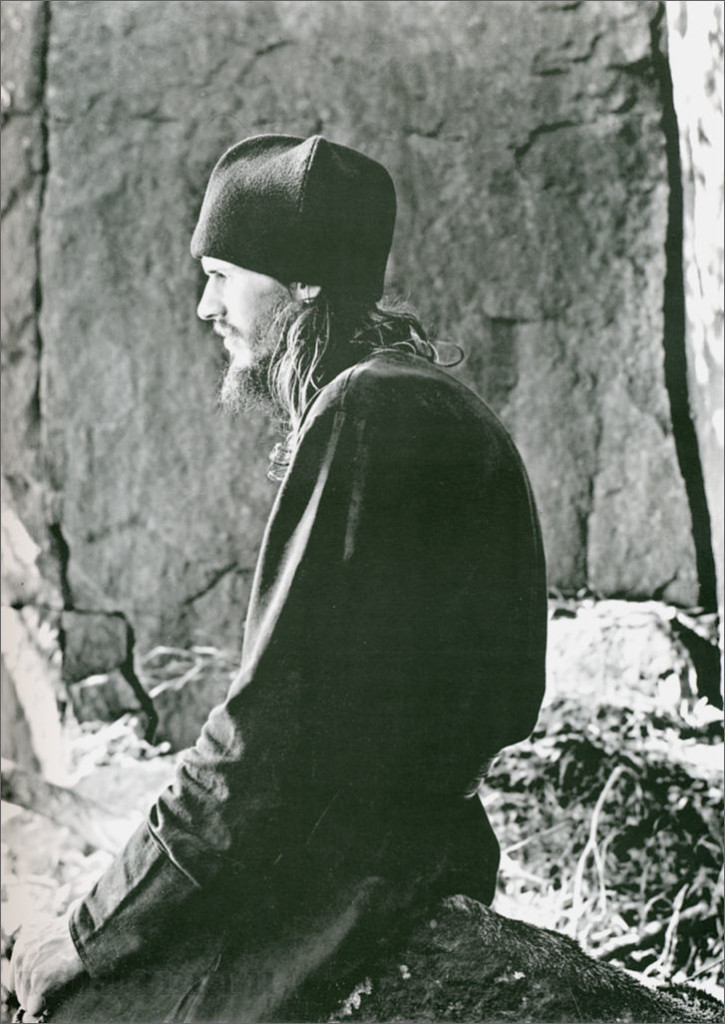
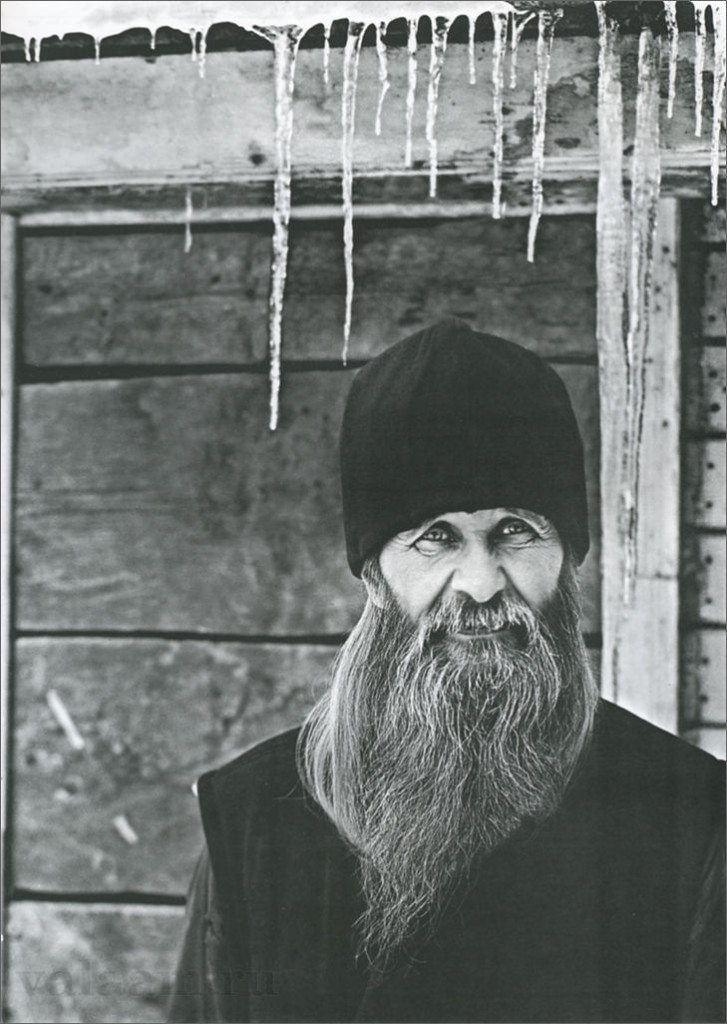
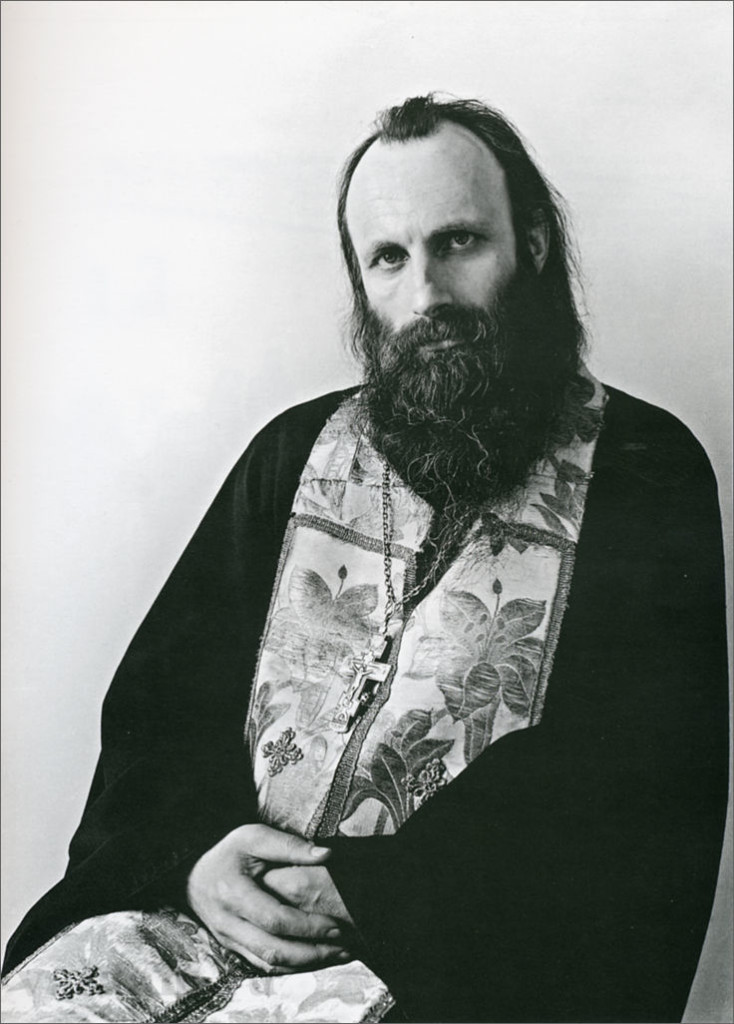
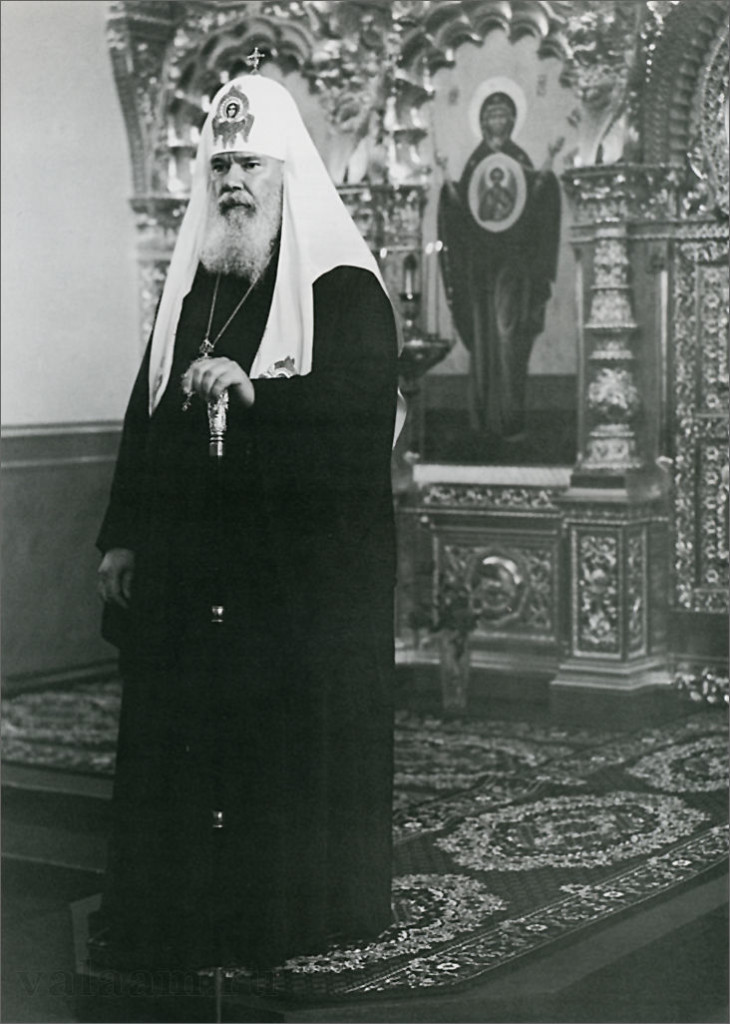
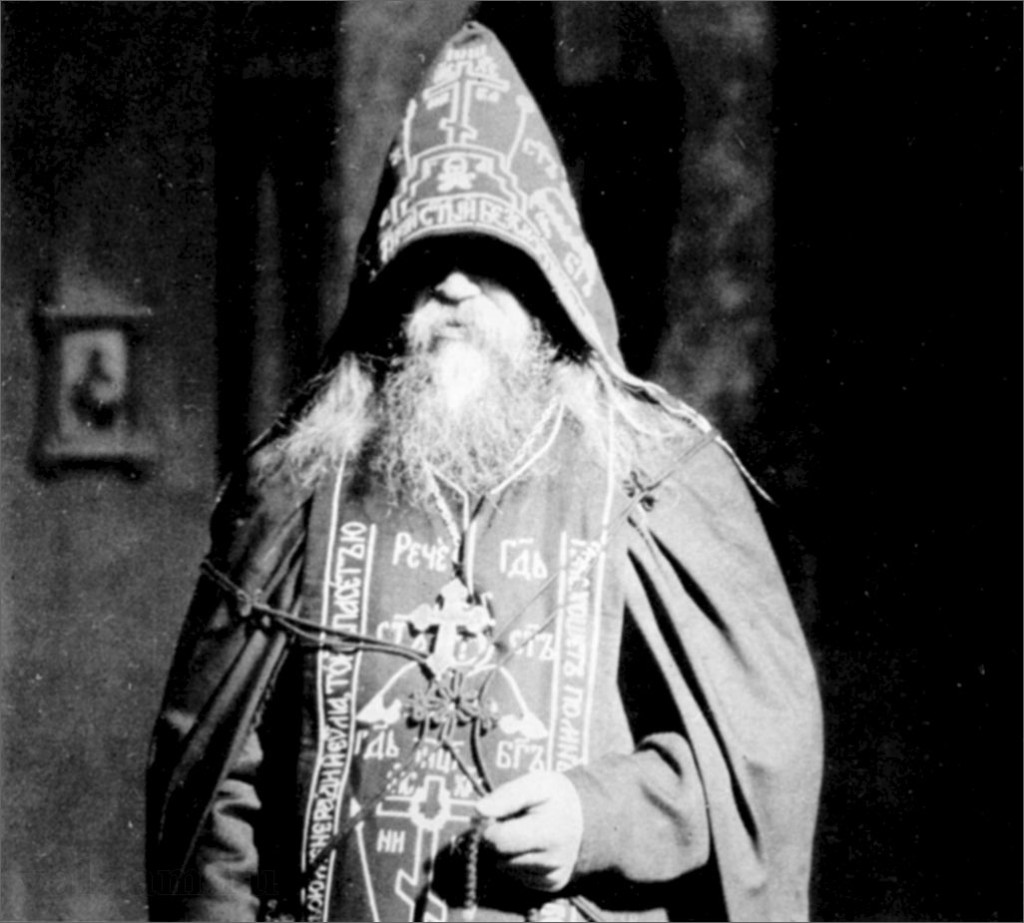
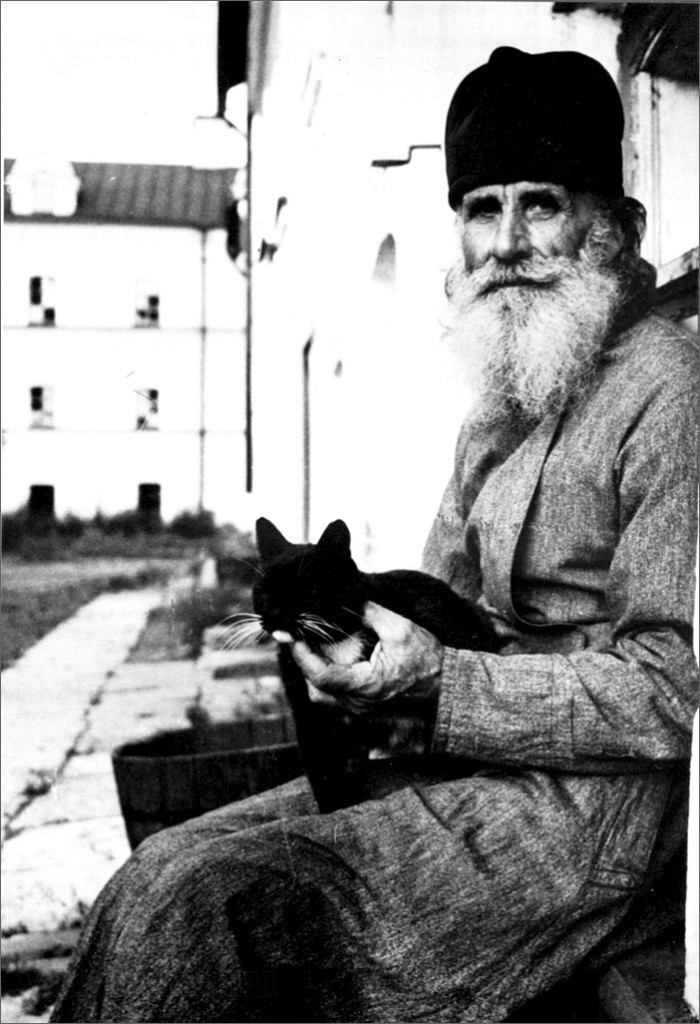
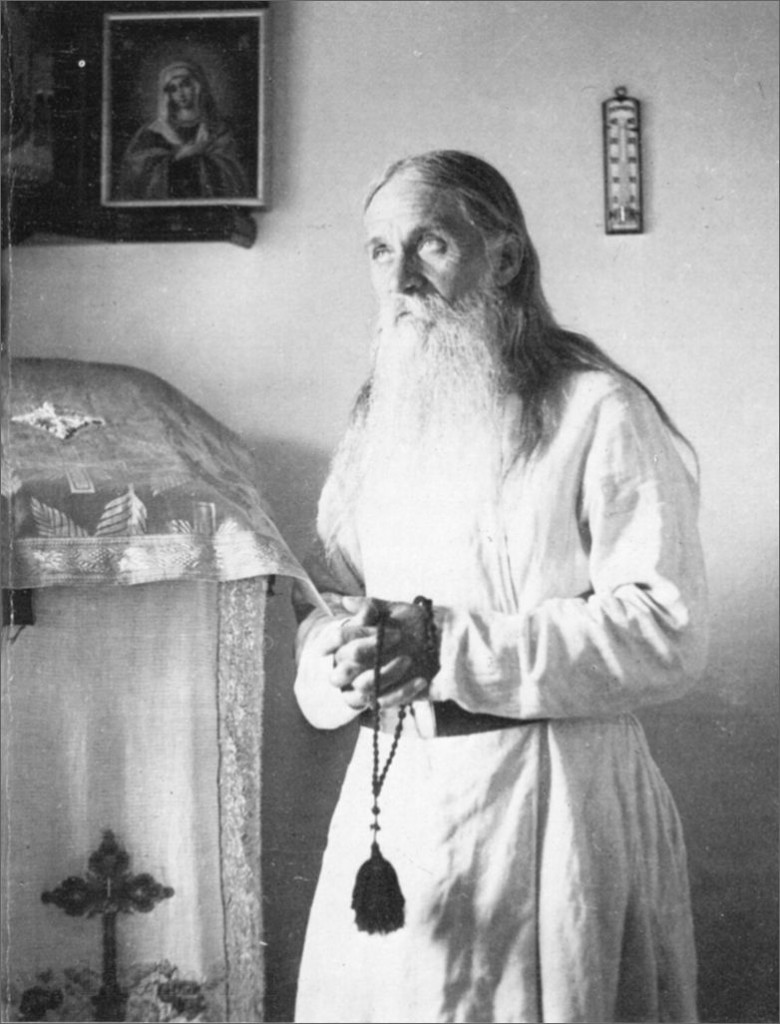
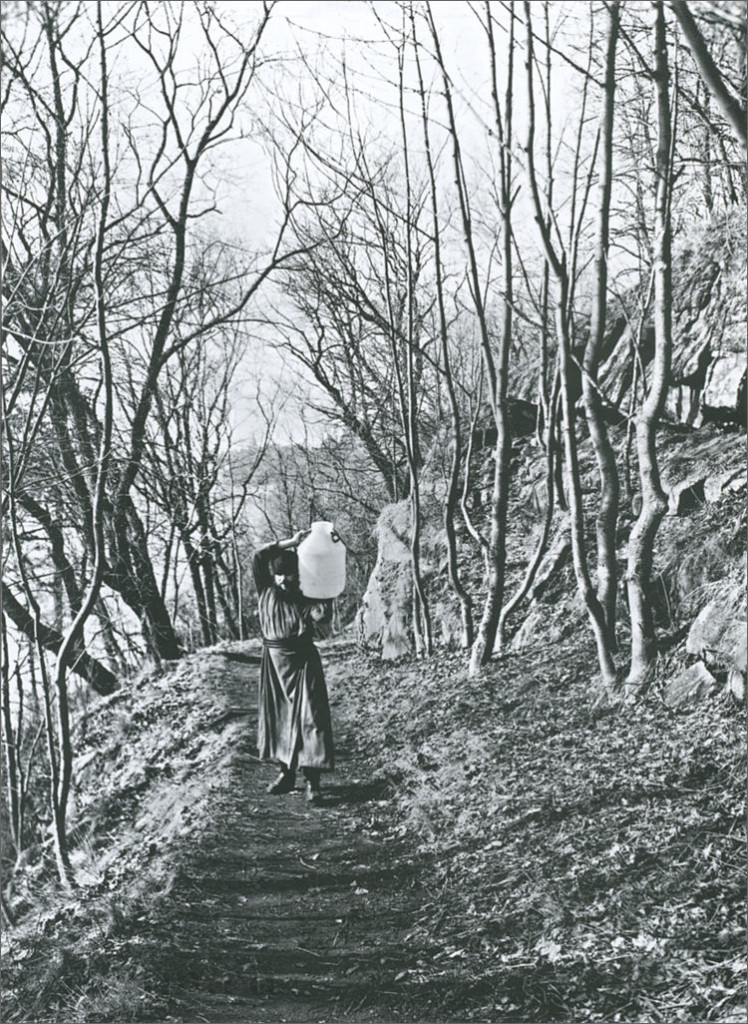
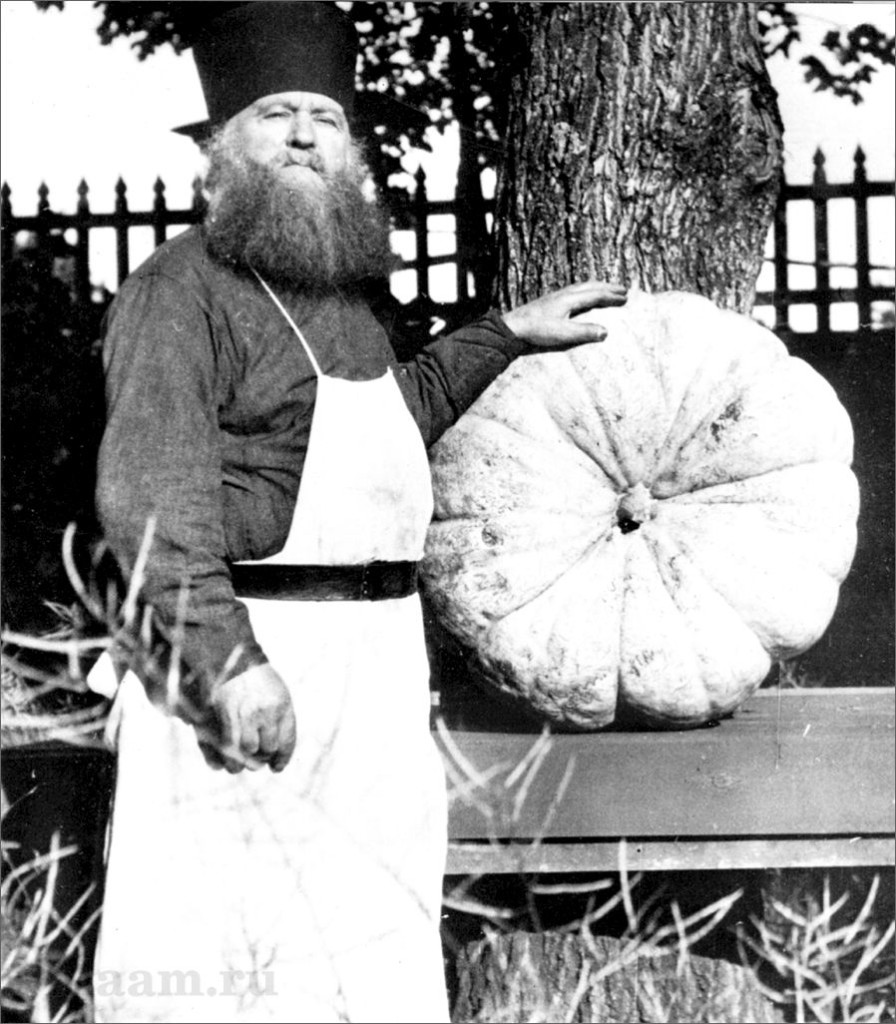
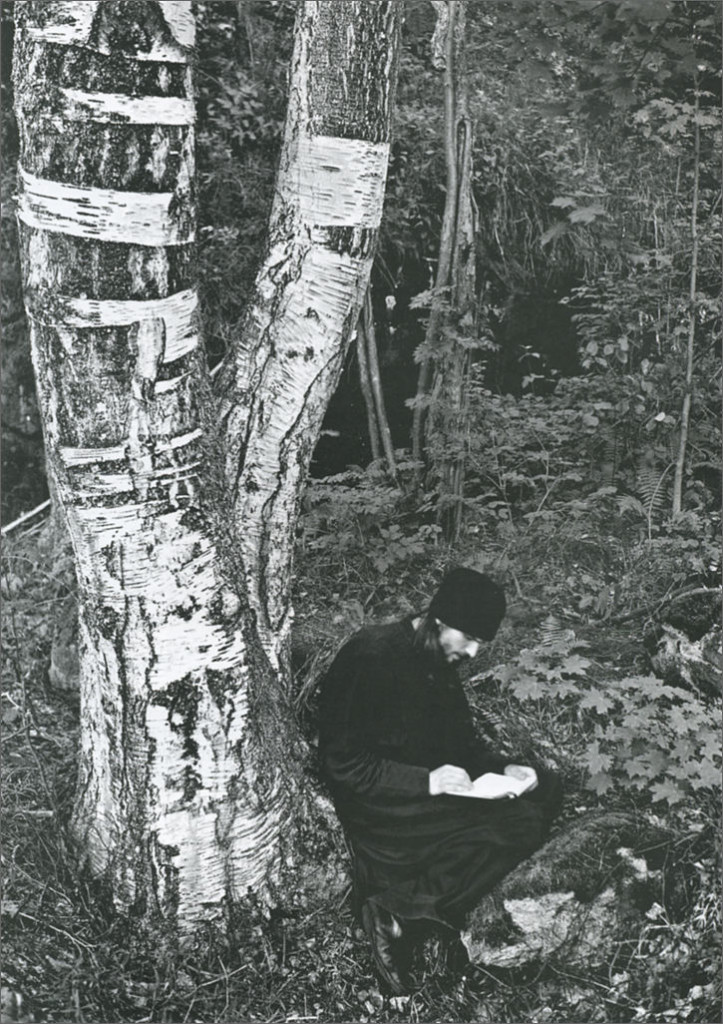
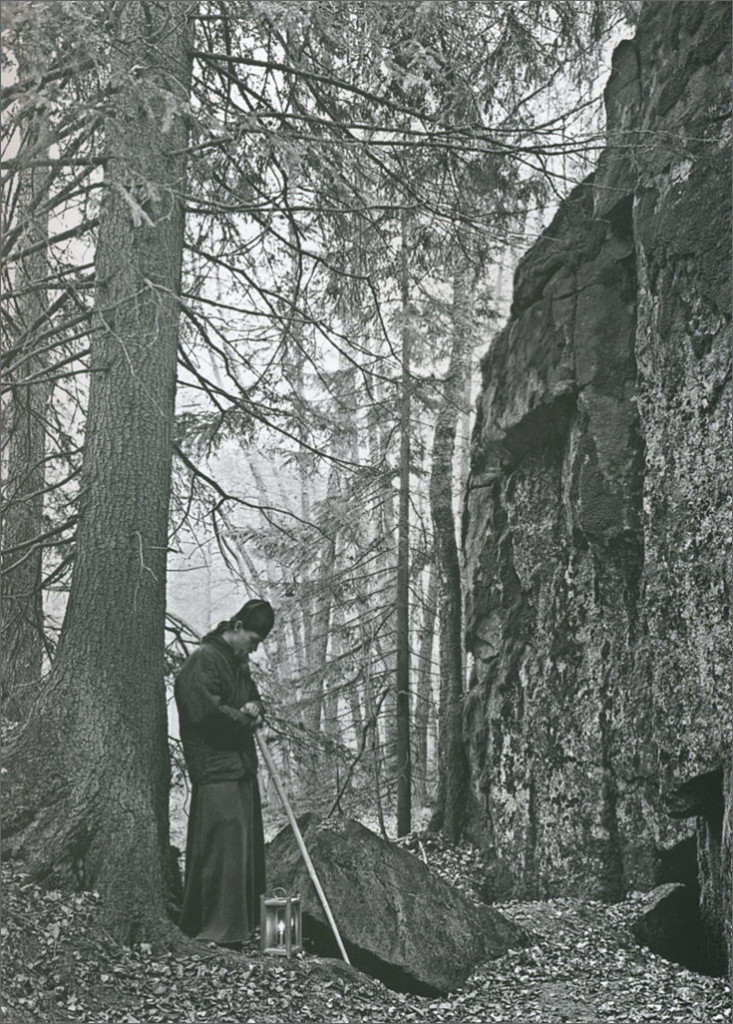
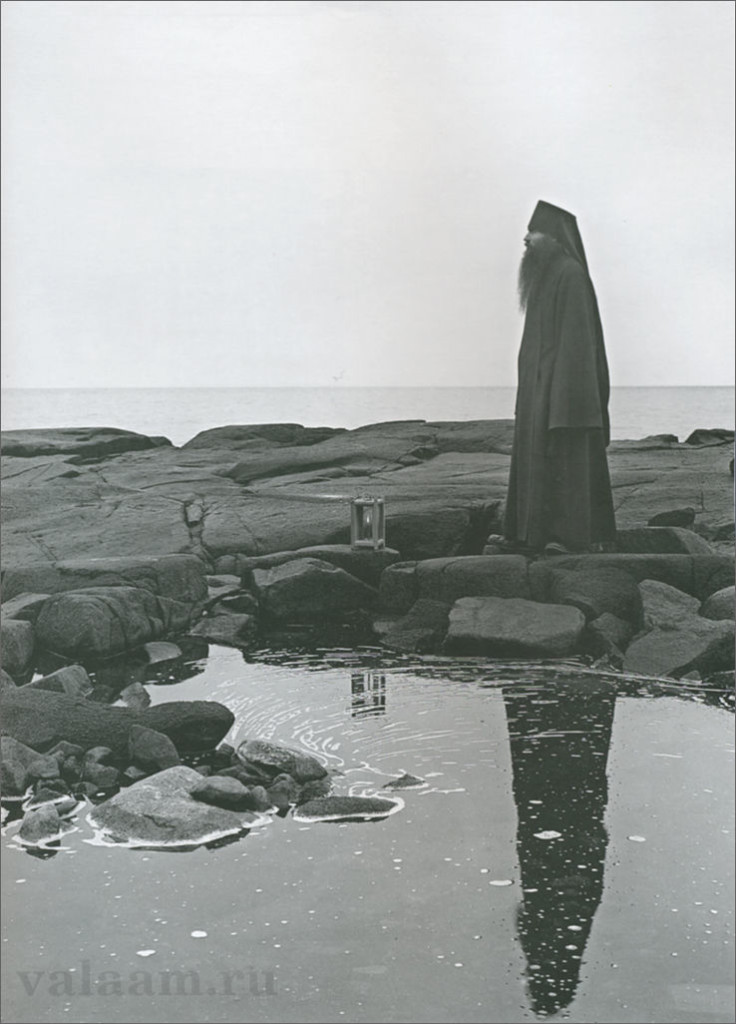
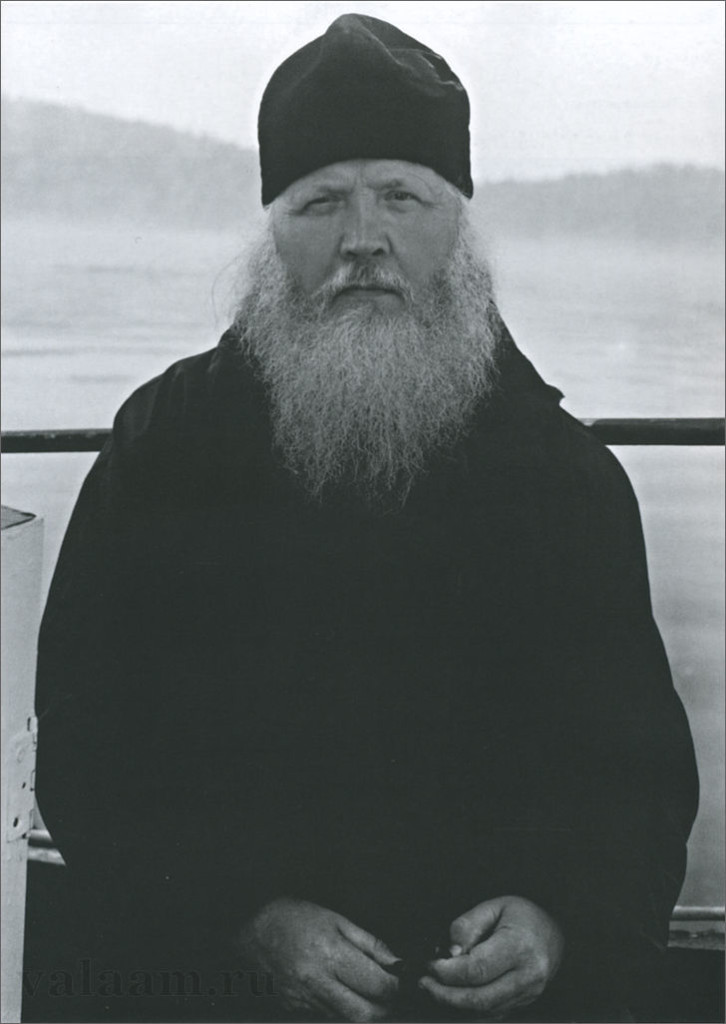
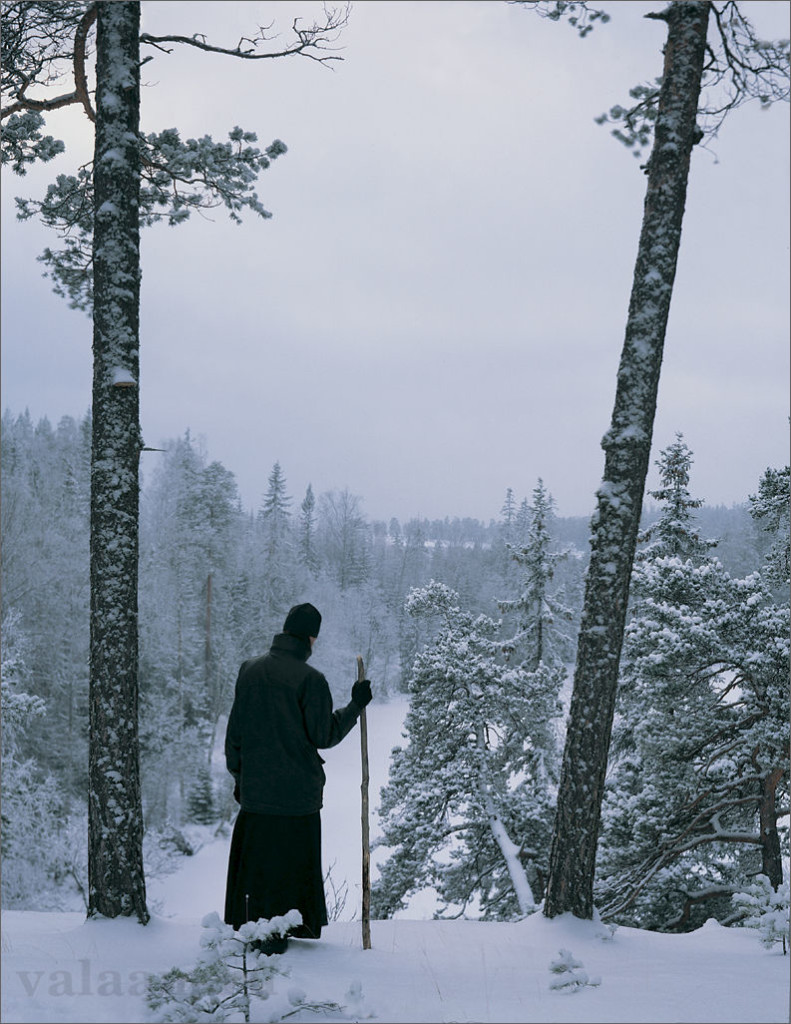
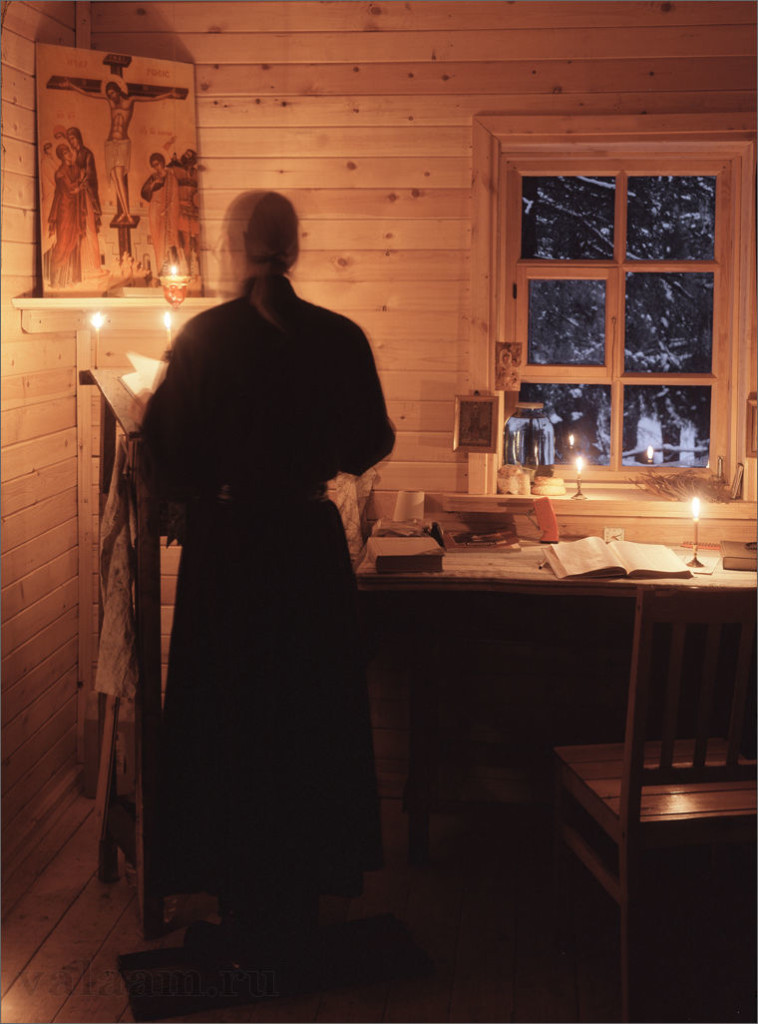
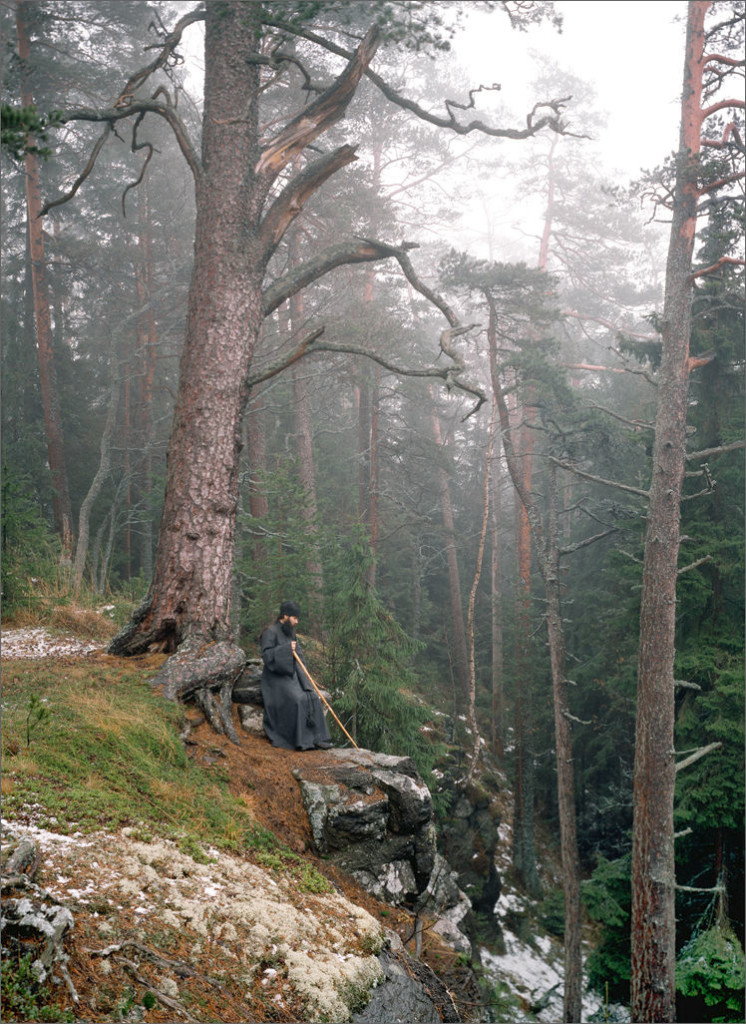
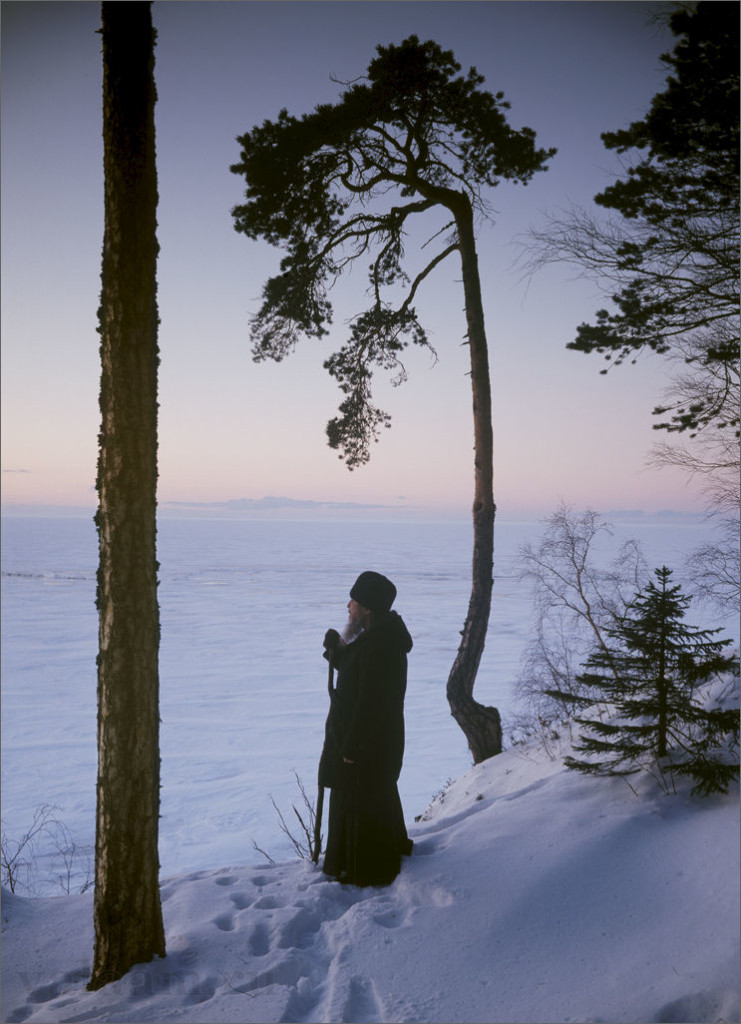
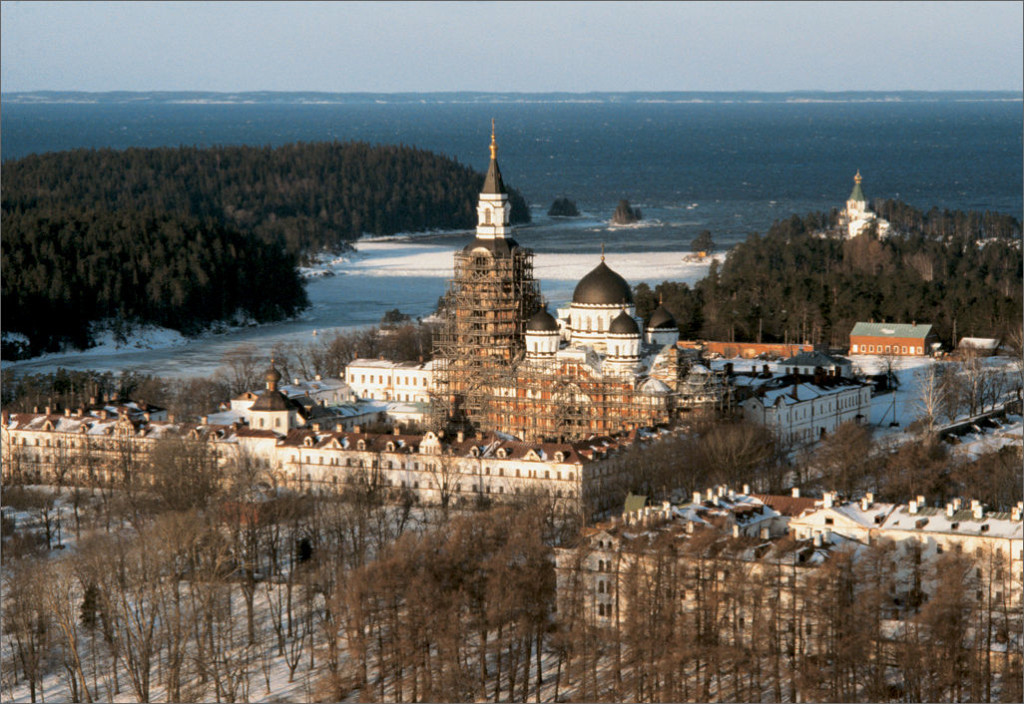
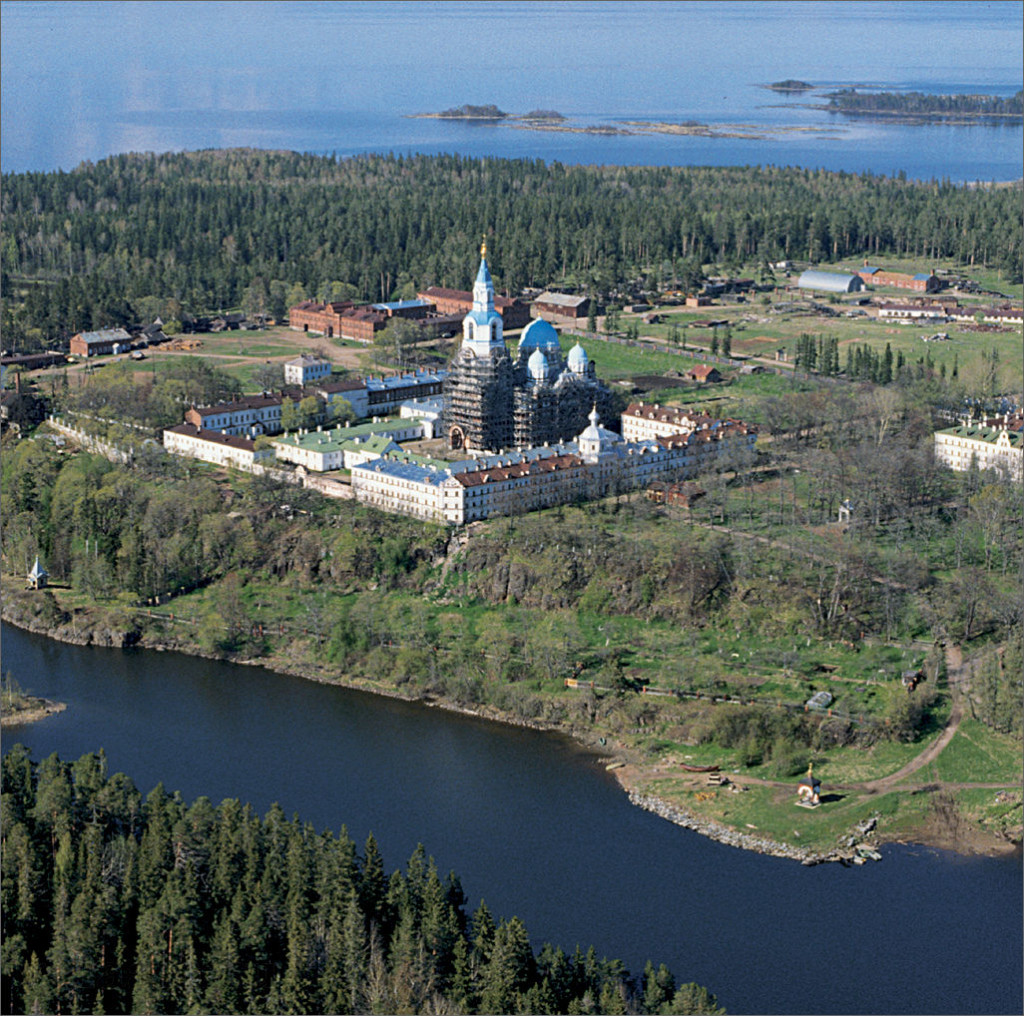
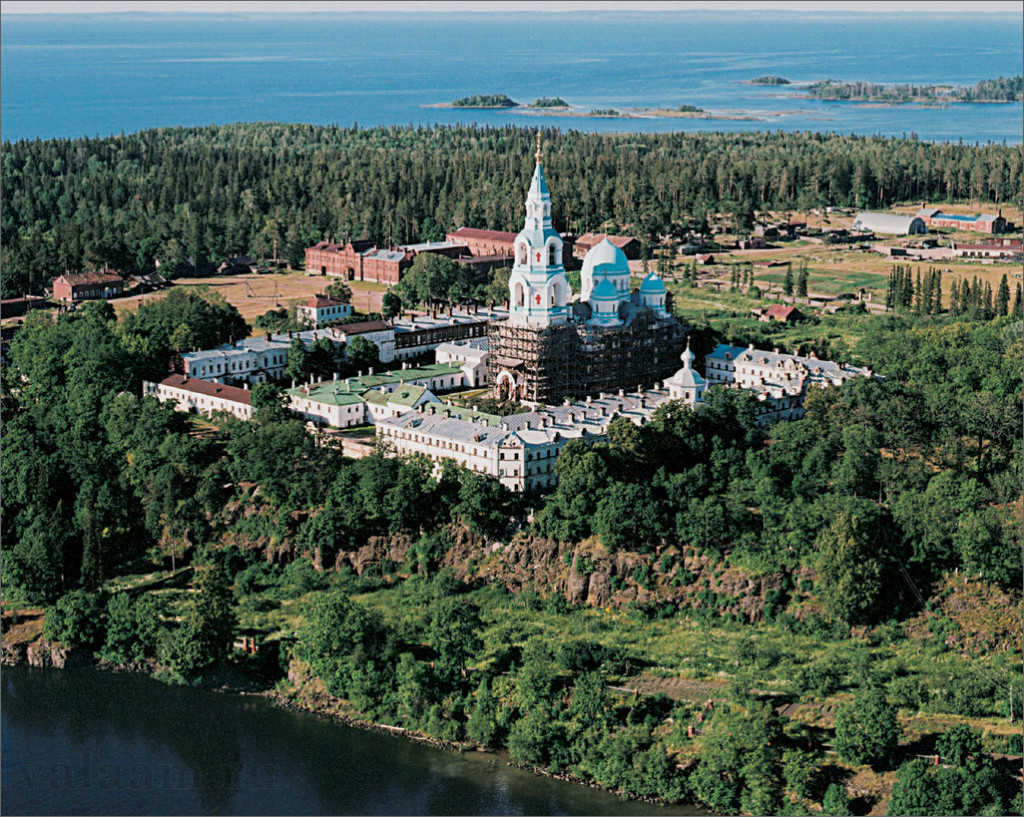
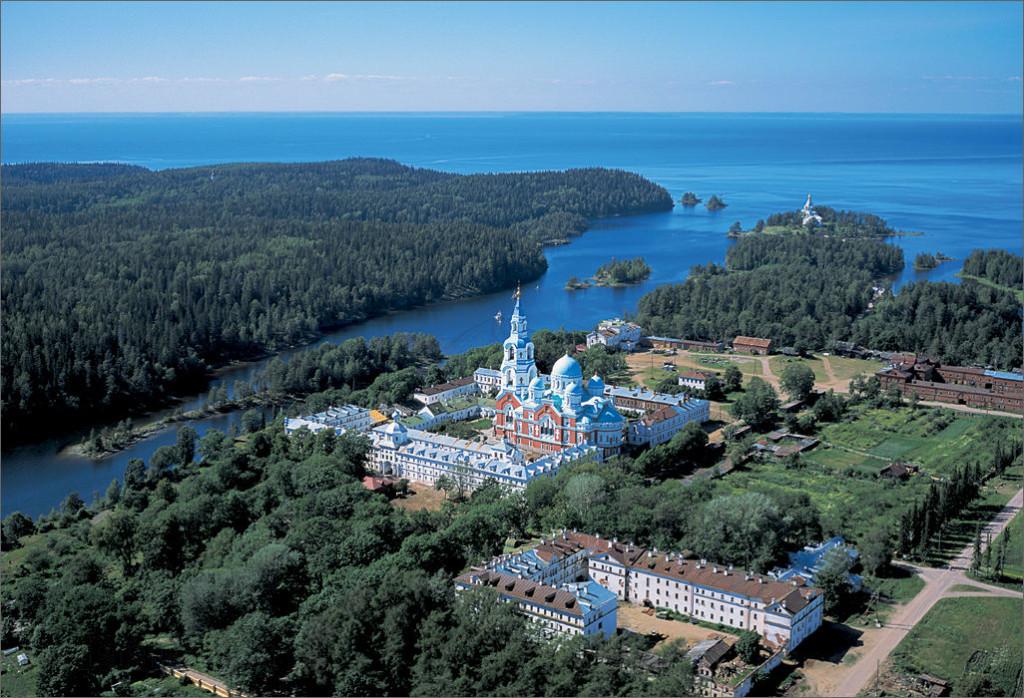
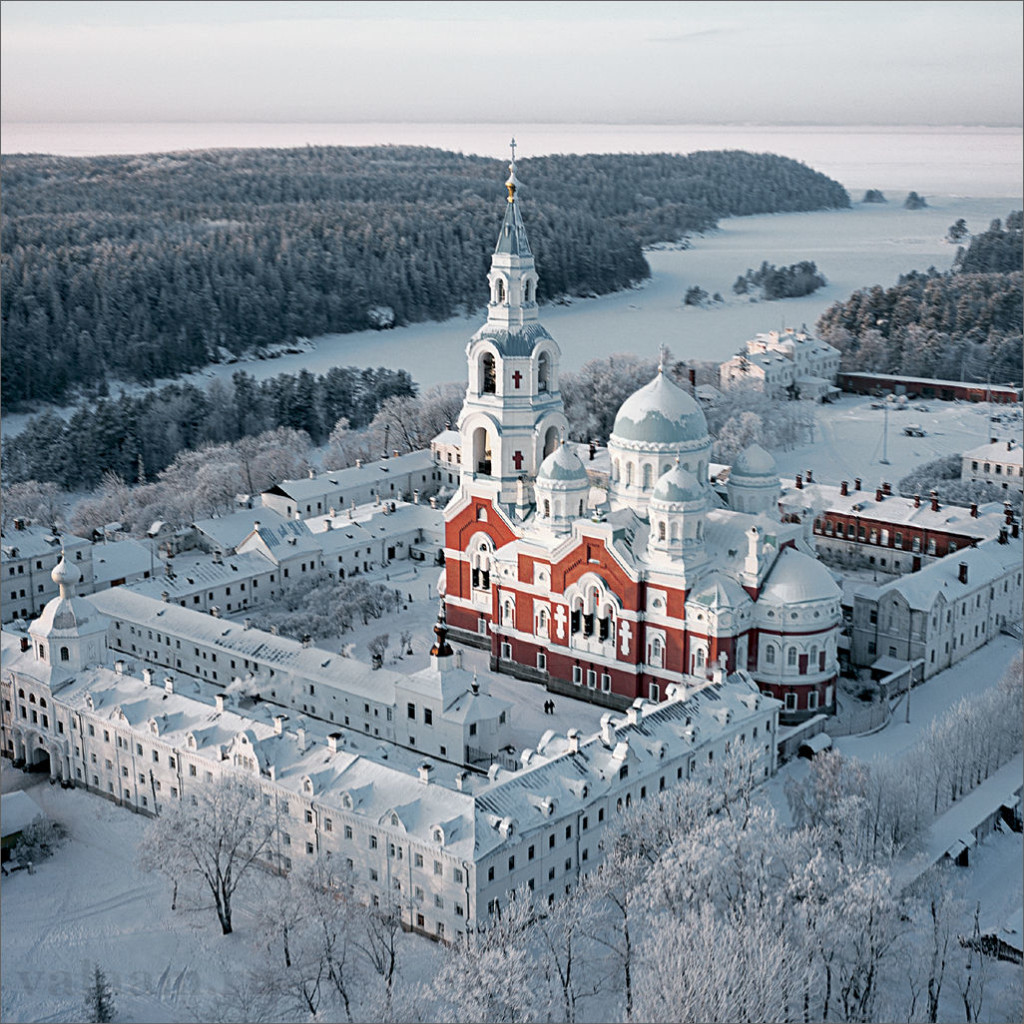
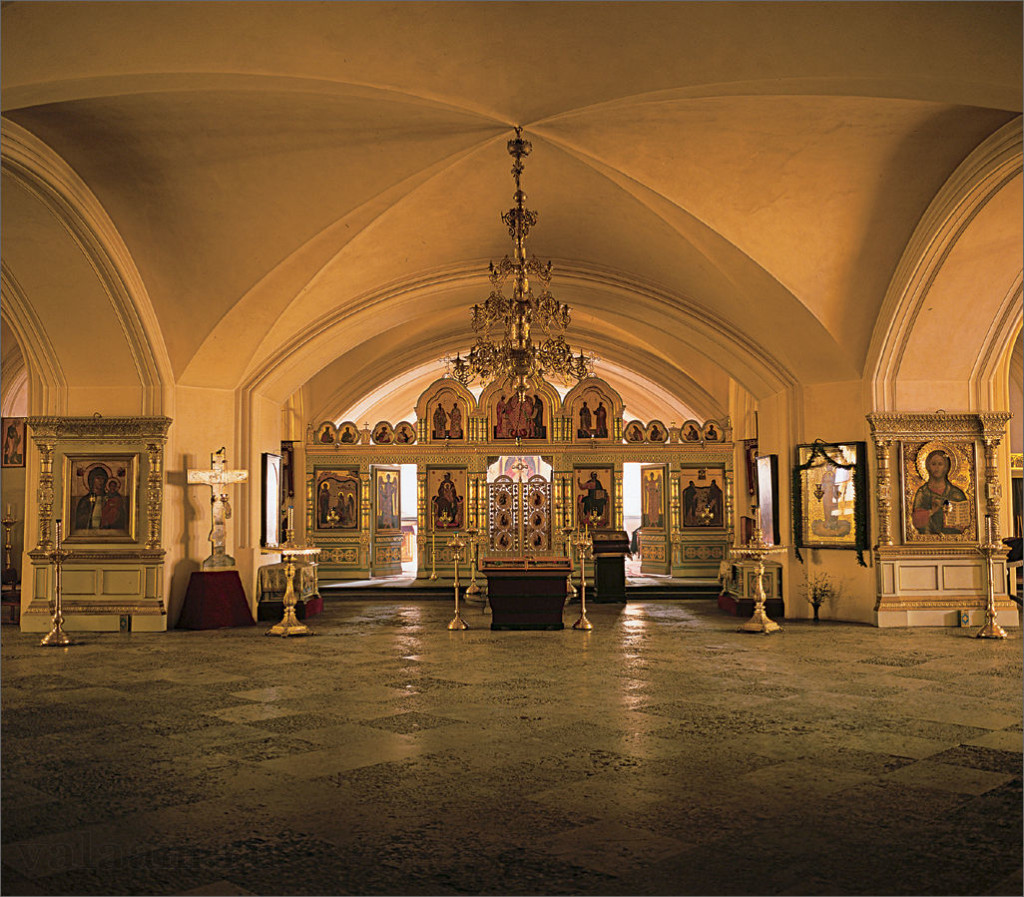
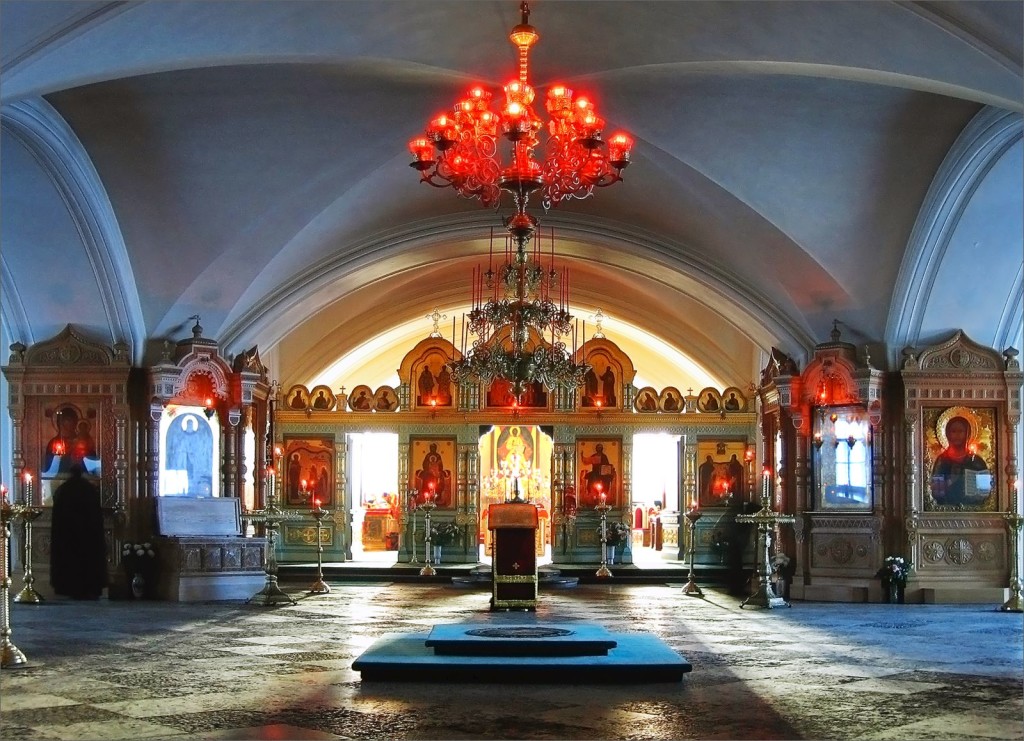
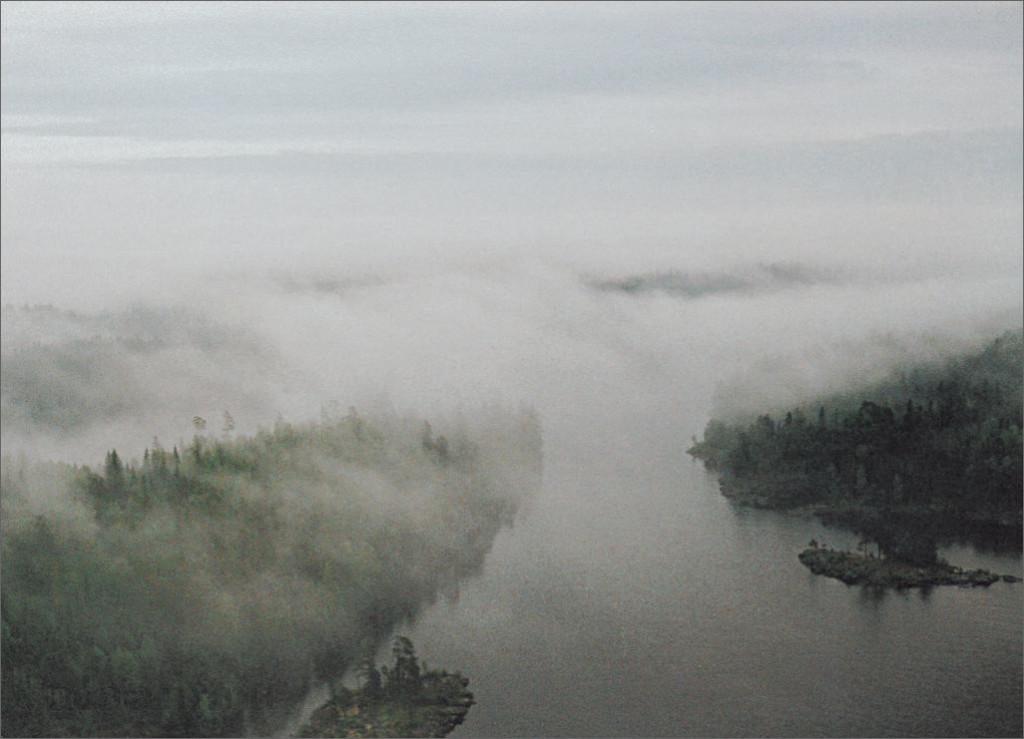
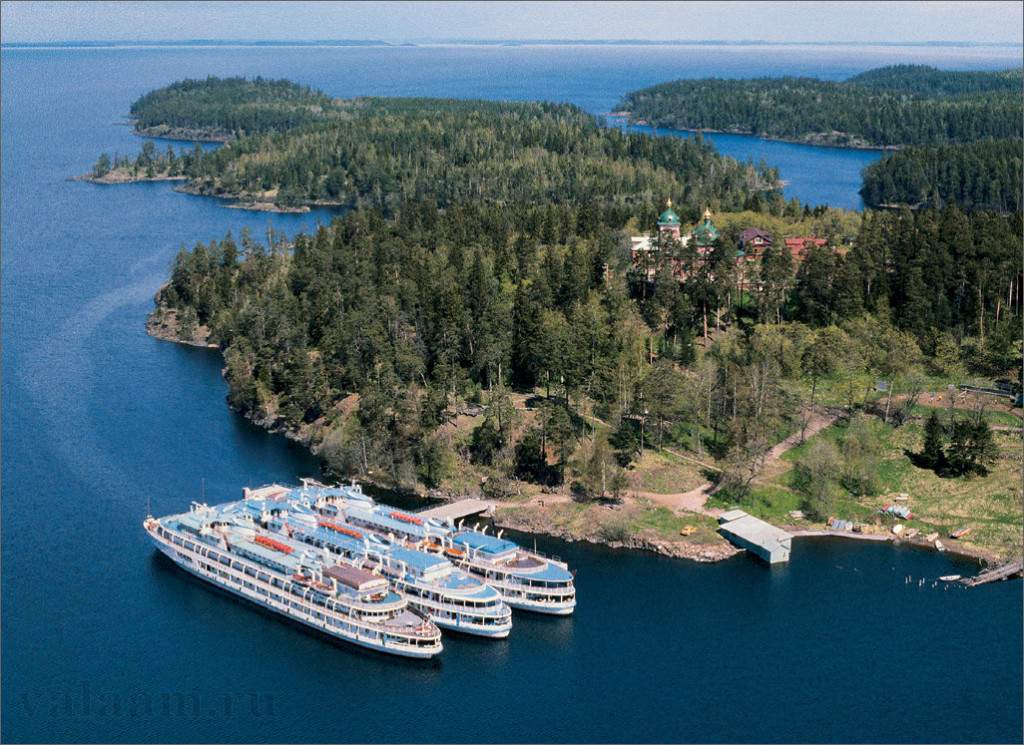
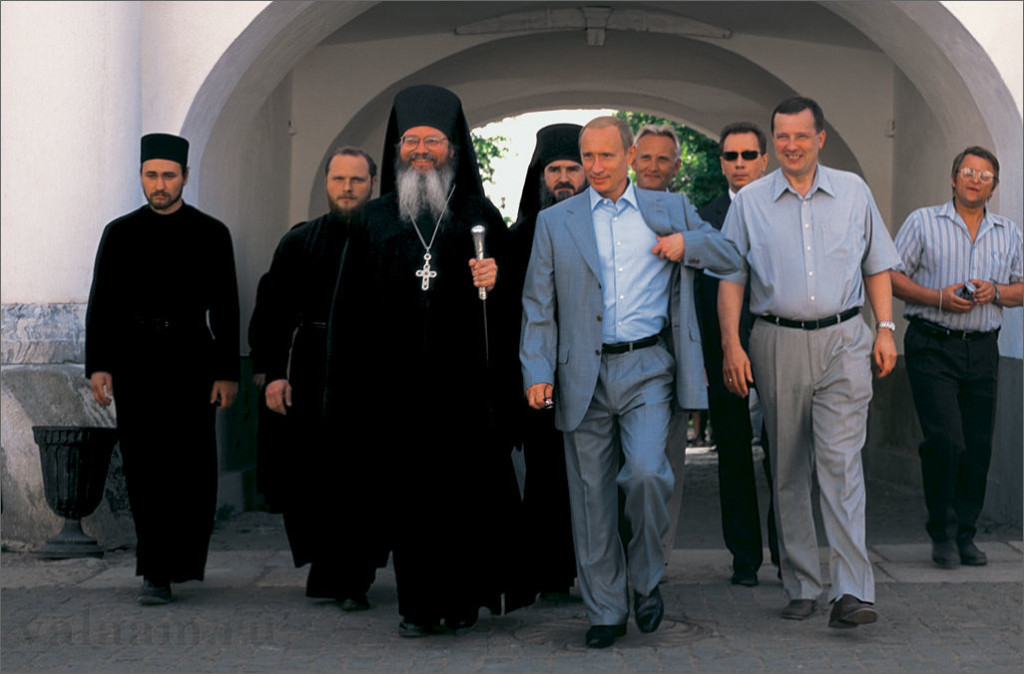
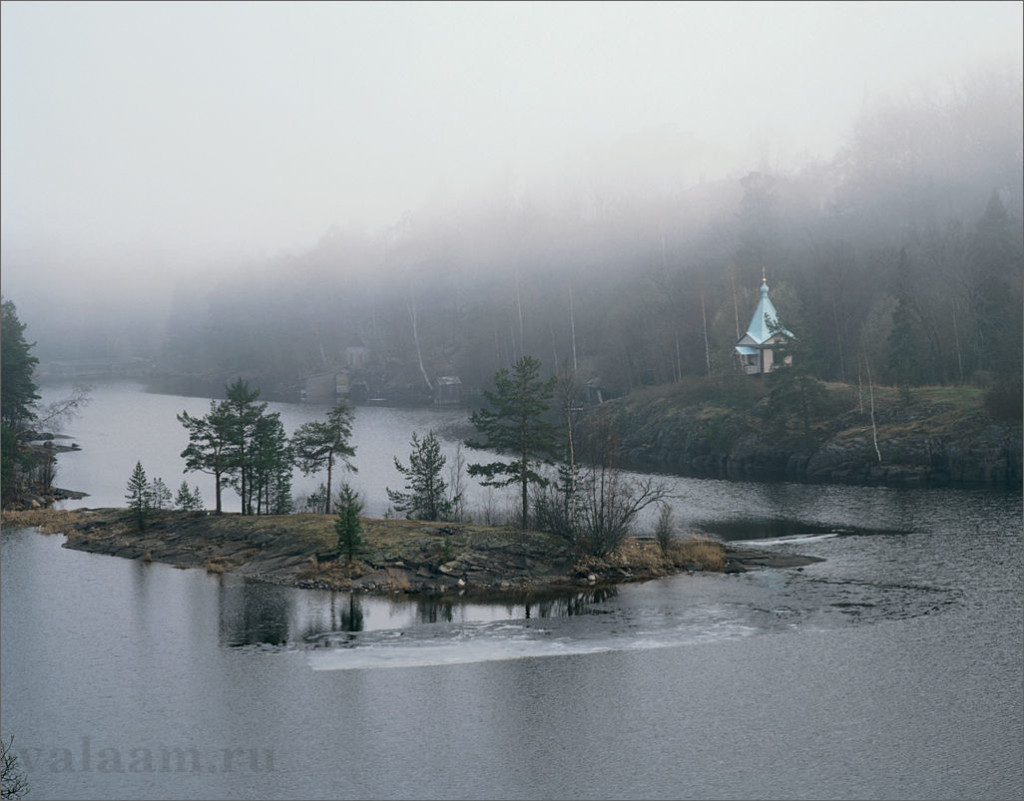
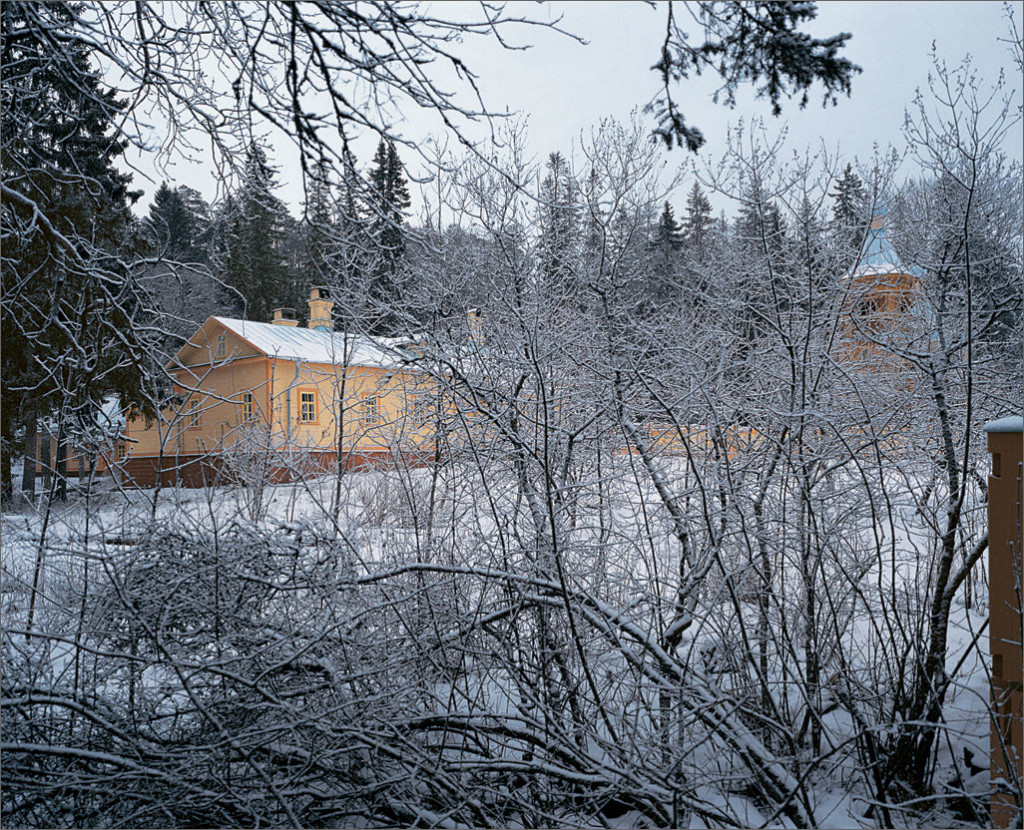
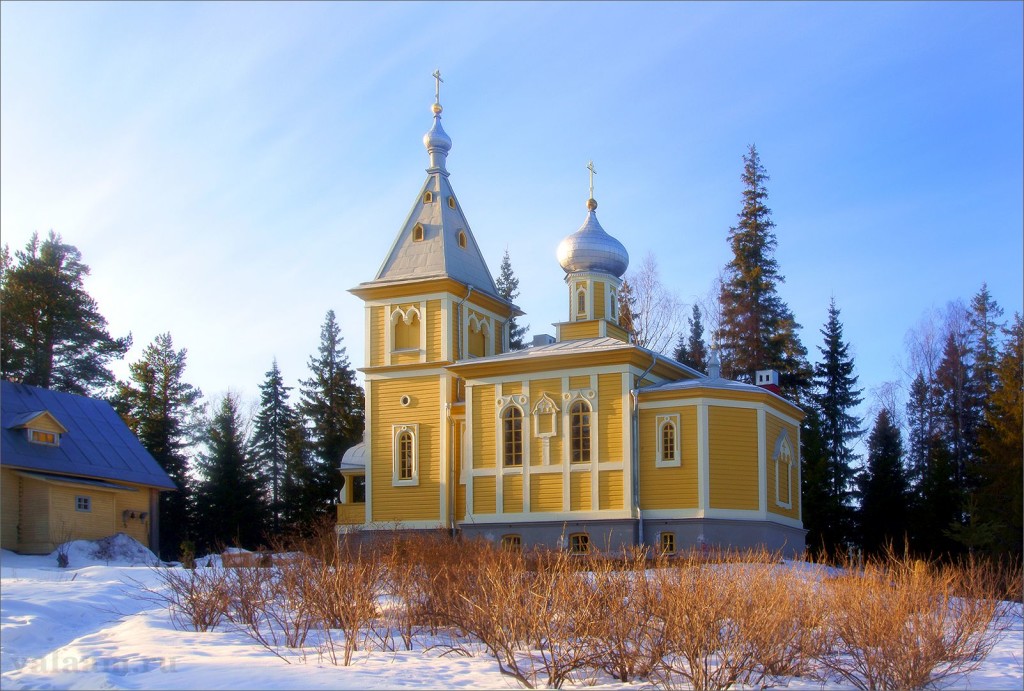
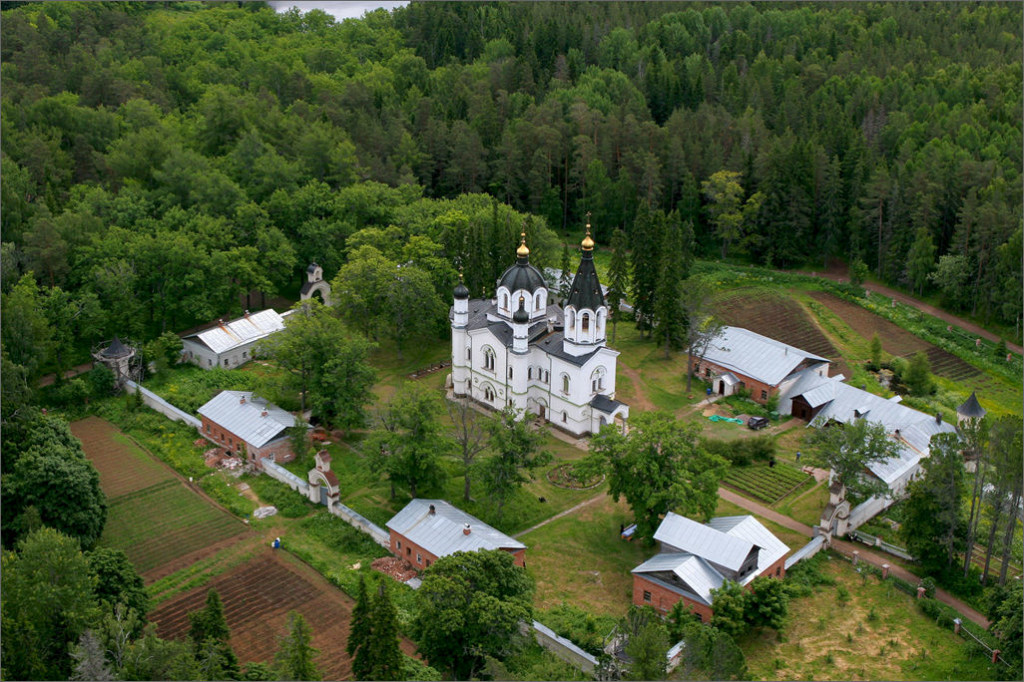
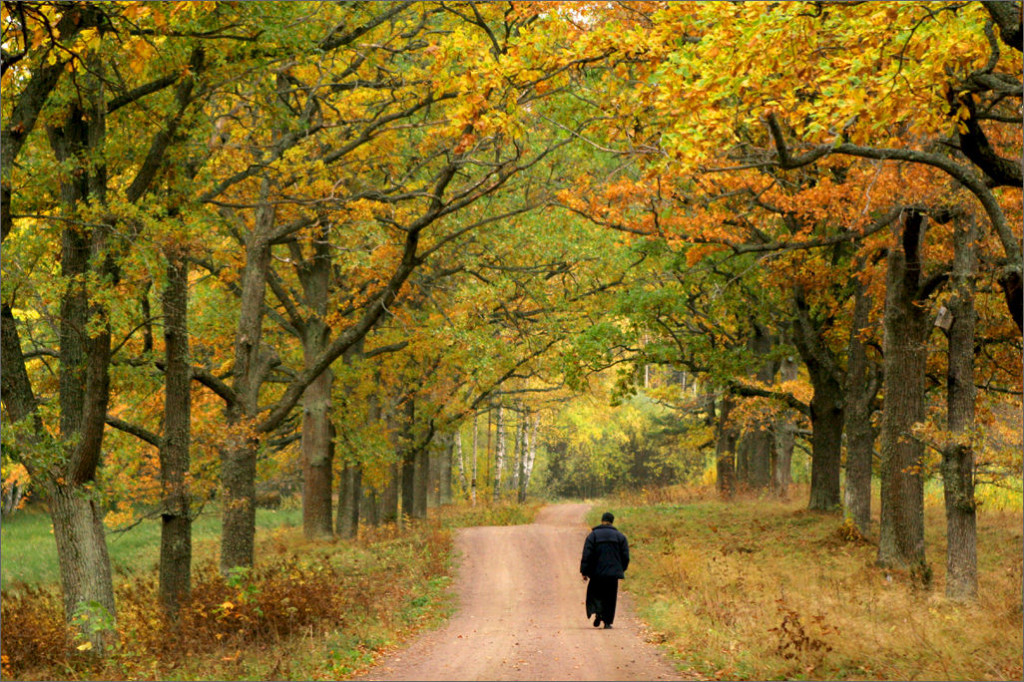
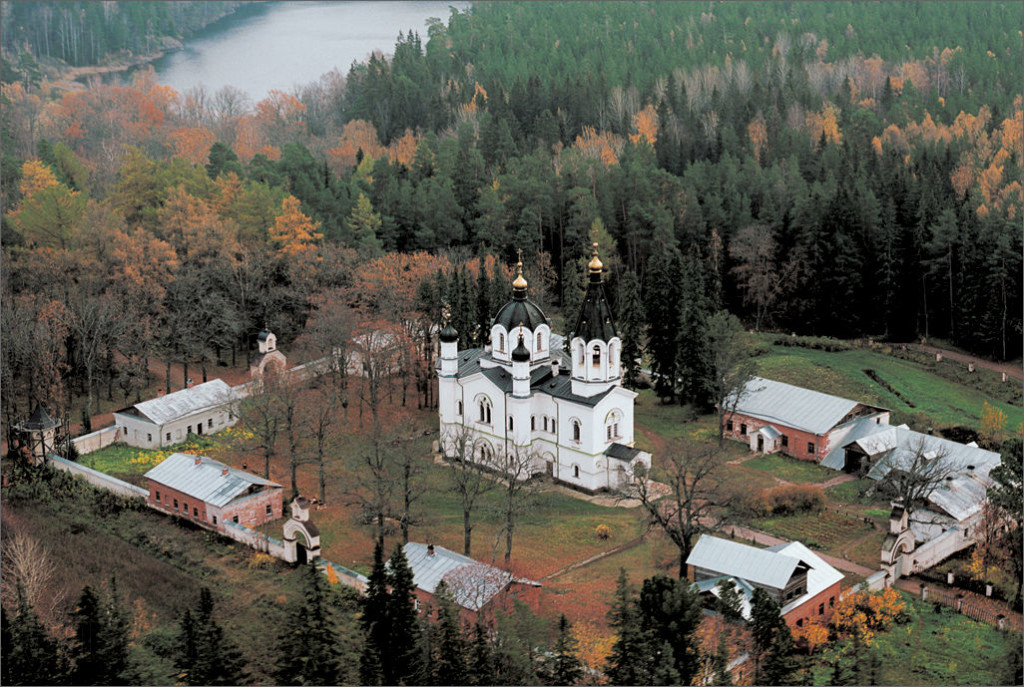
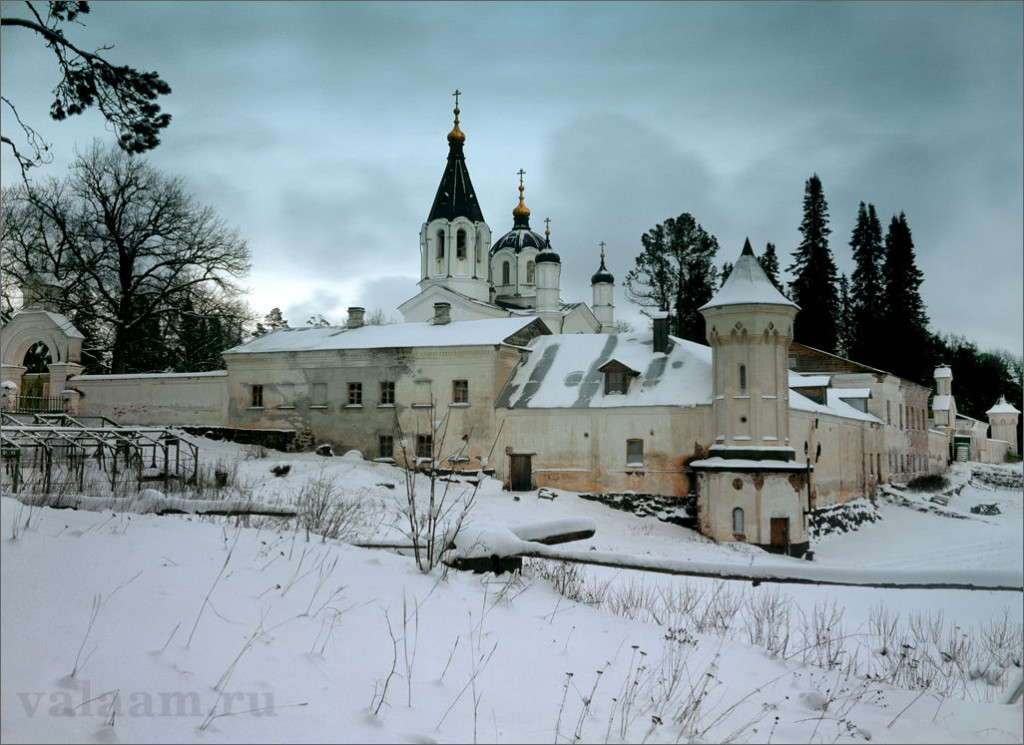
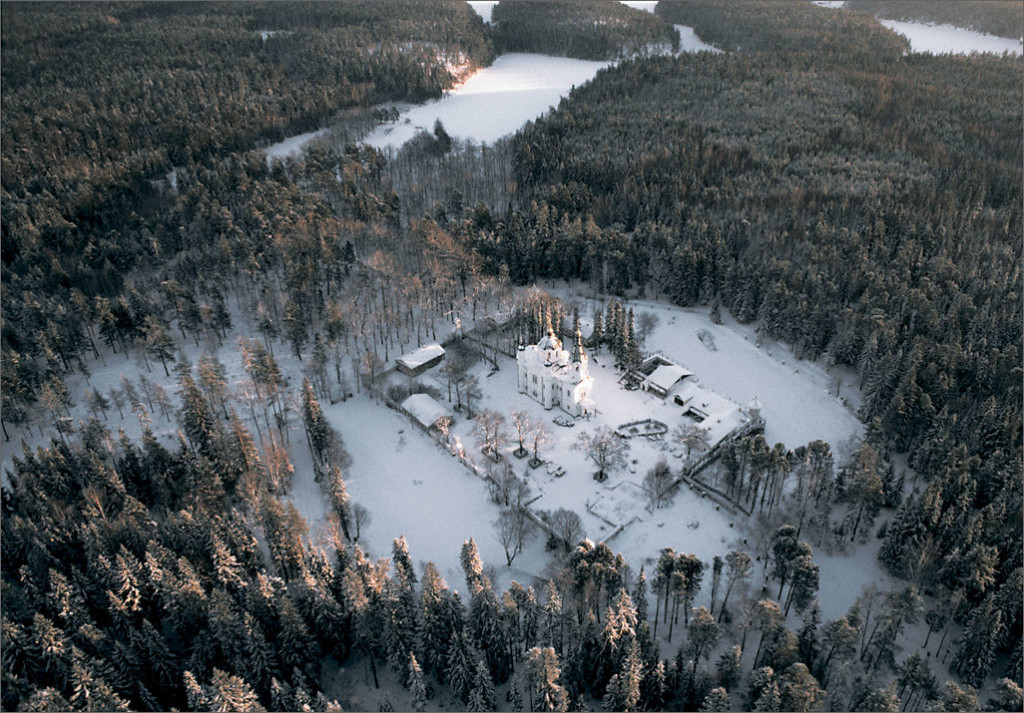
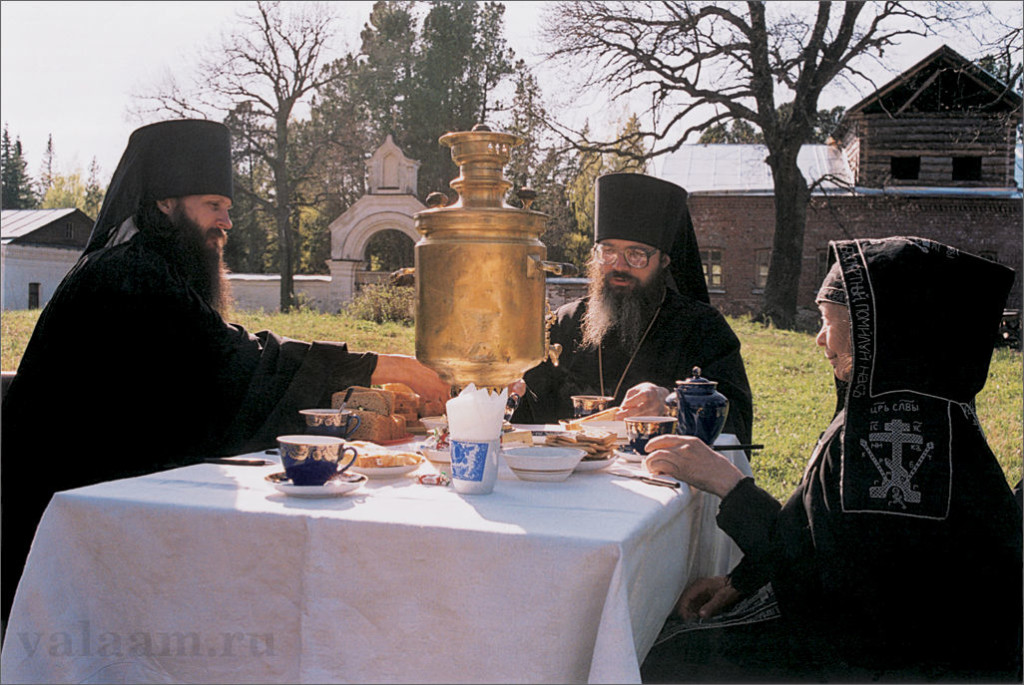
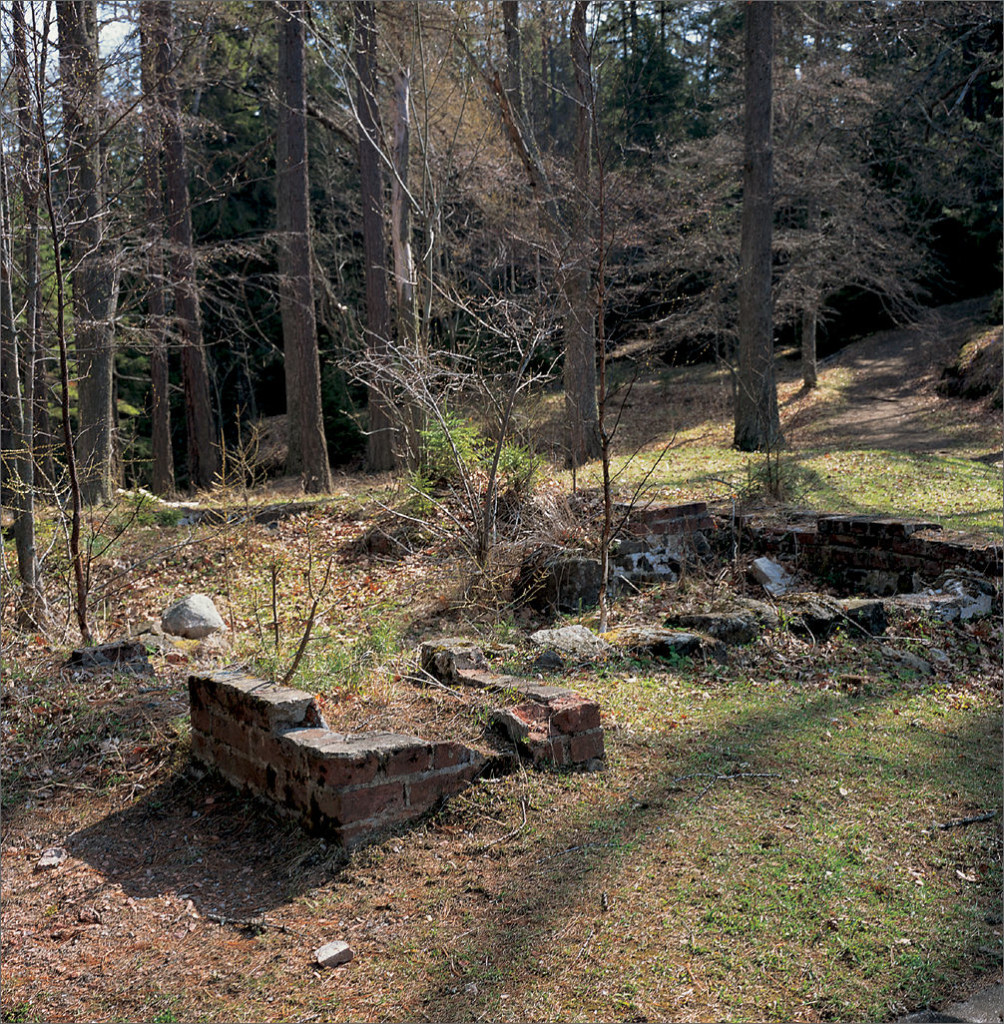
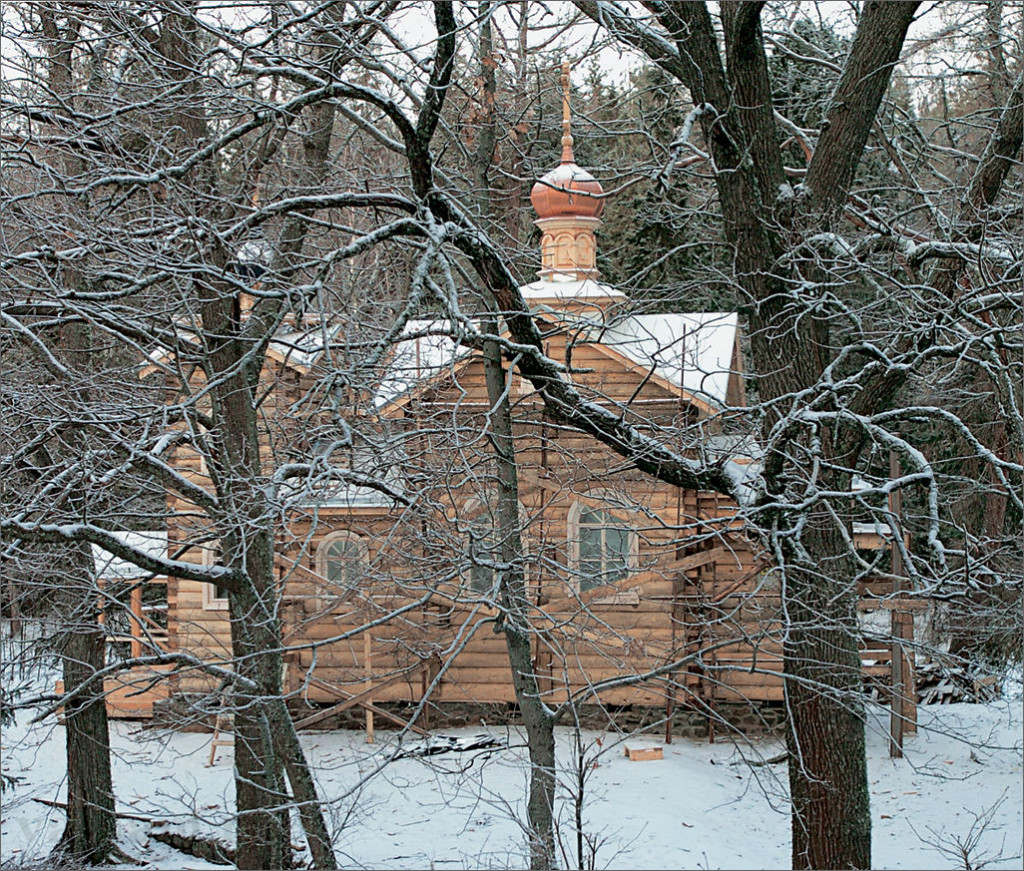
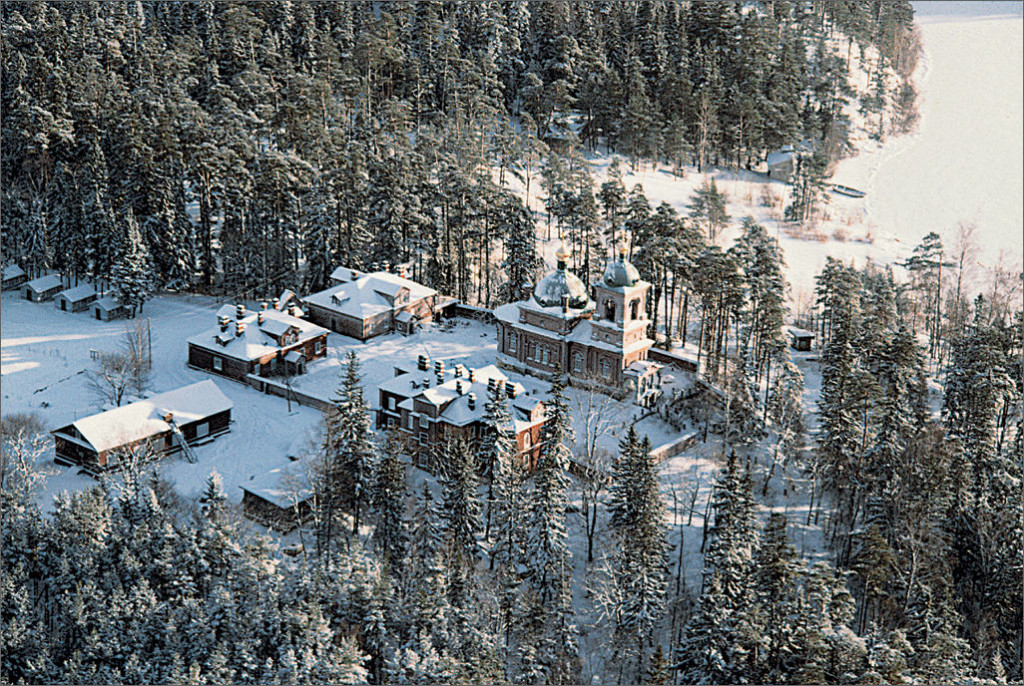
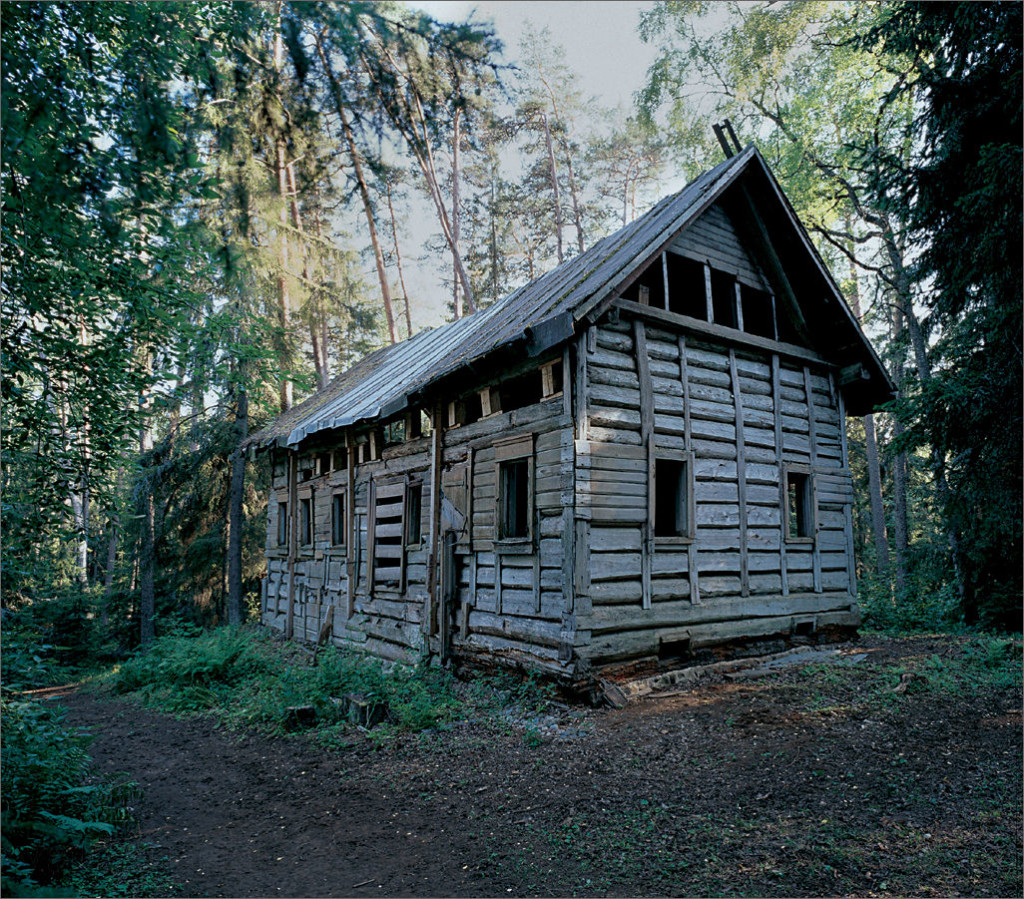
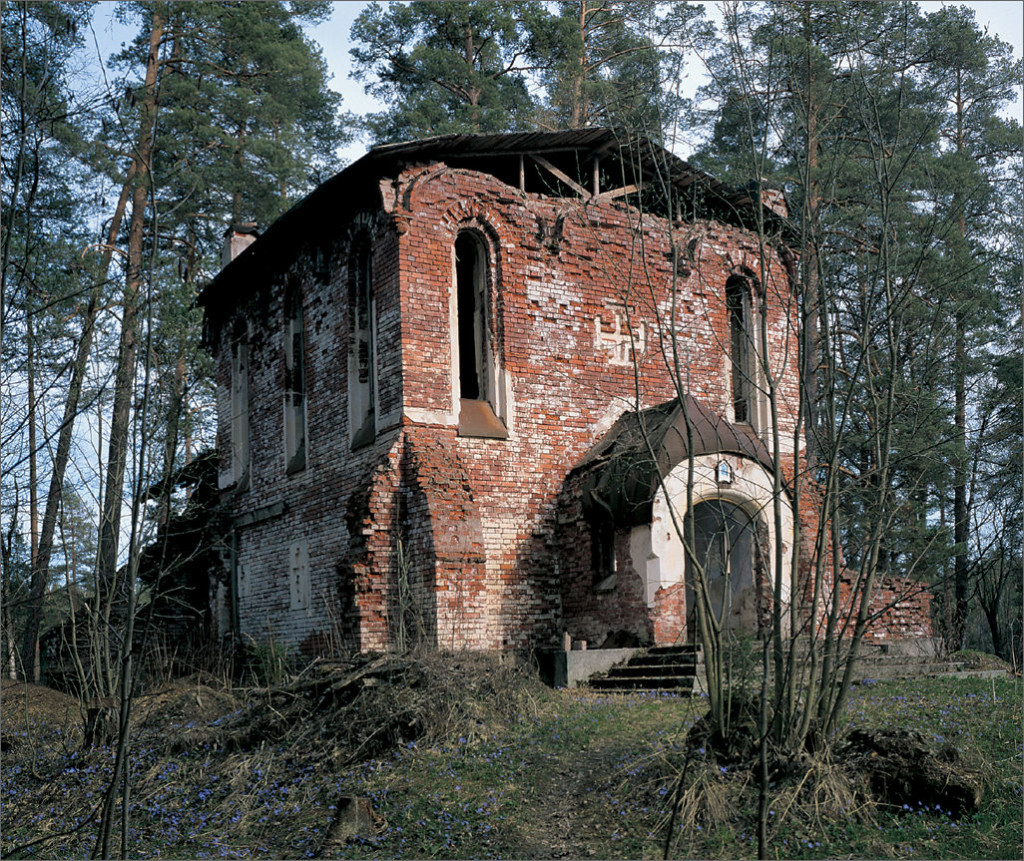
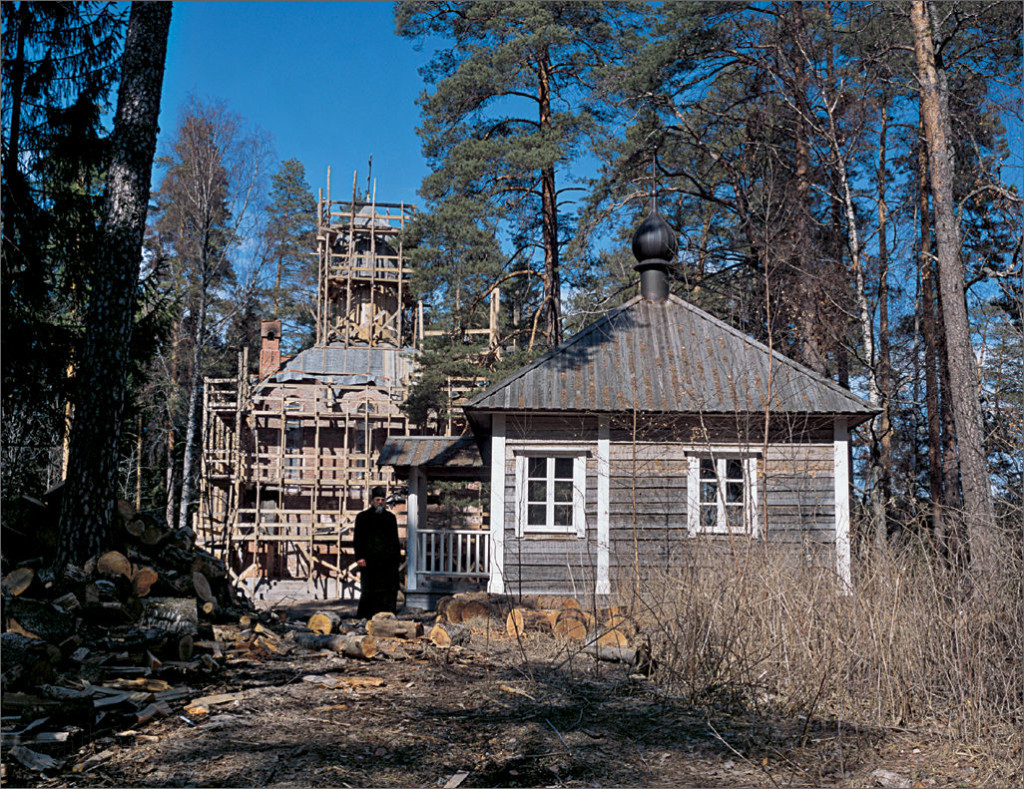
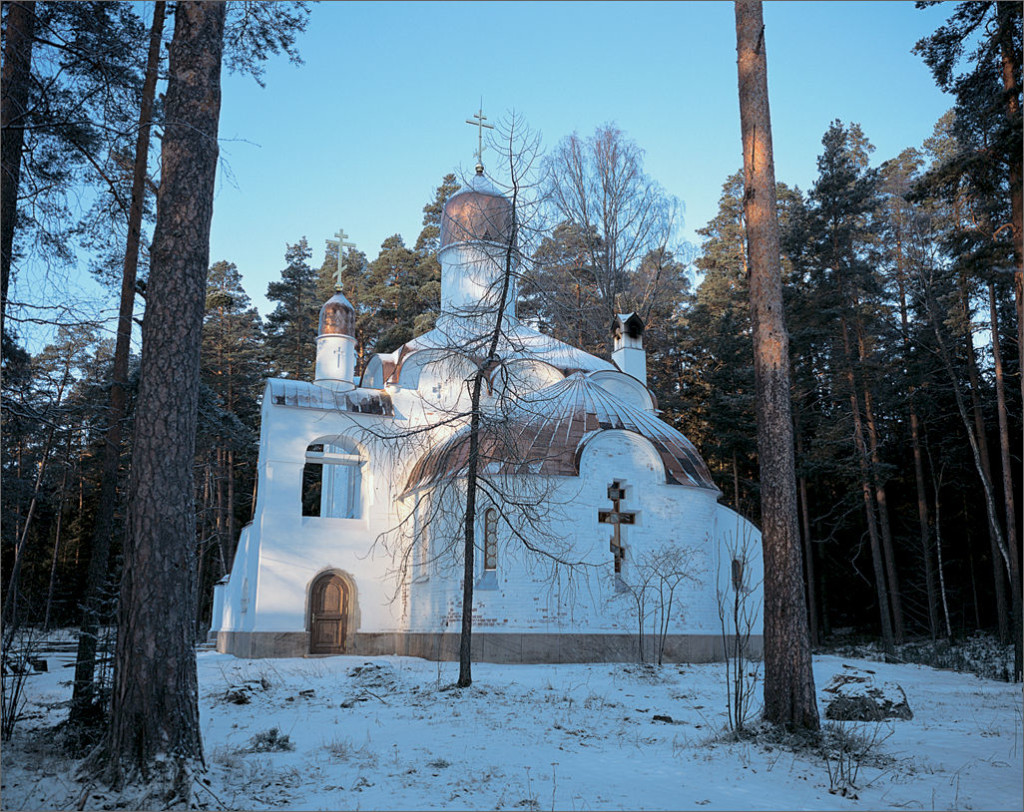
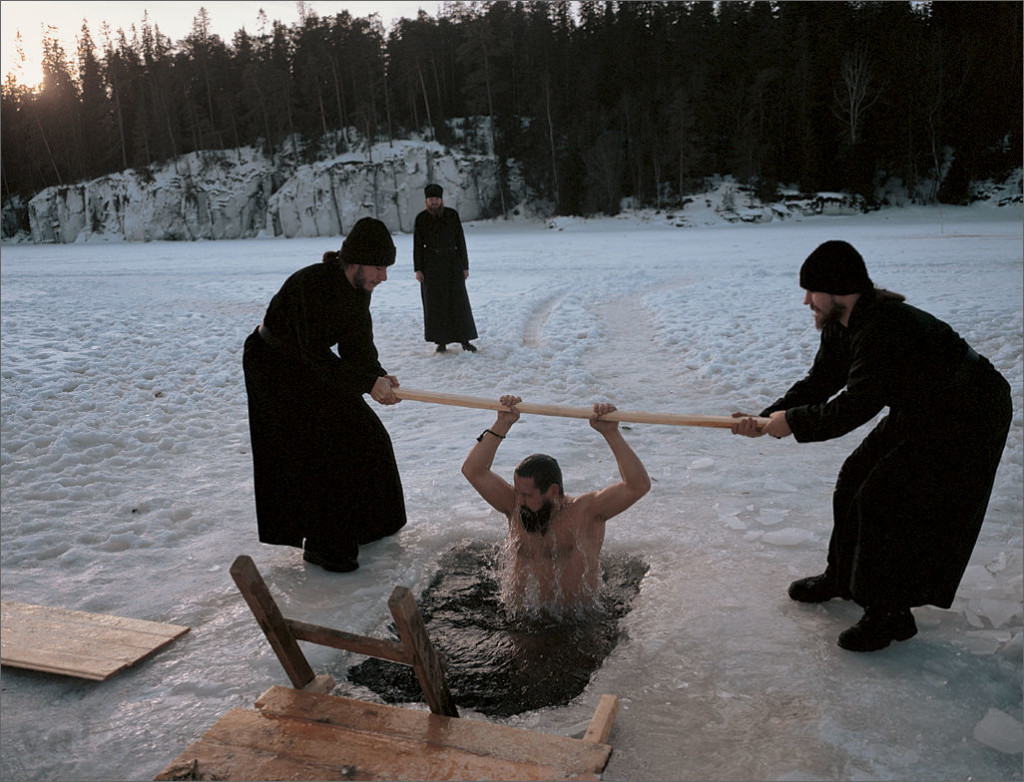
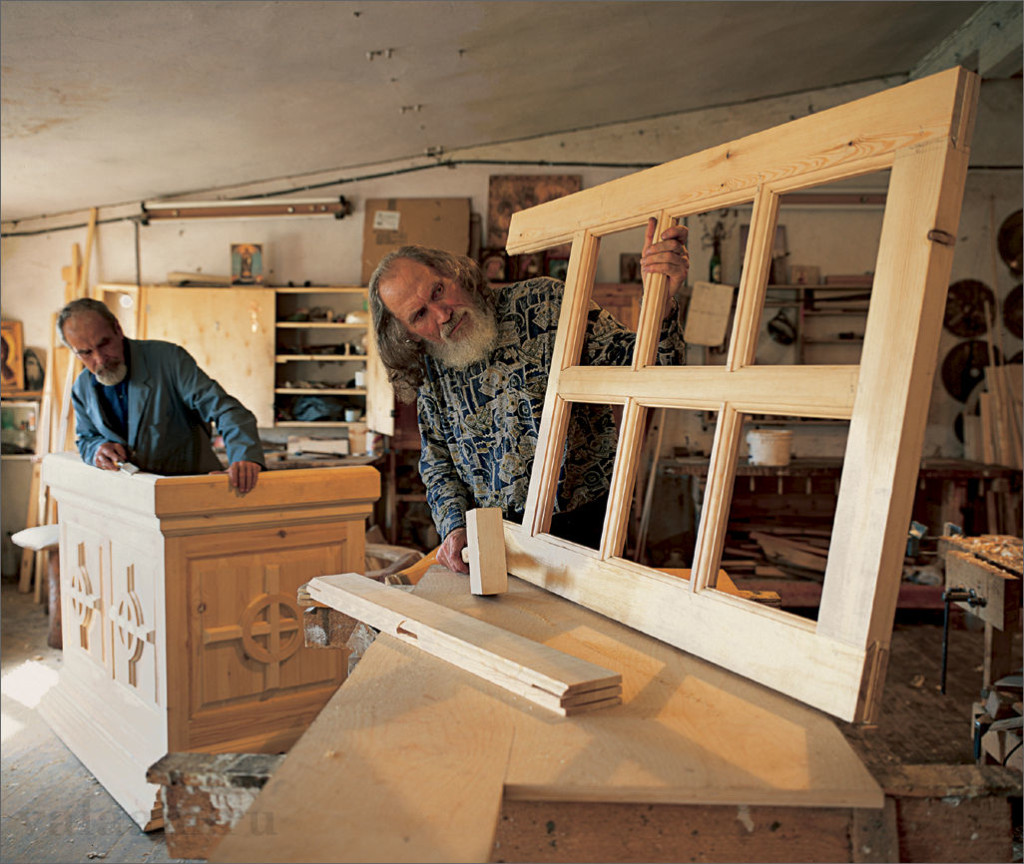
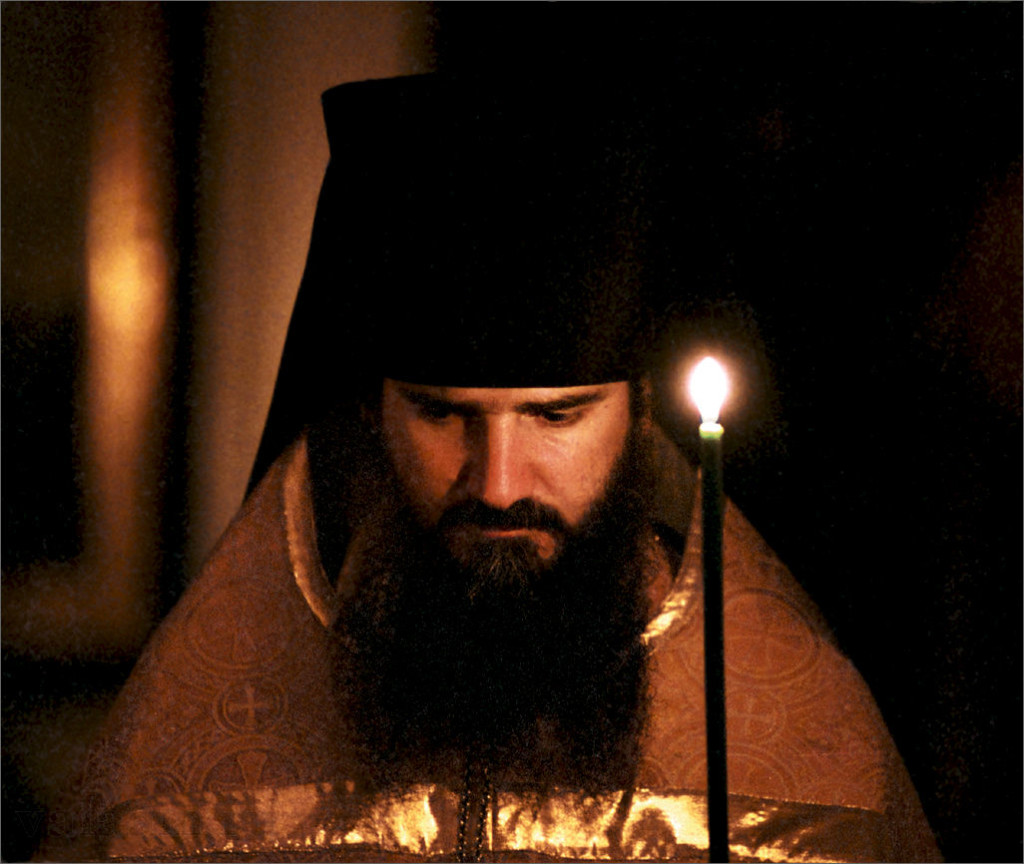
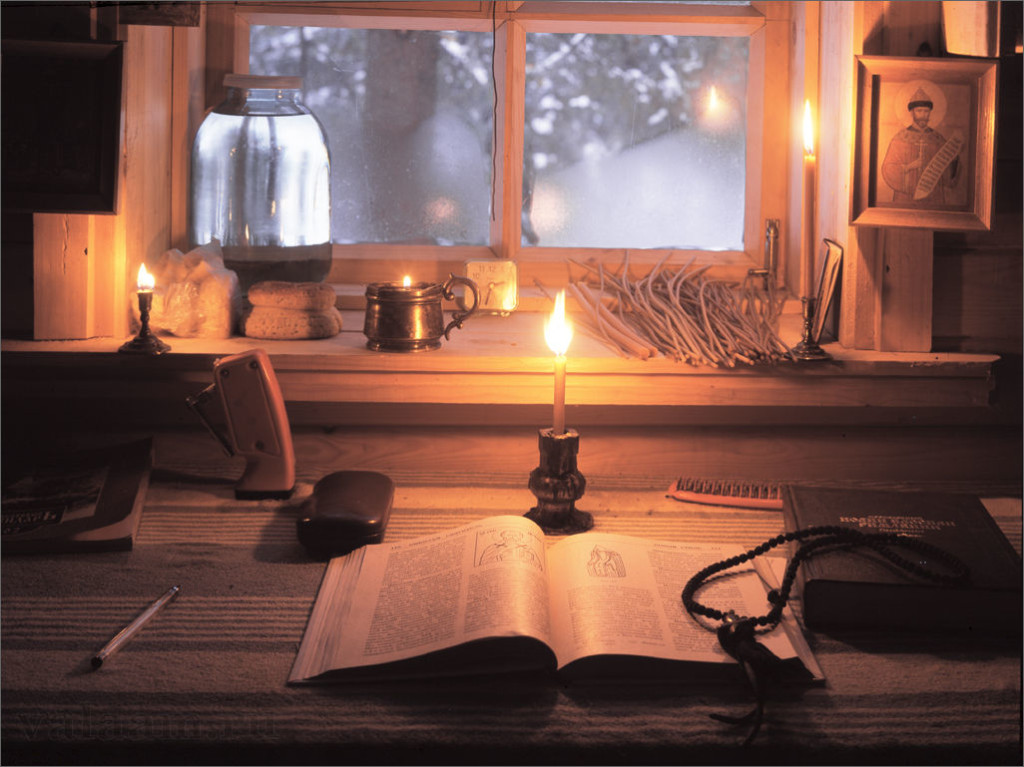
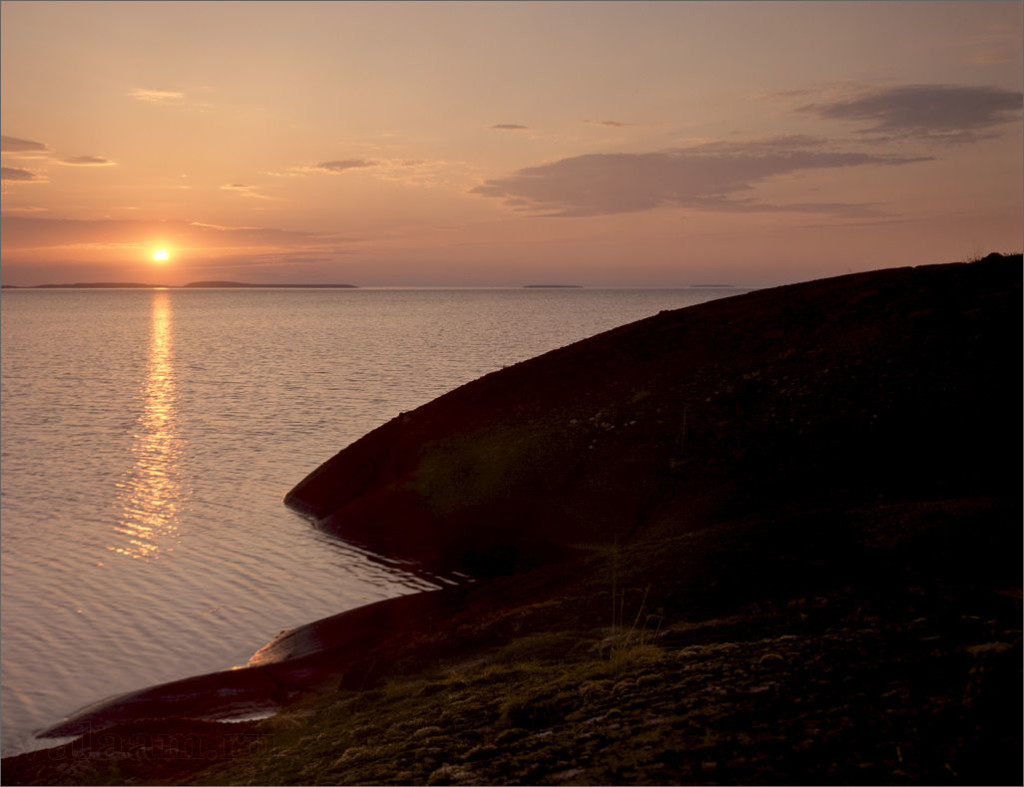

8 Responses to Valamo Monastery – former heart of the Finnish Orthodox Church